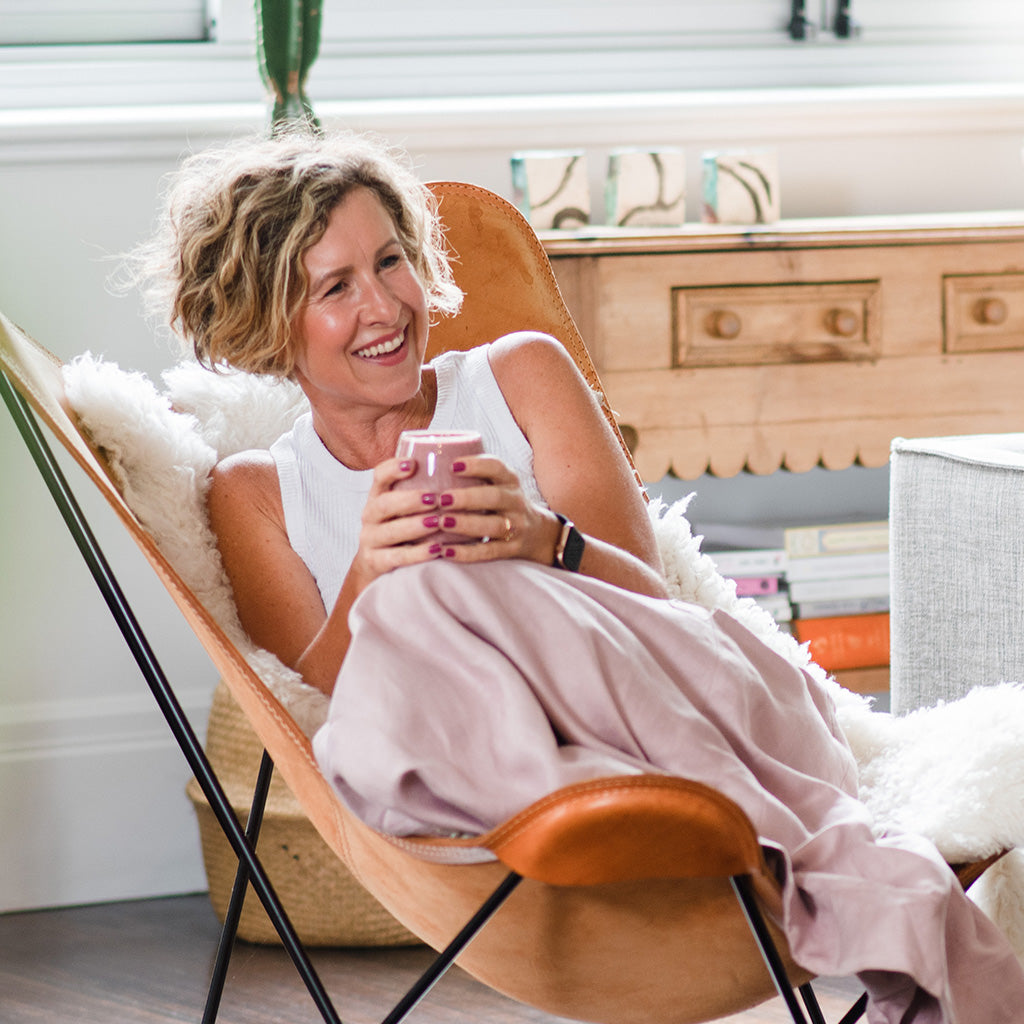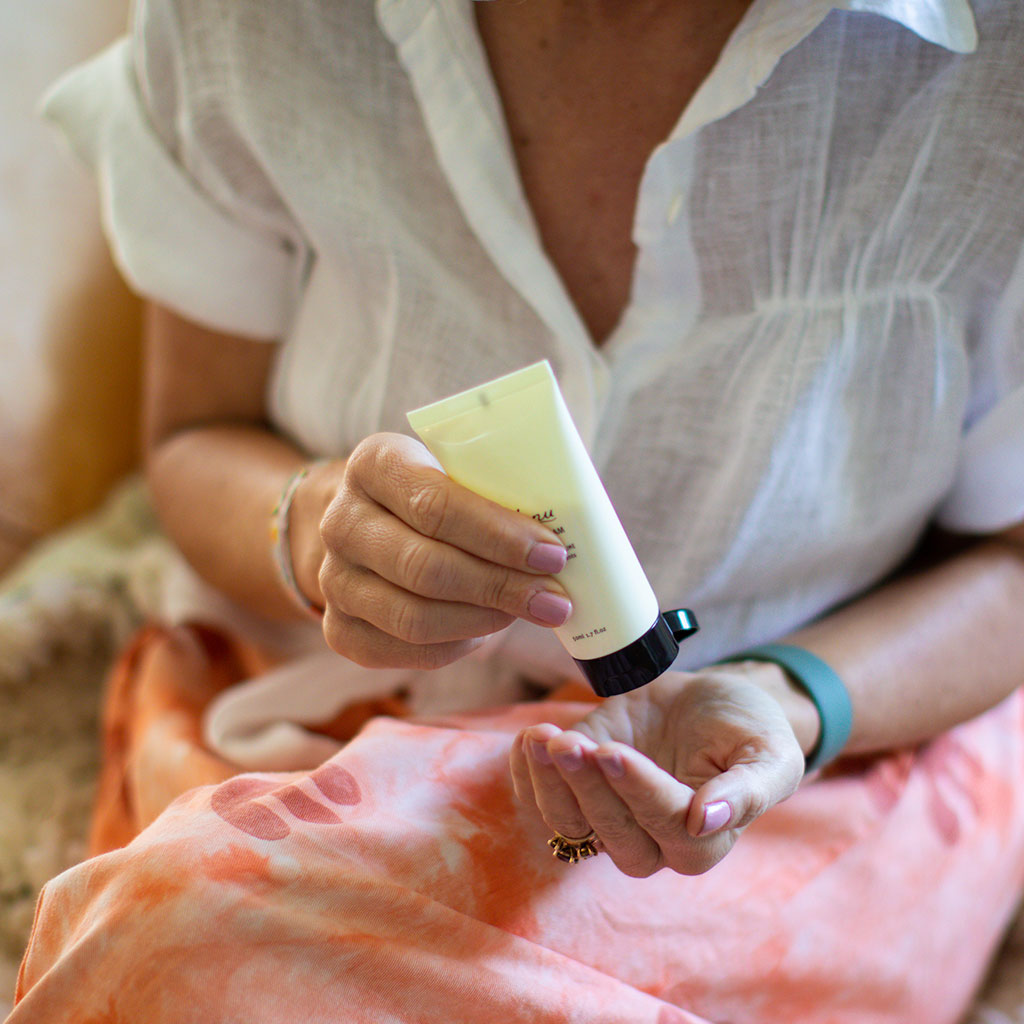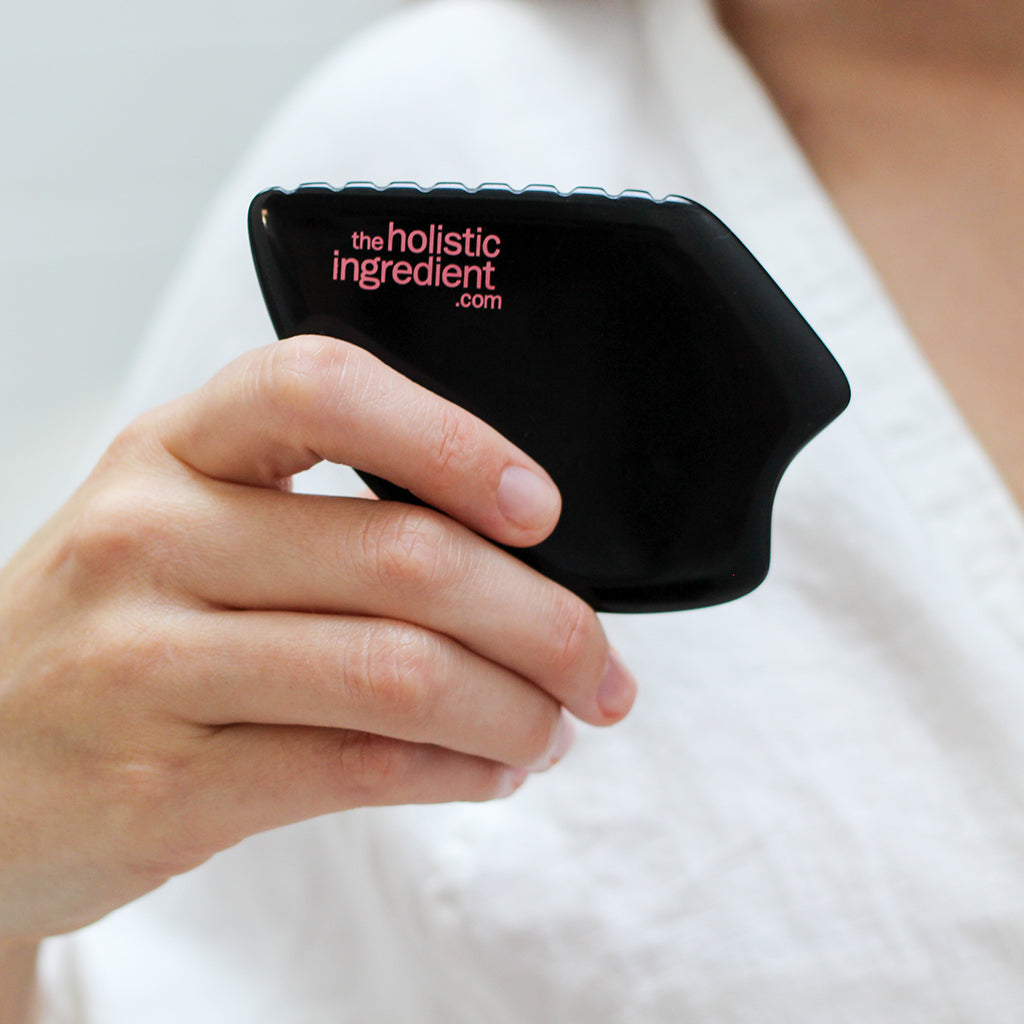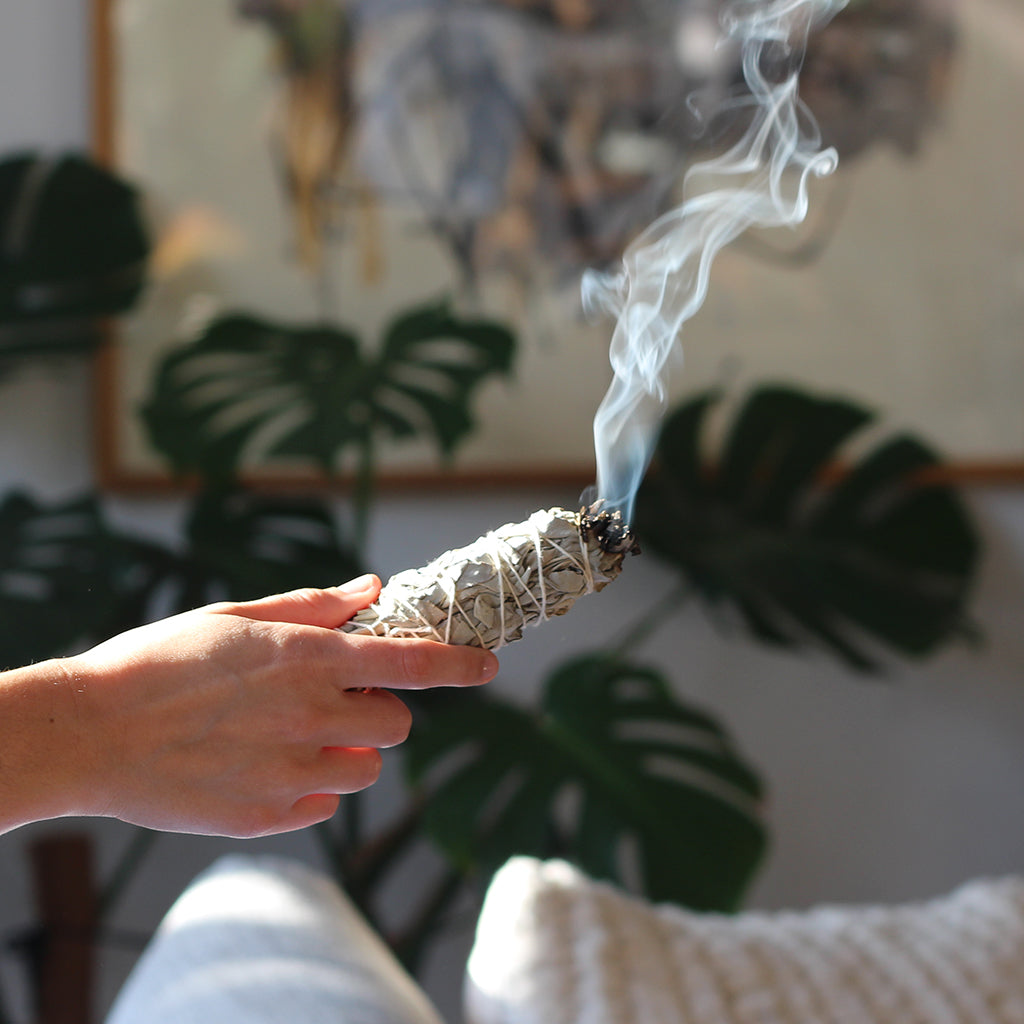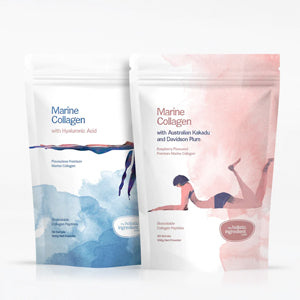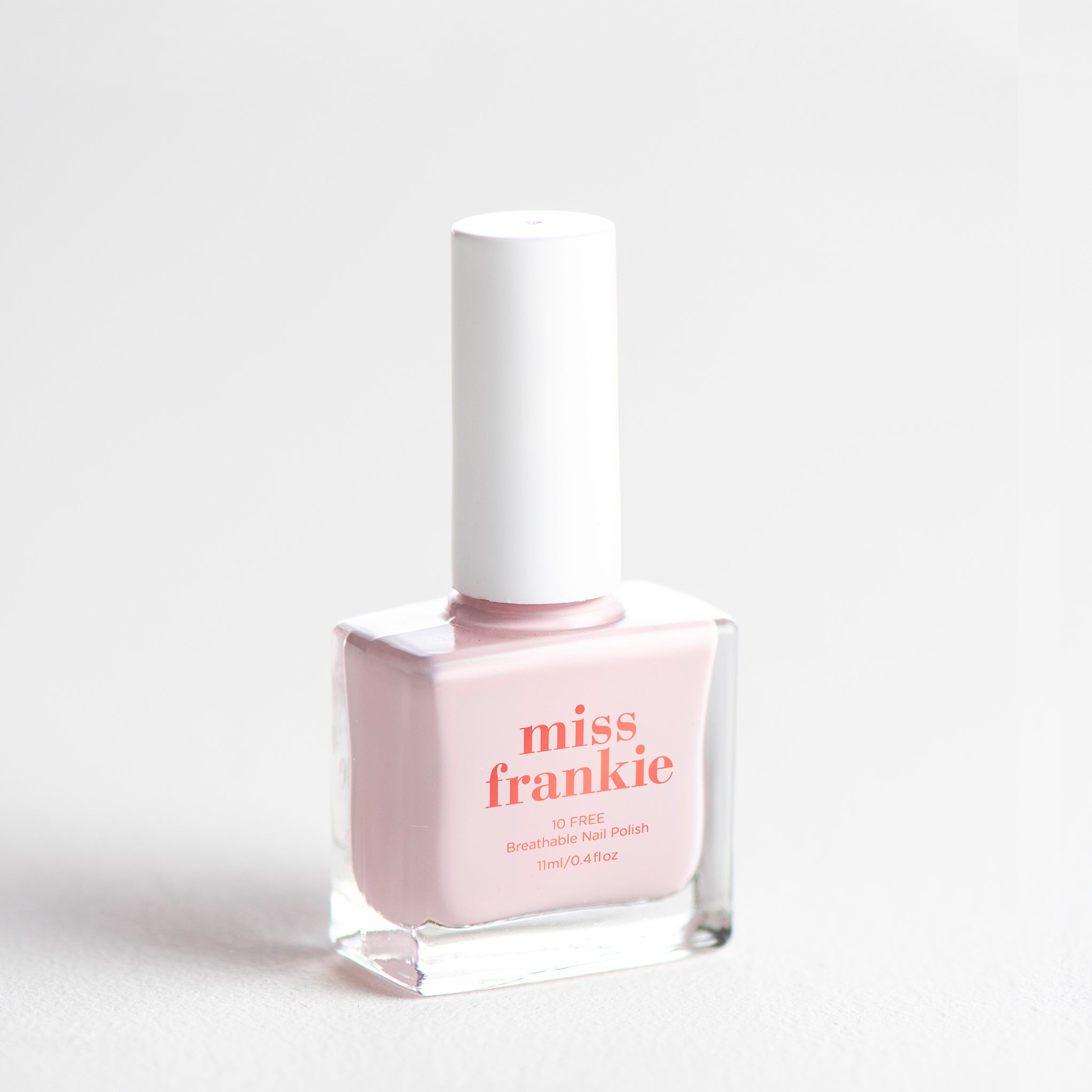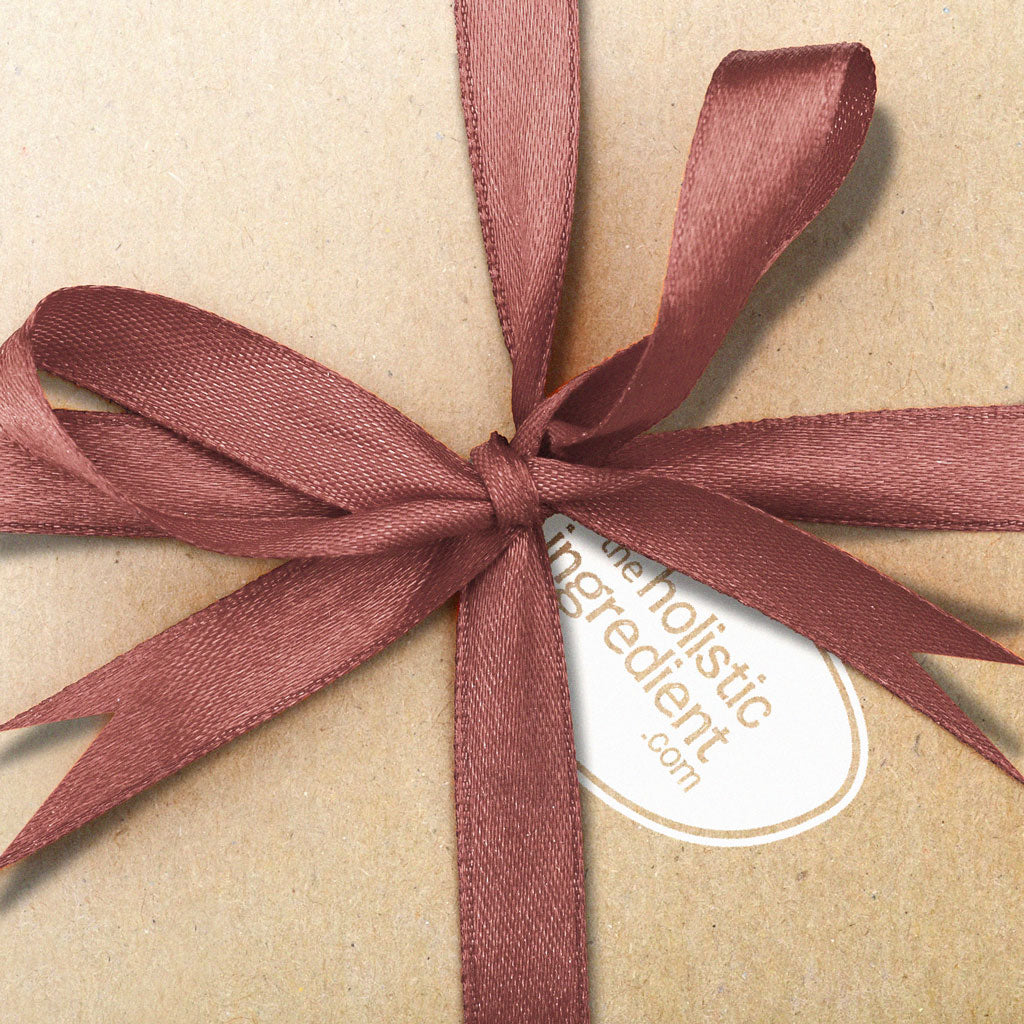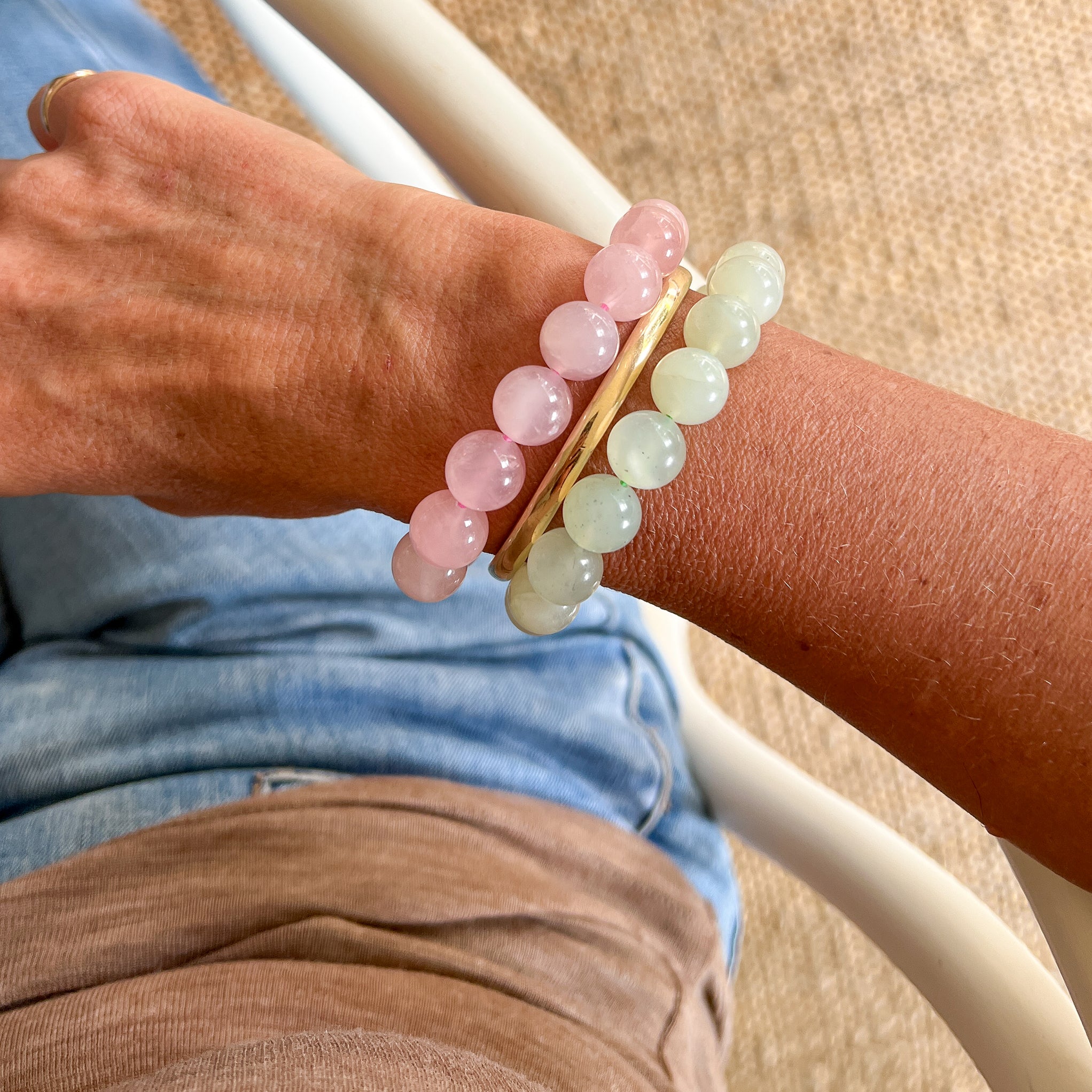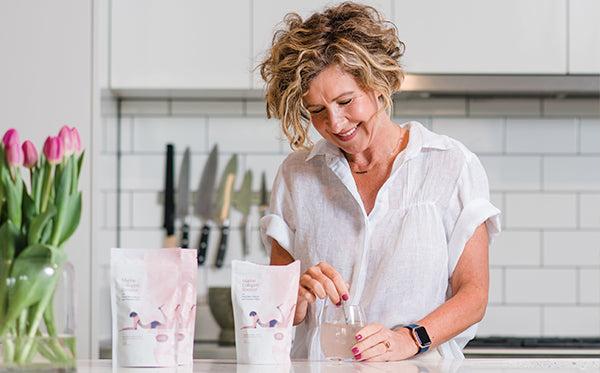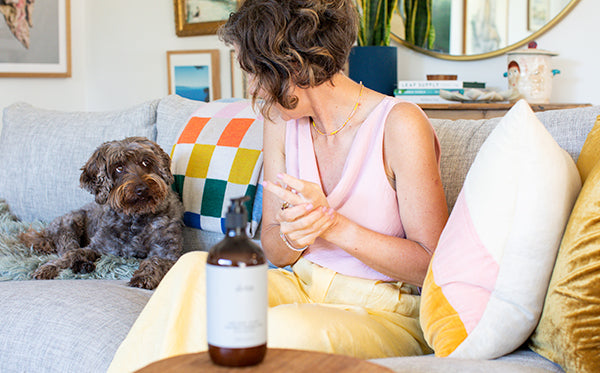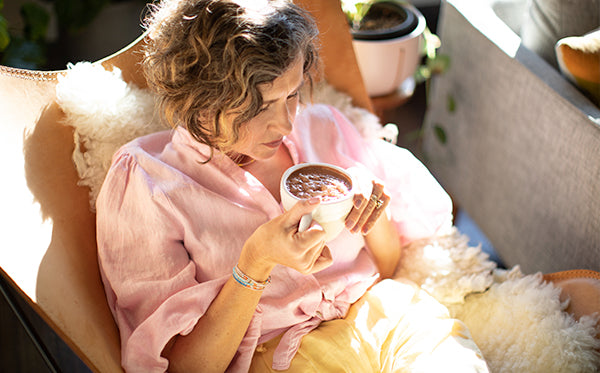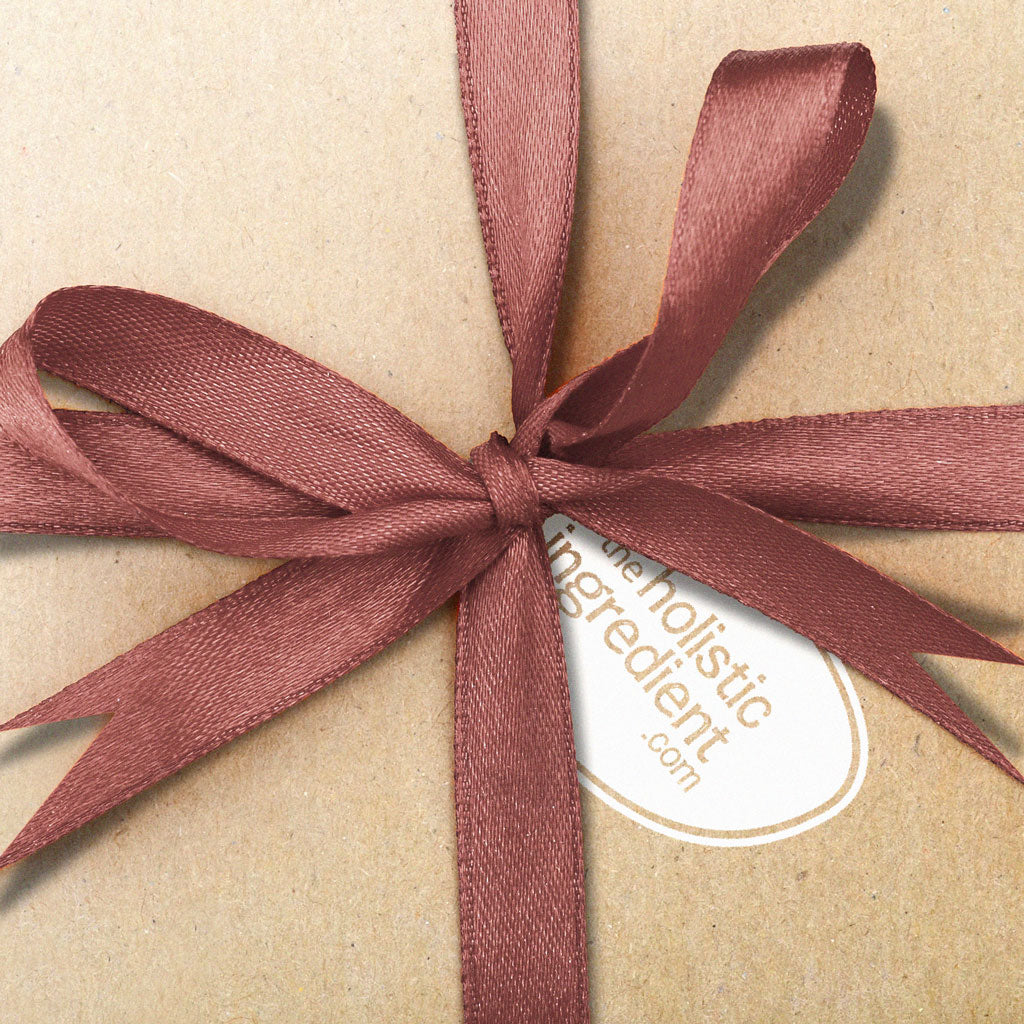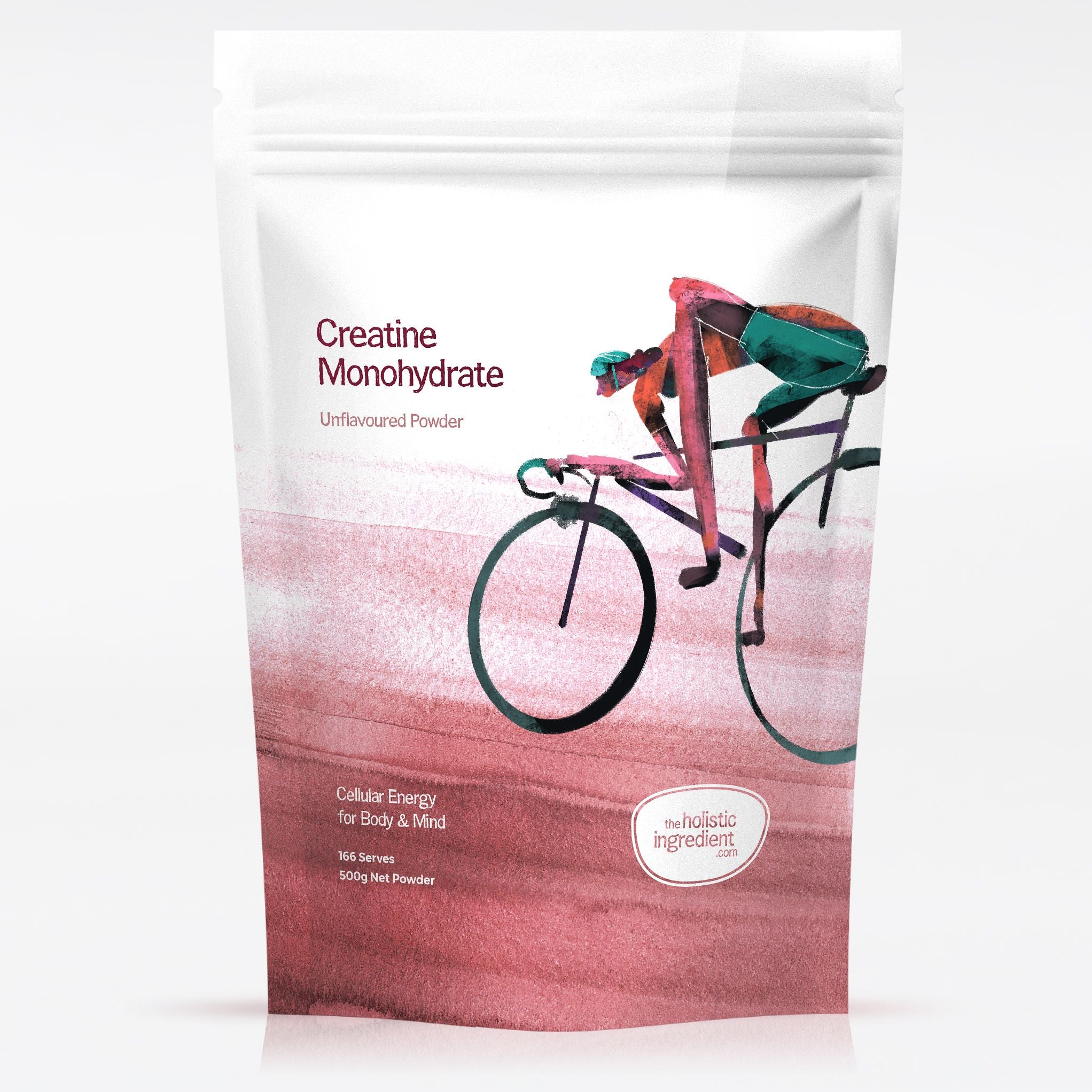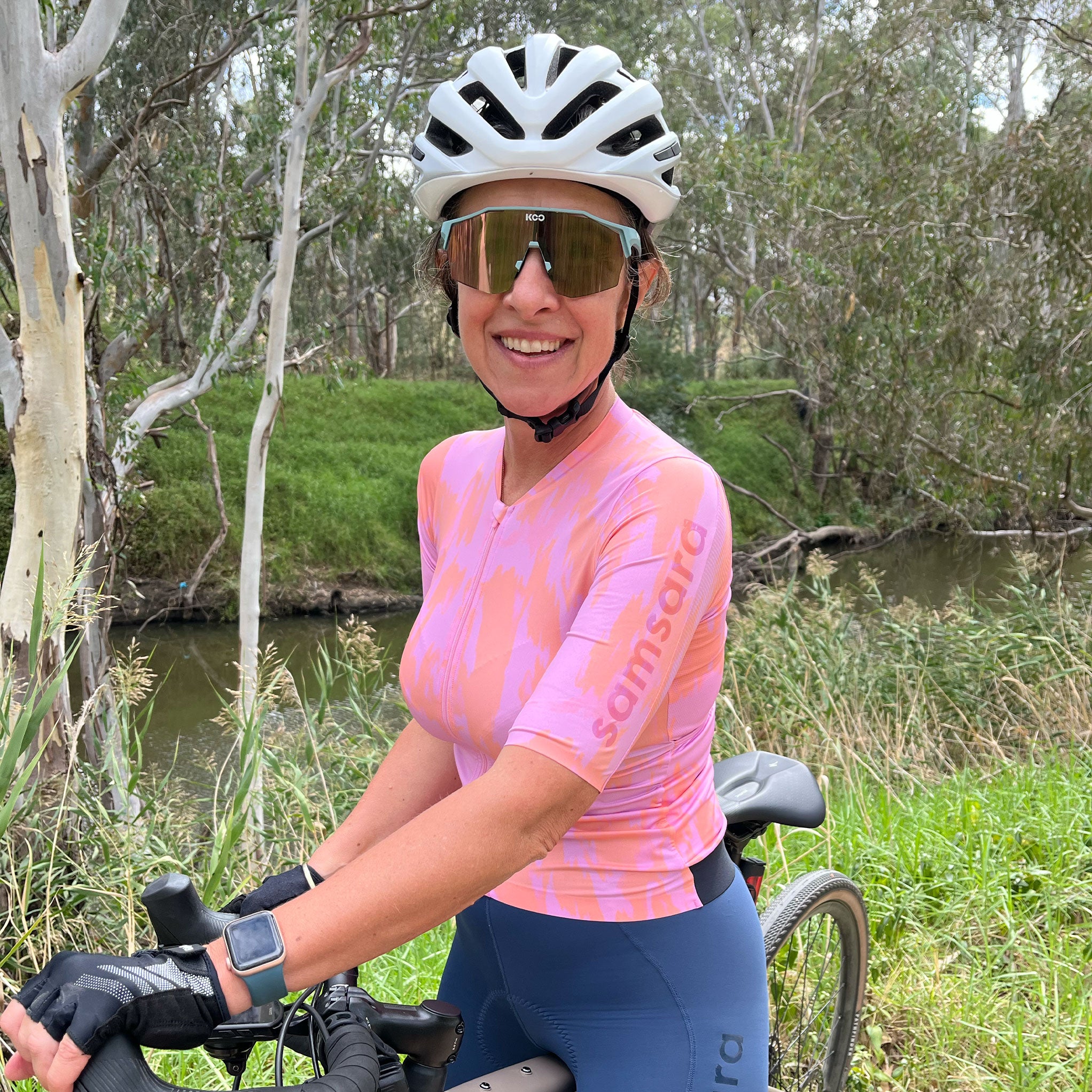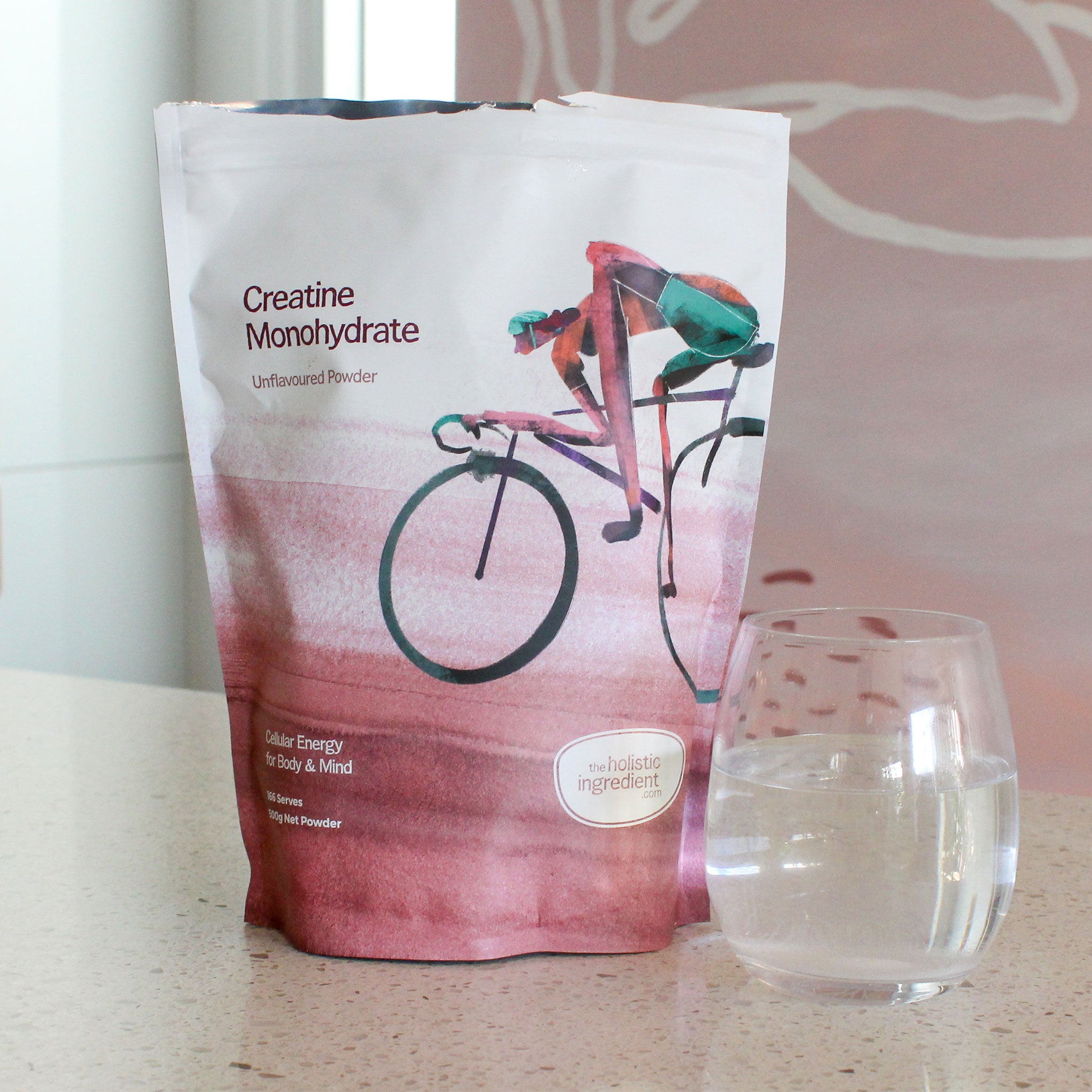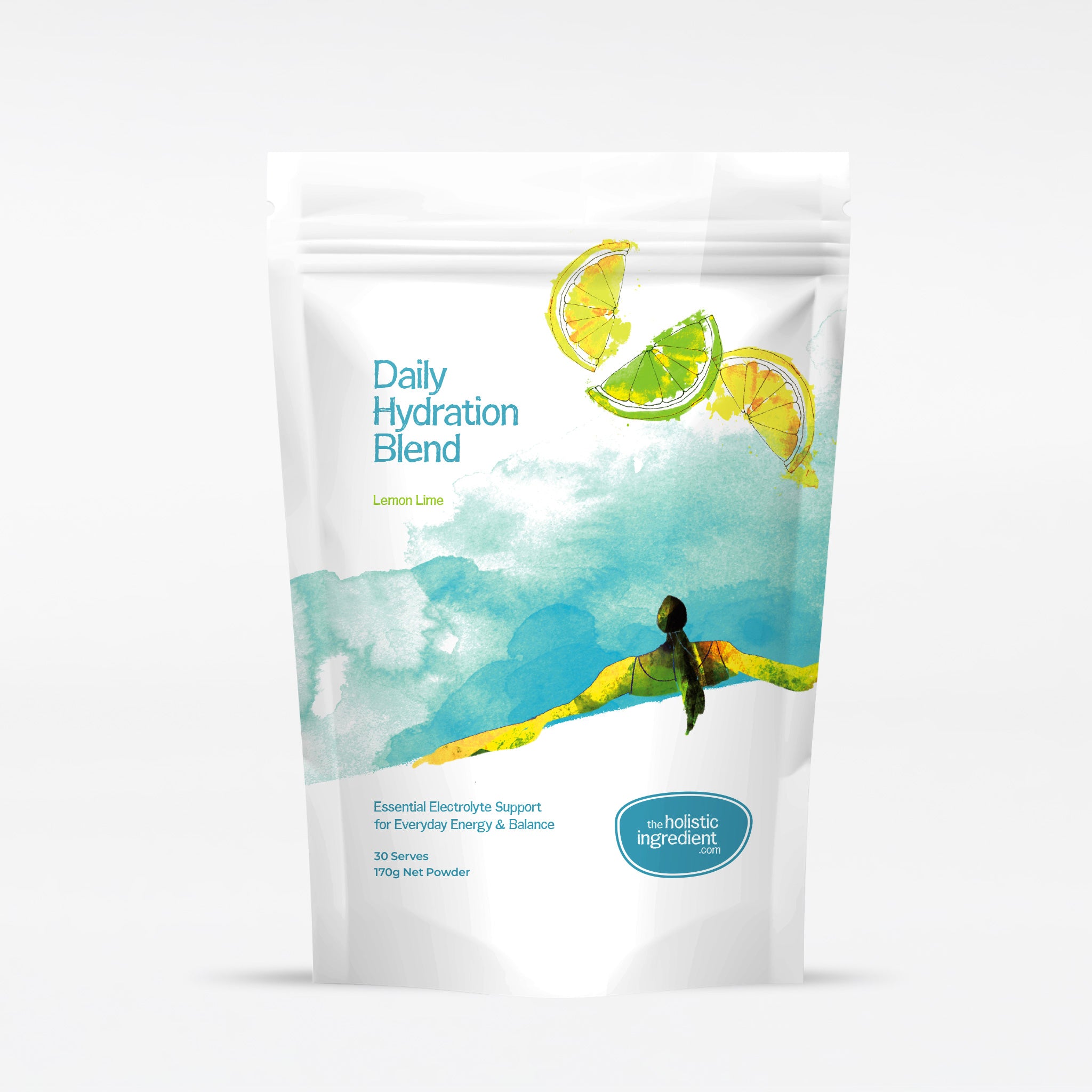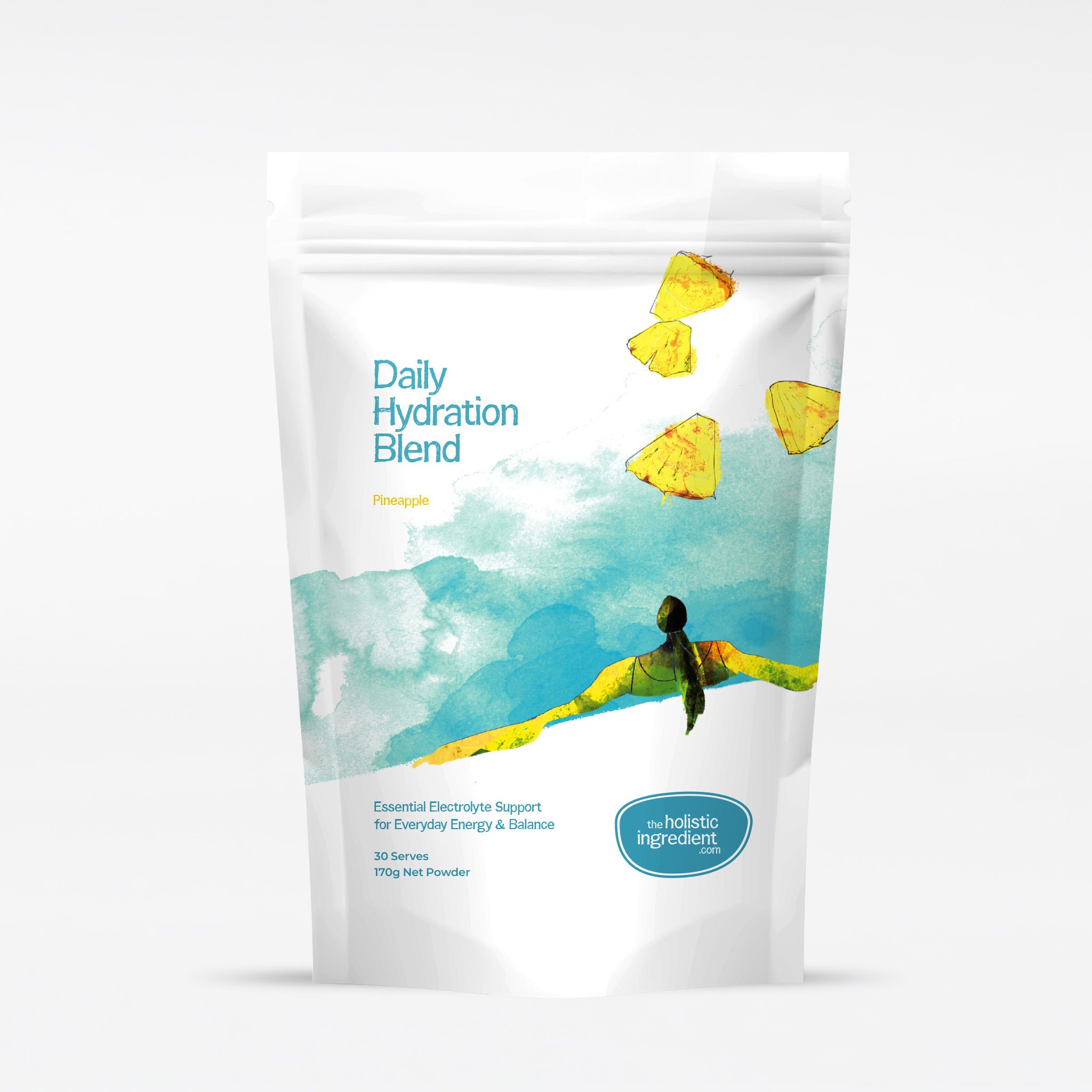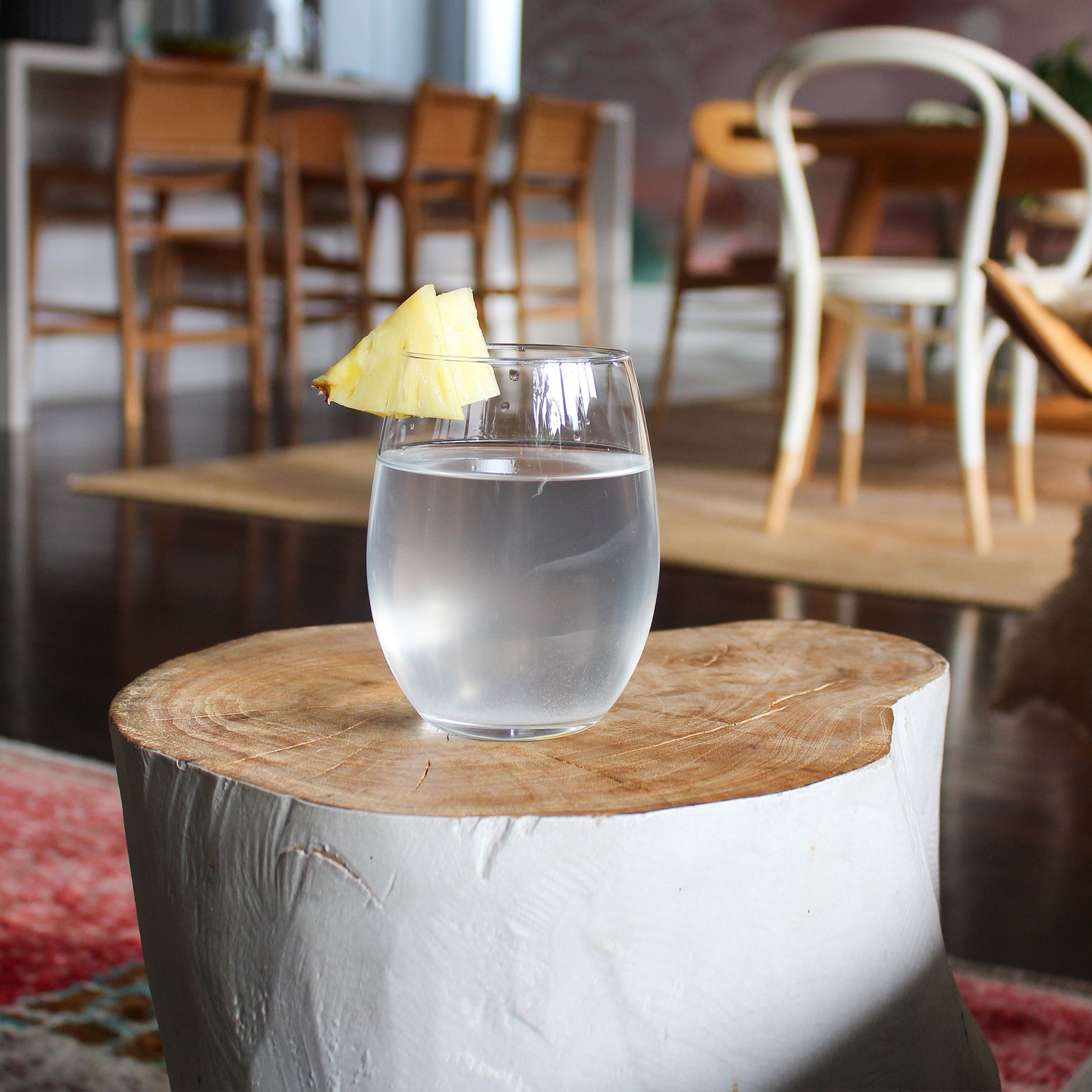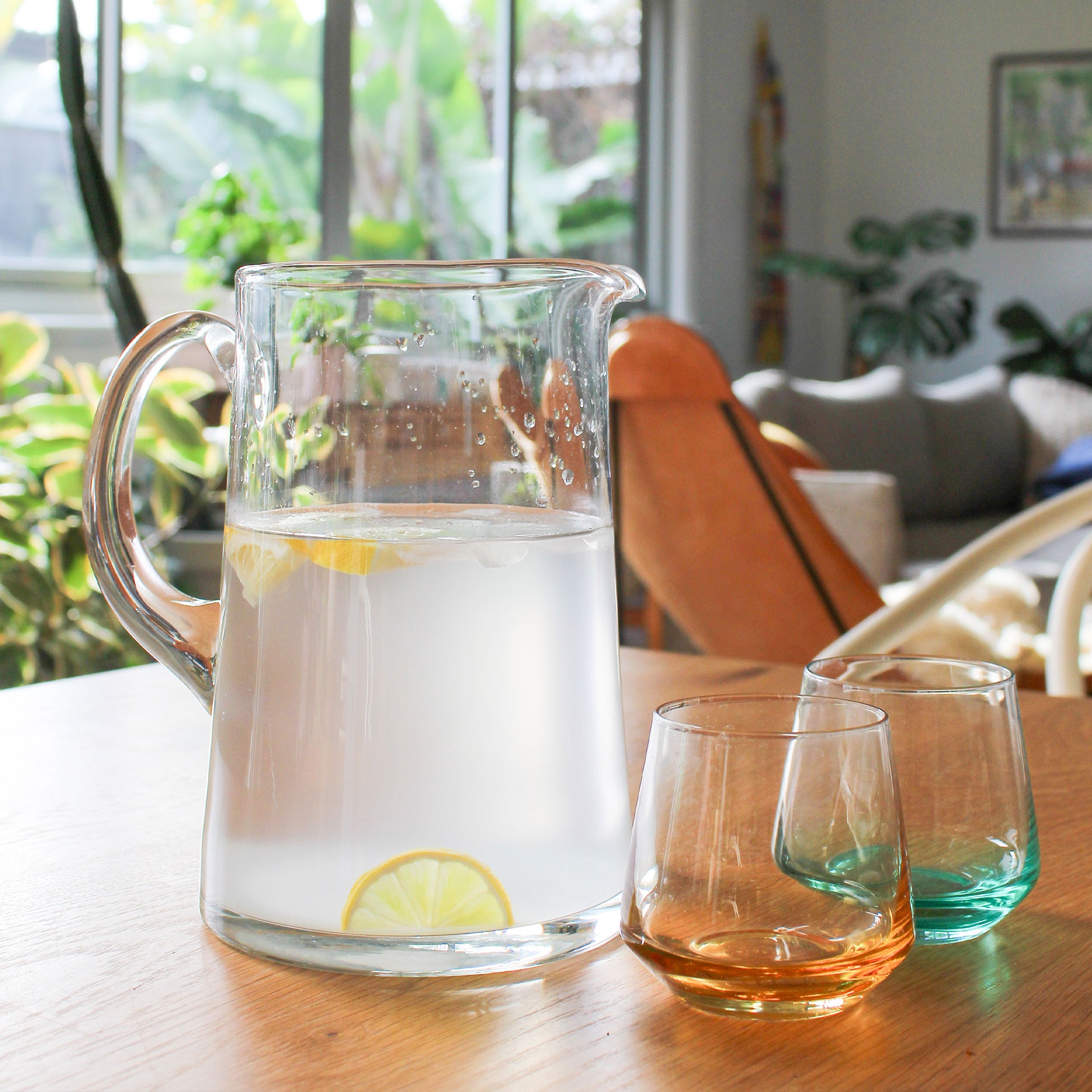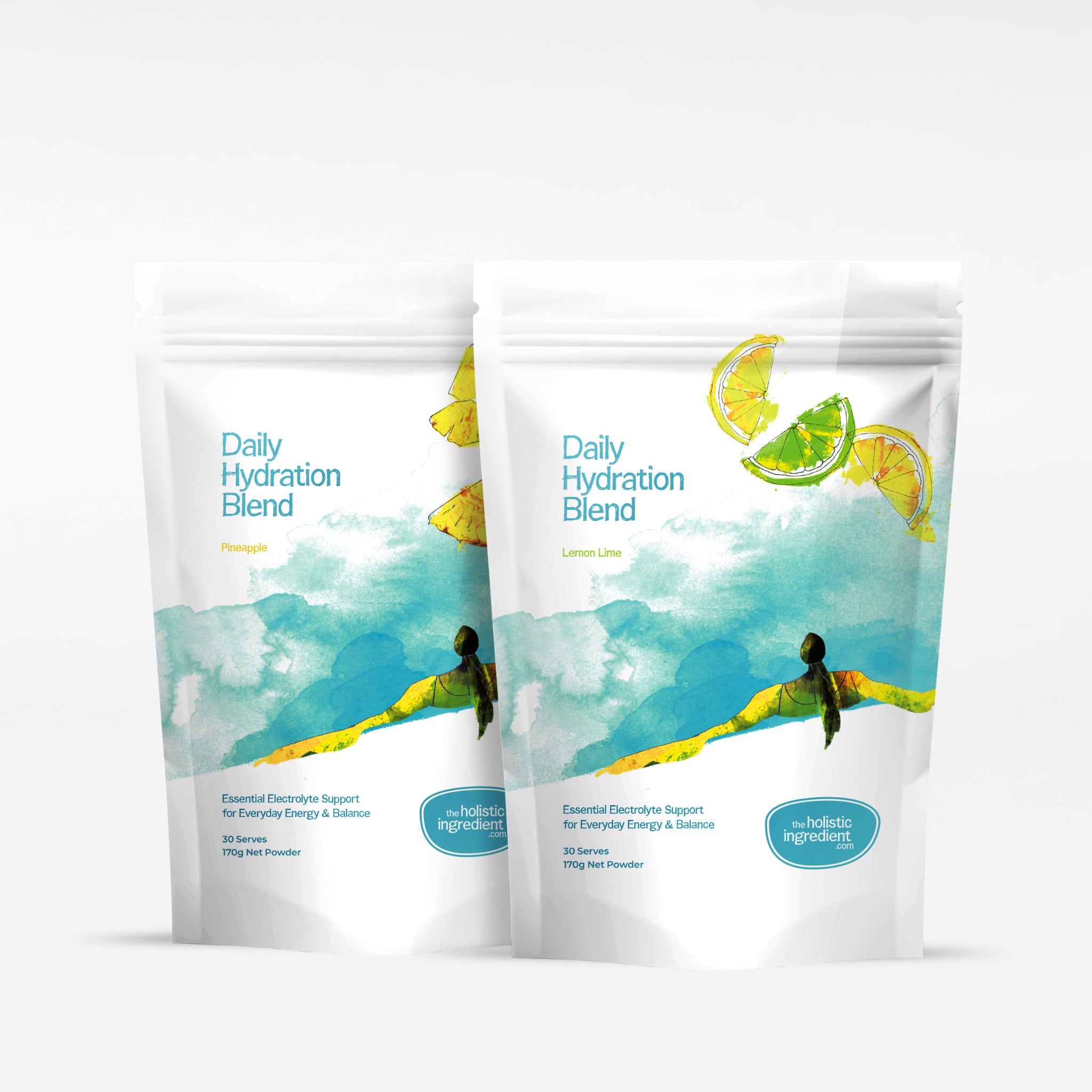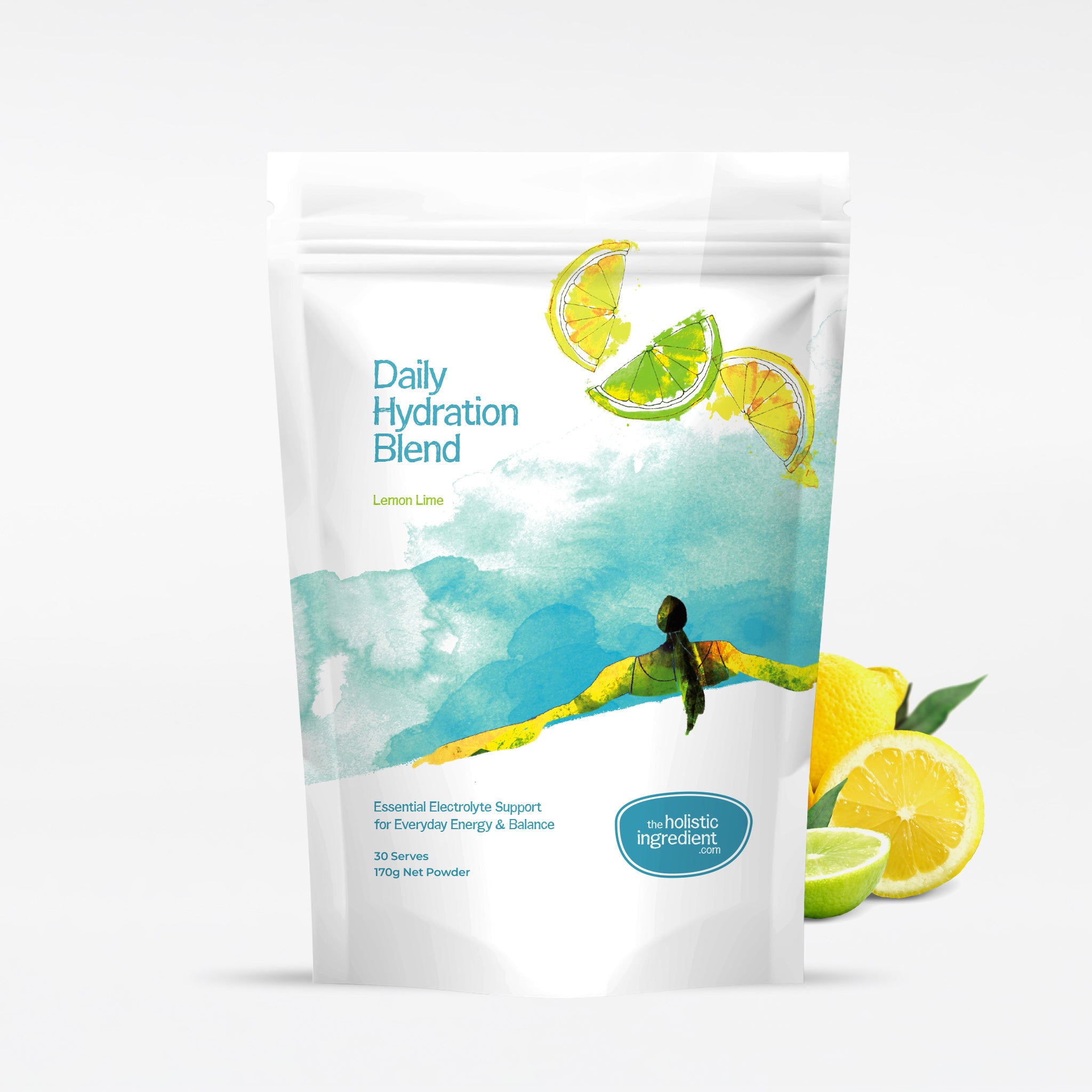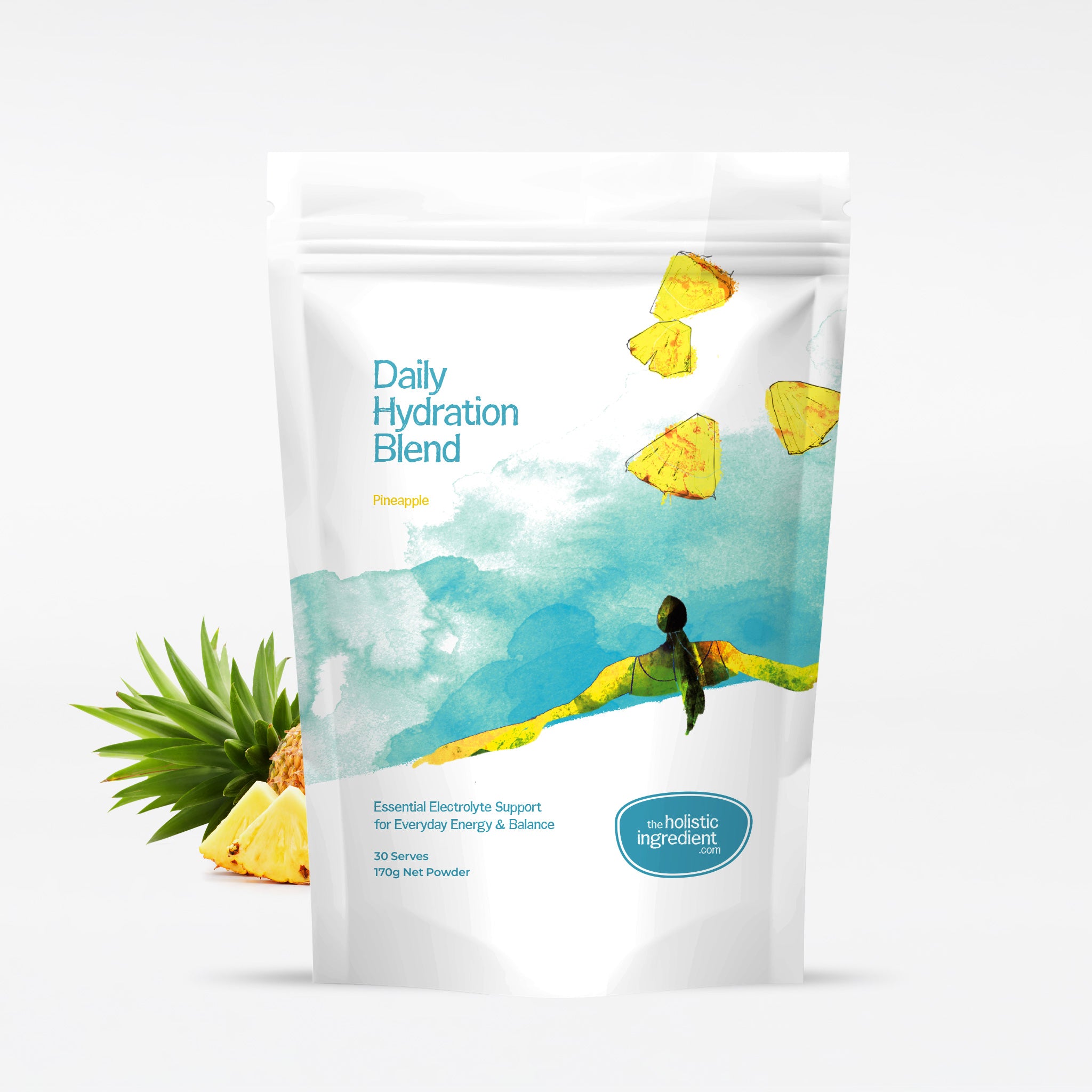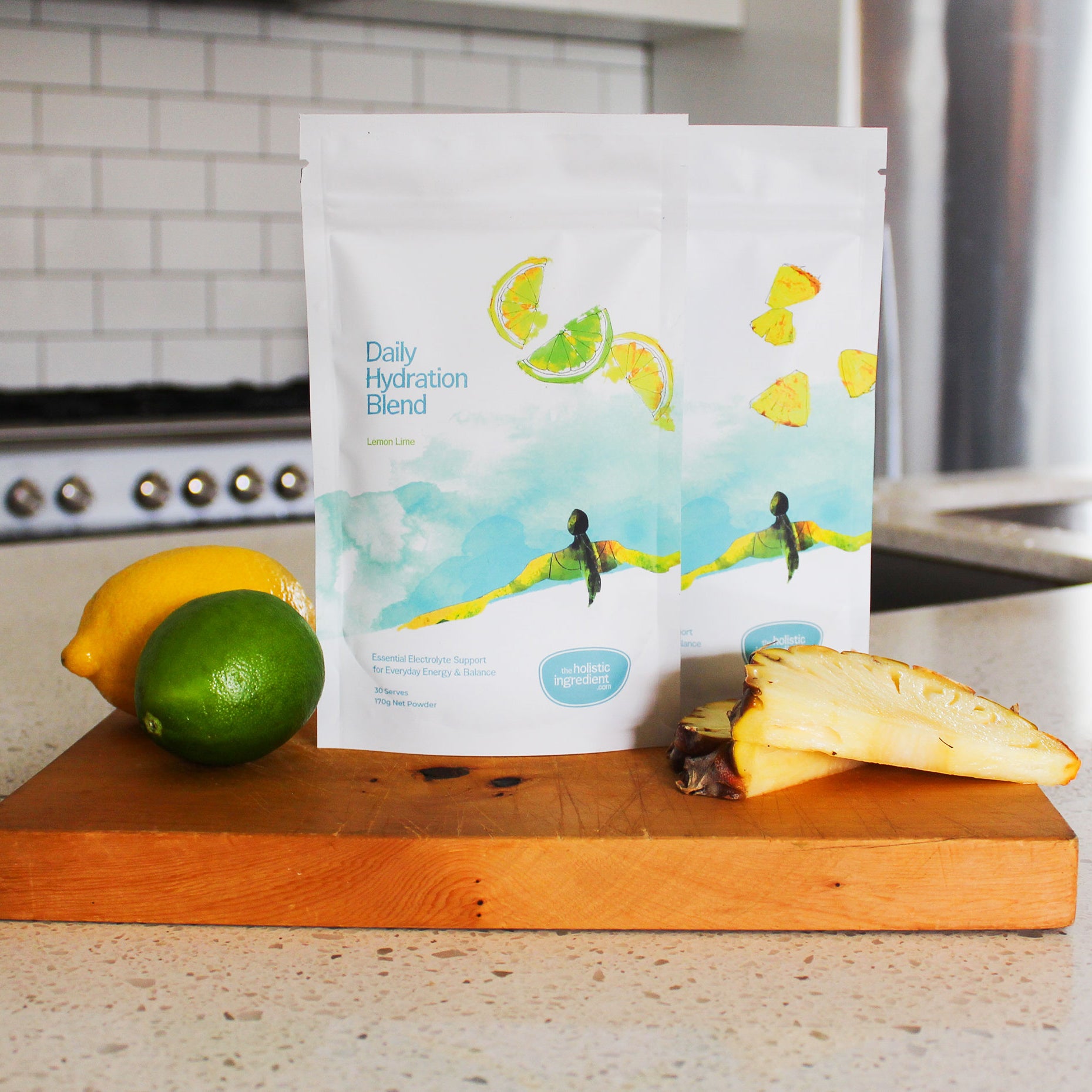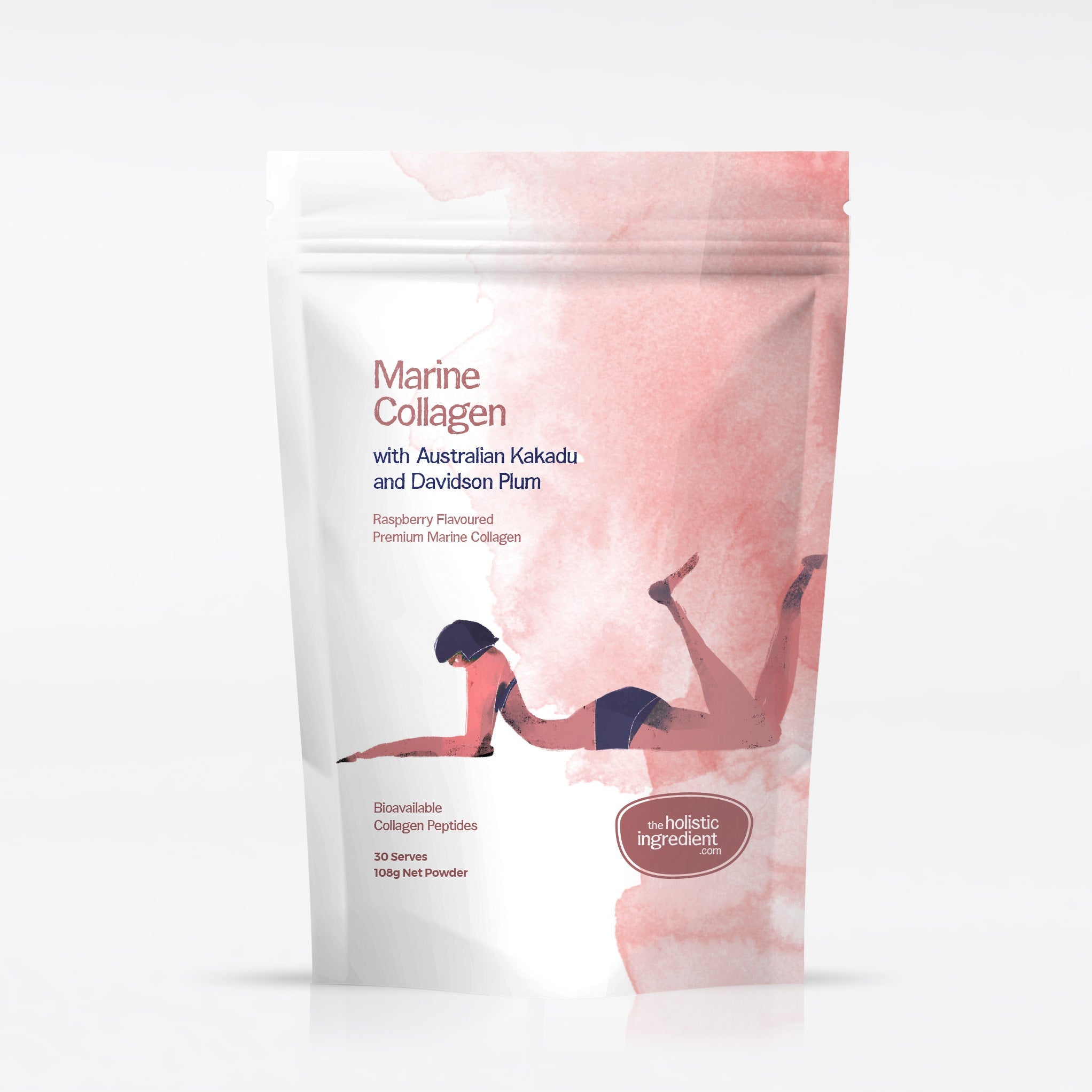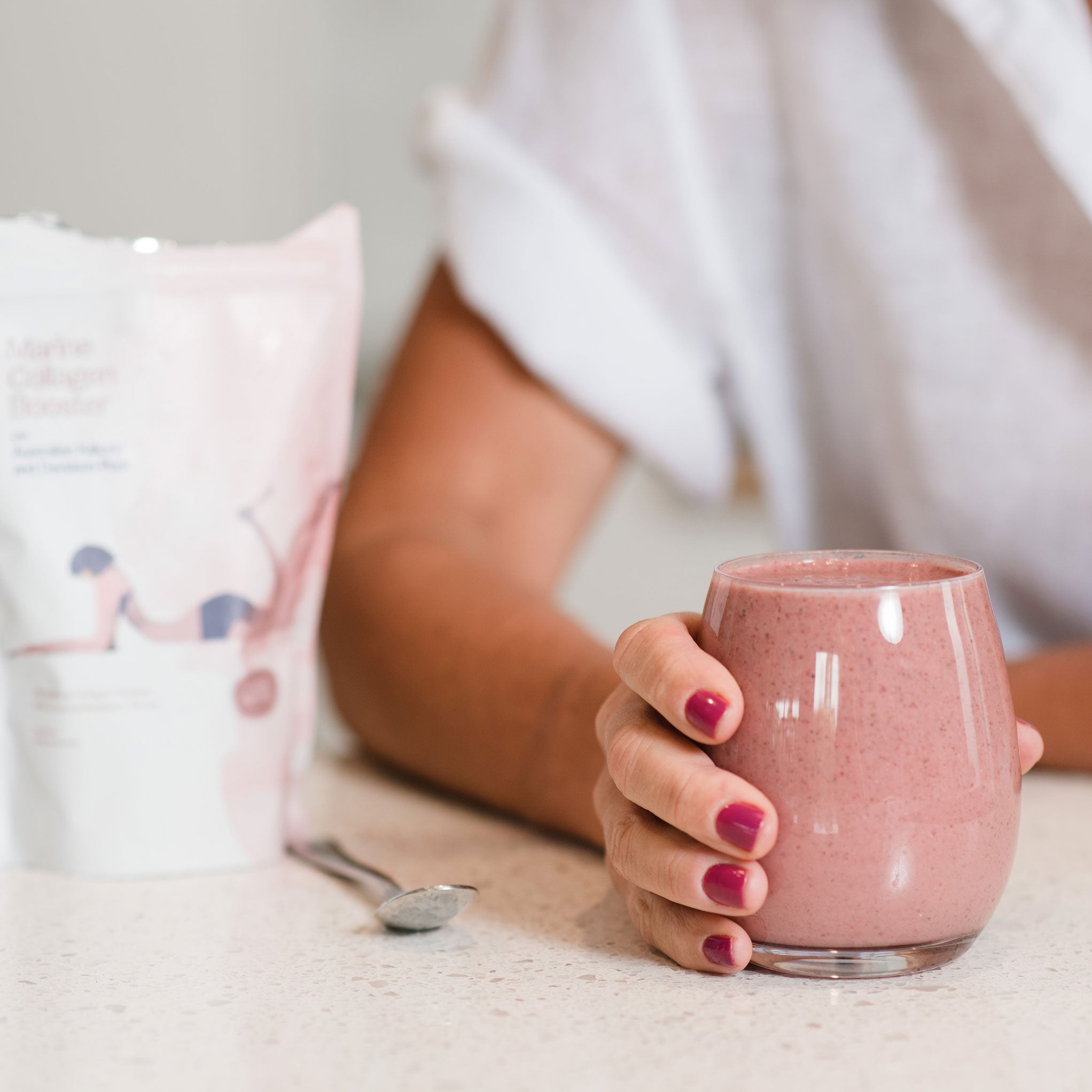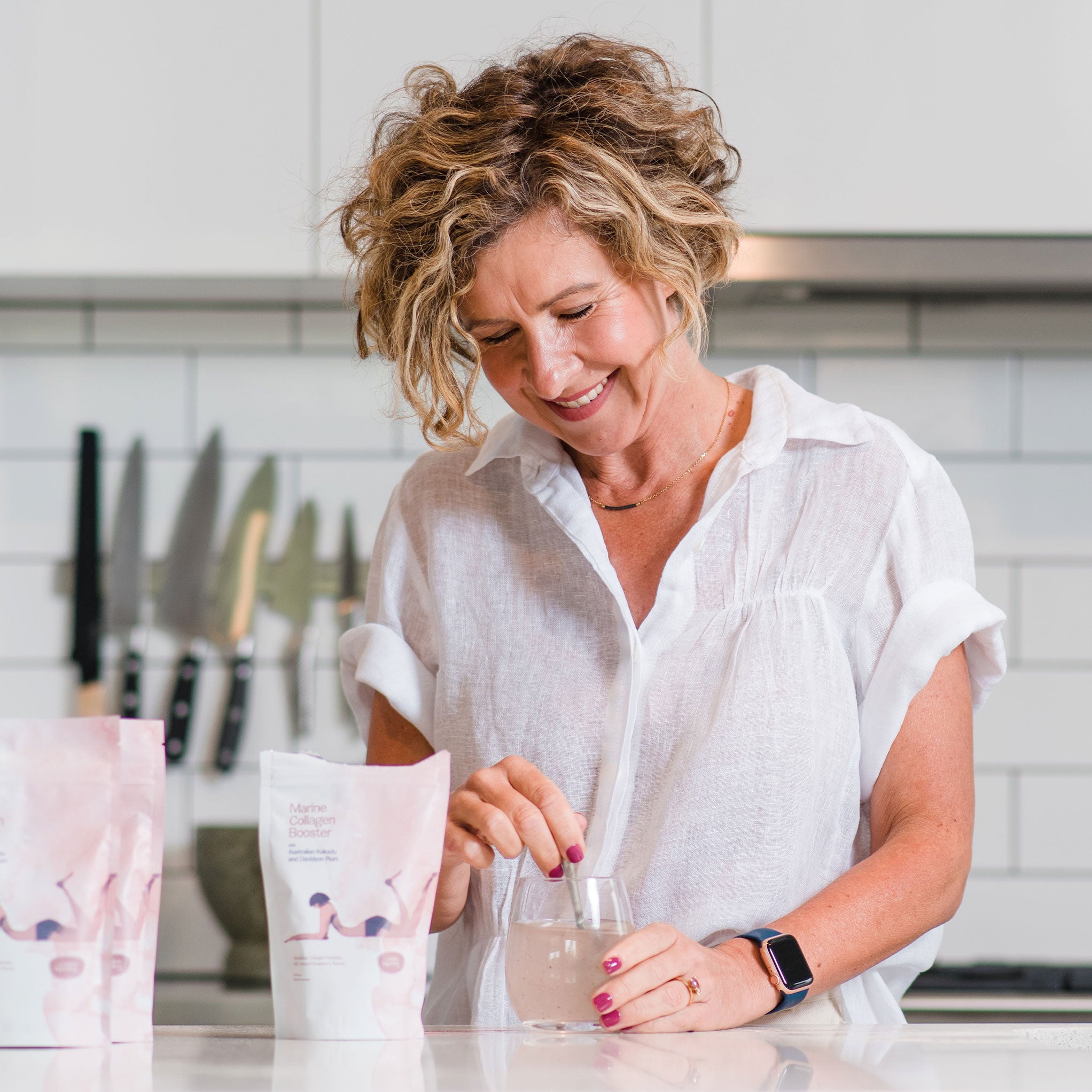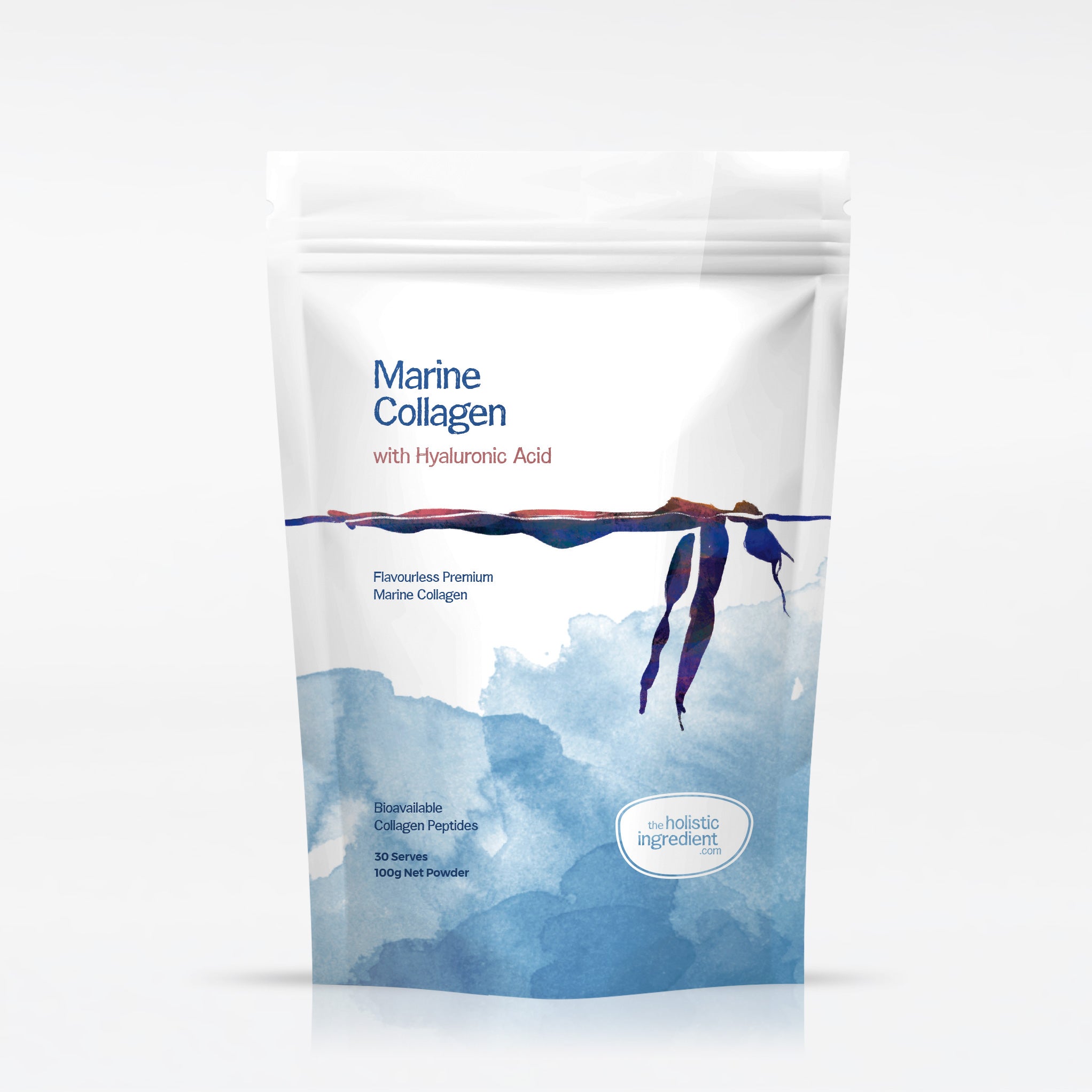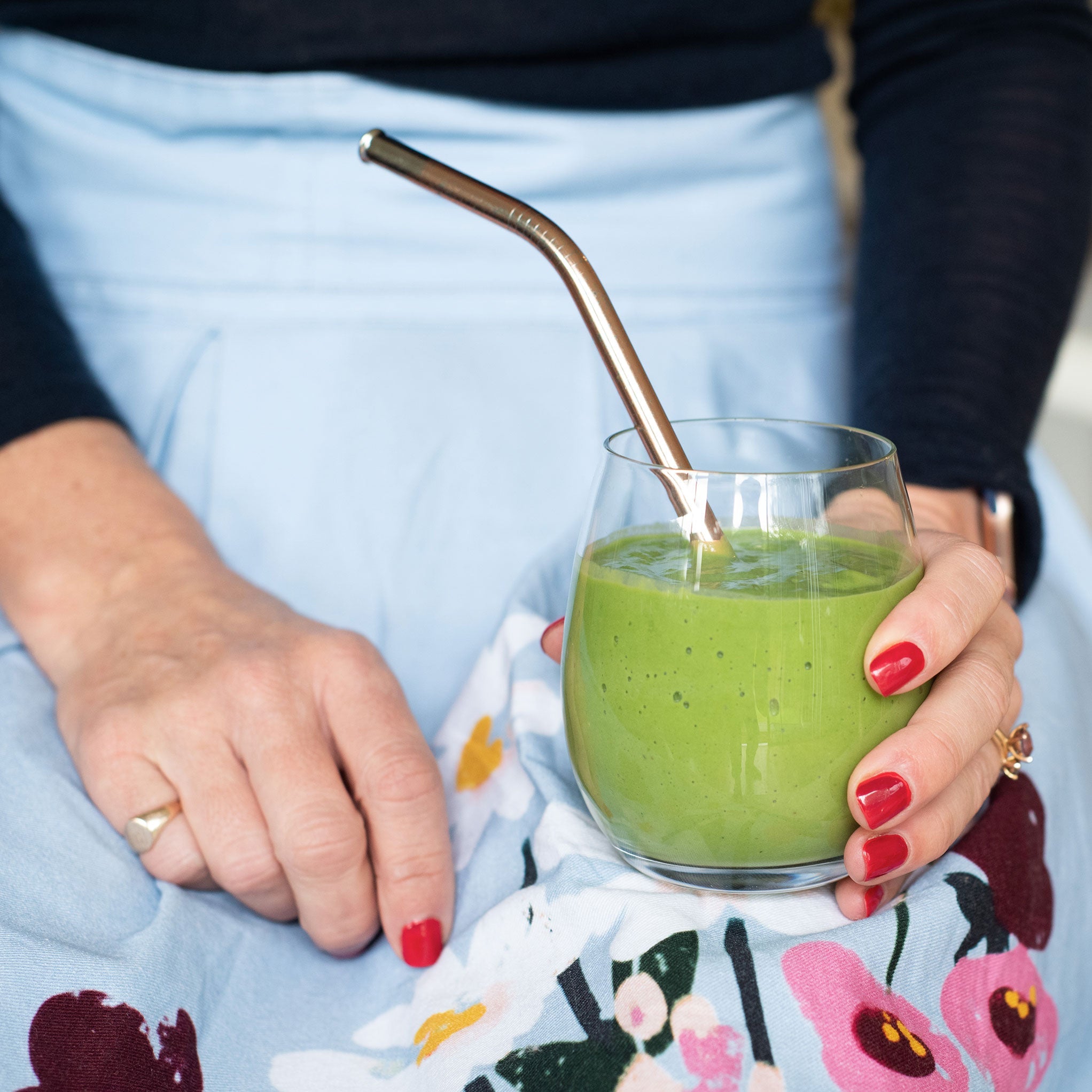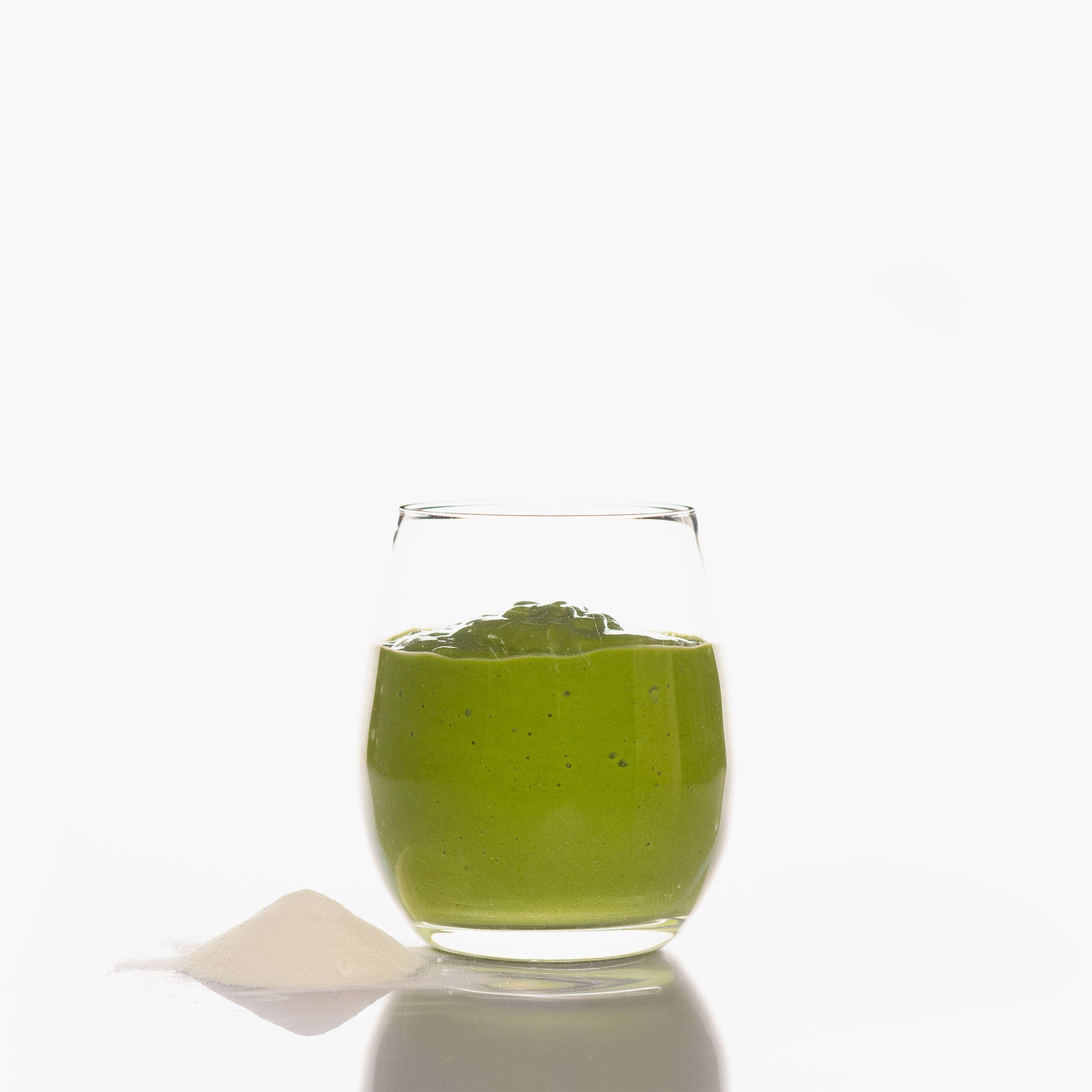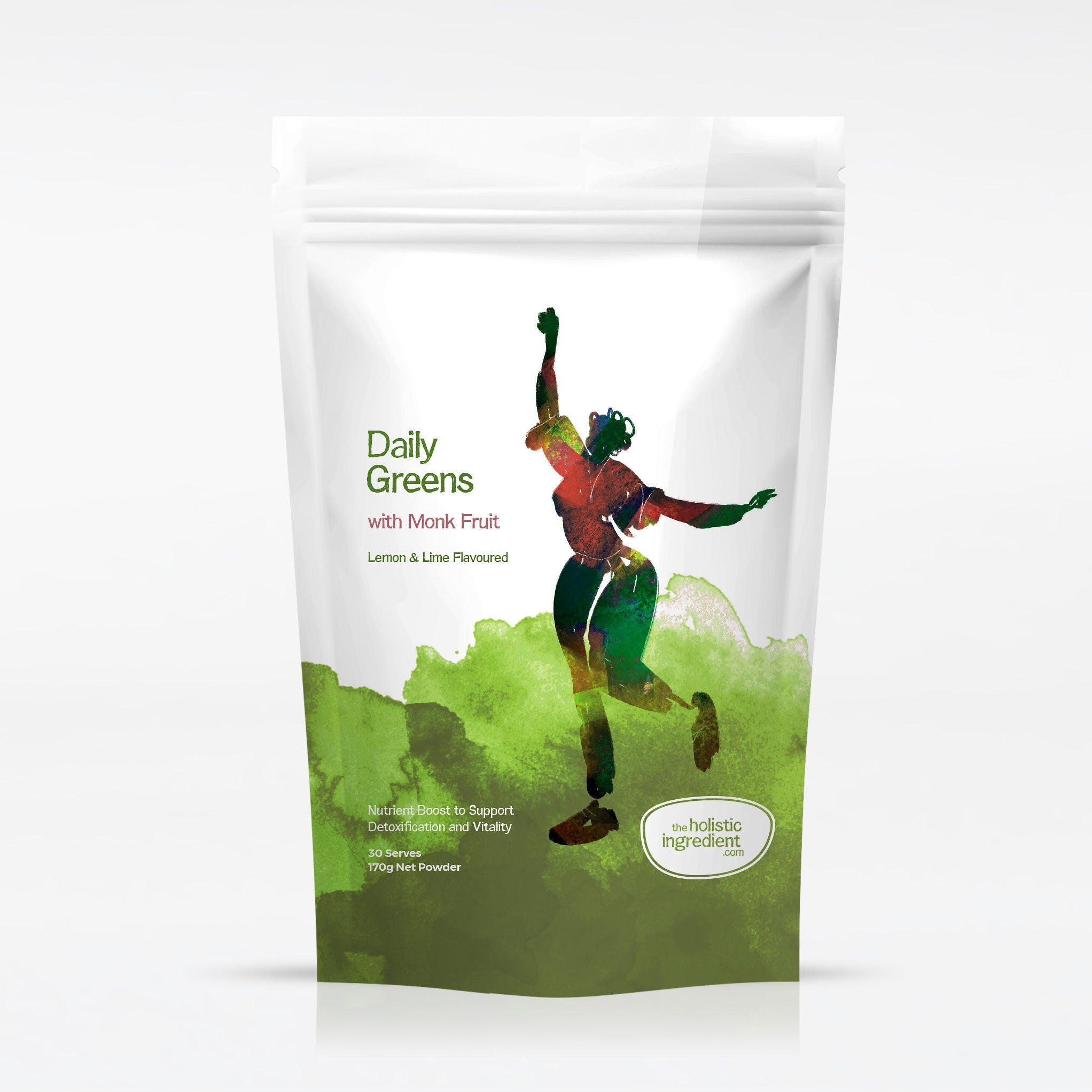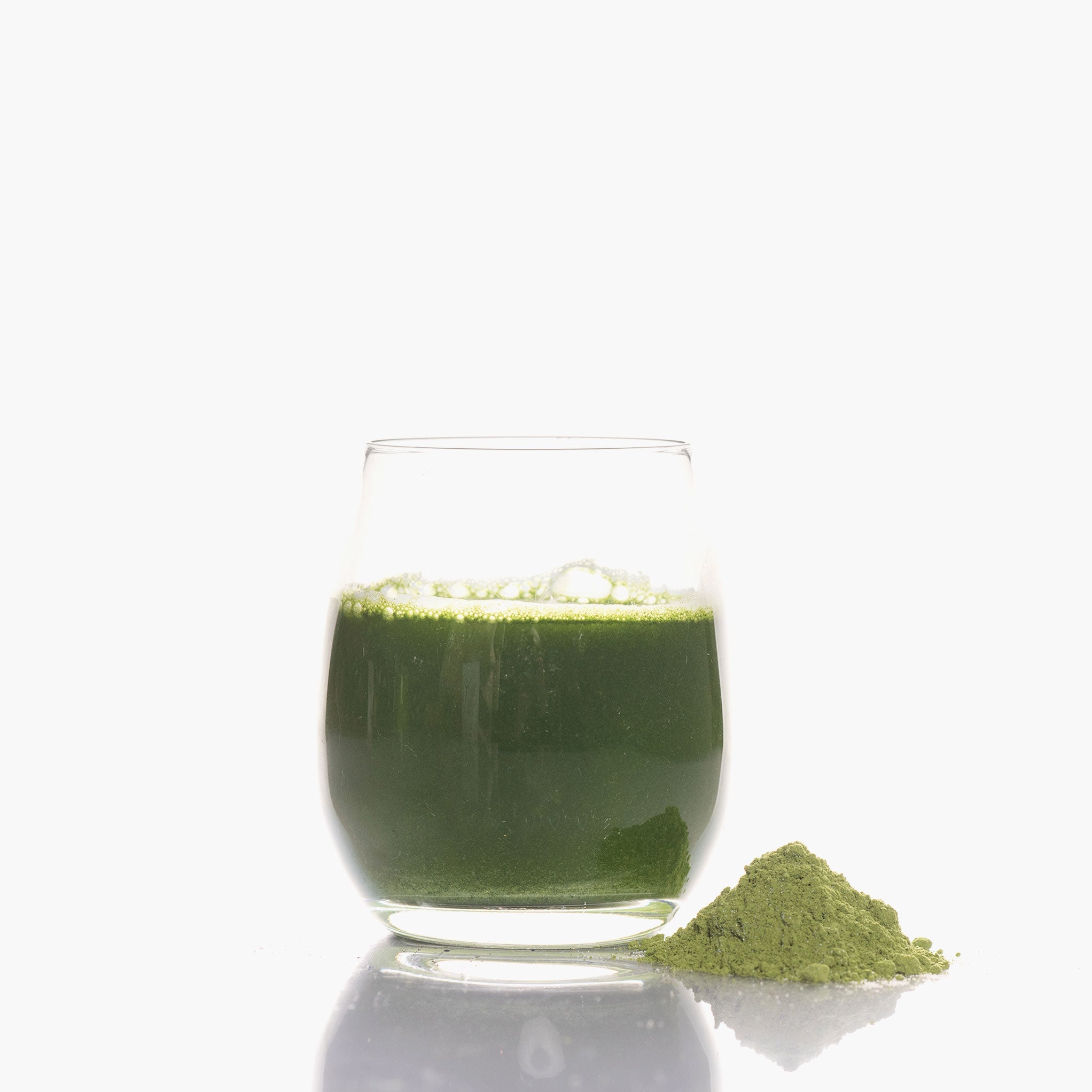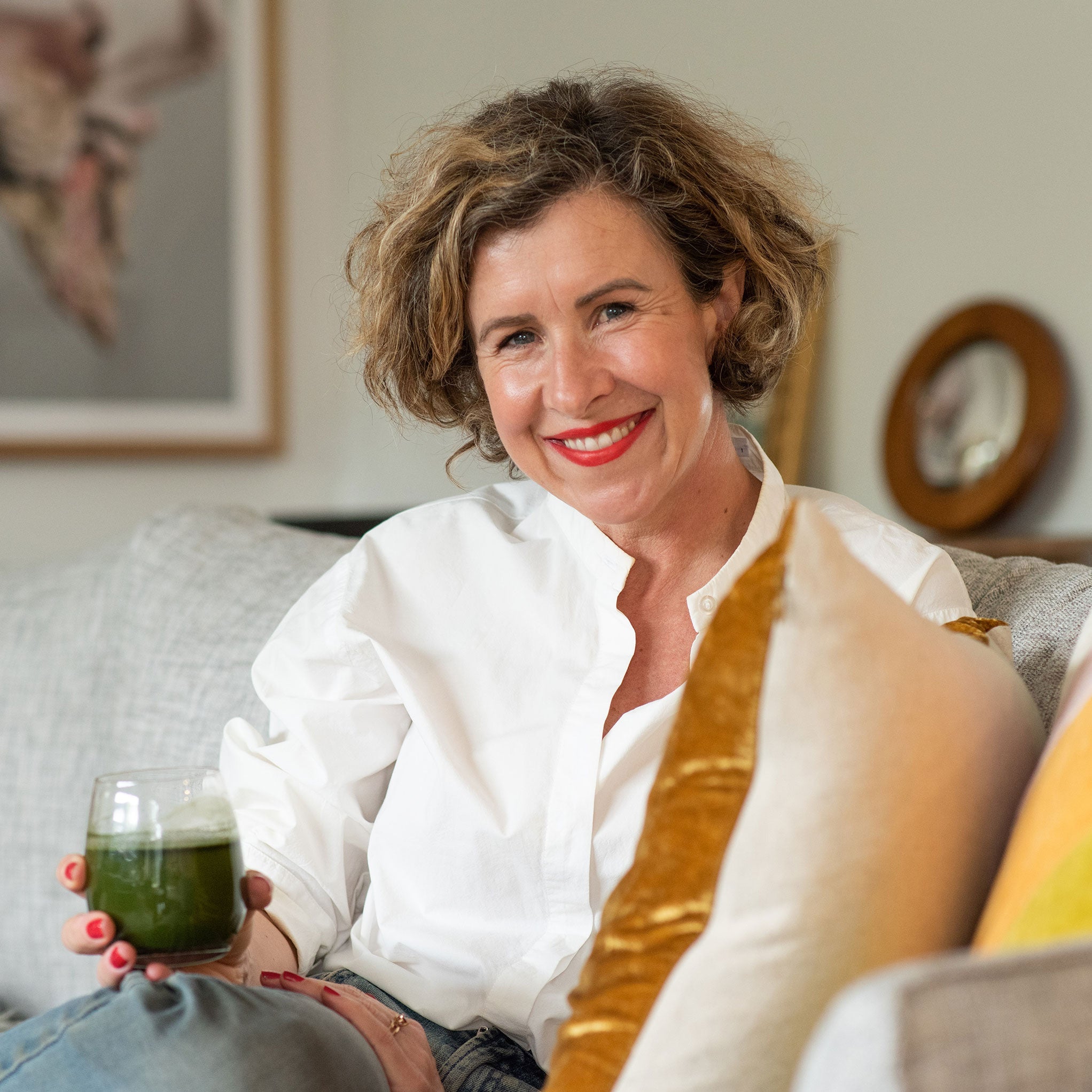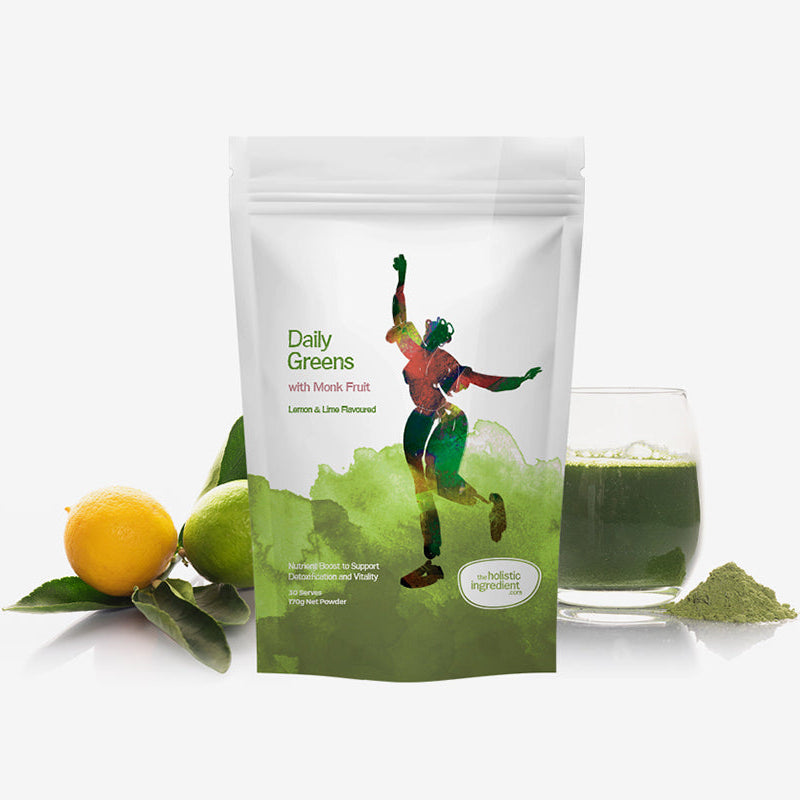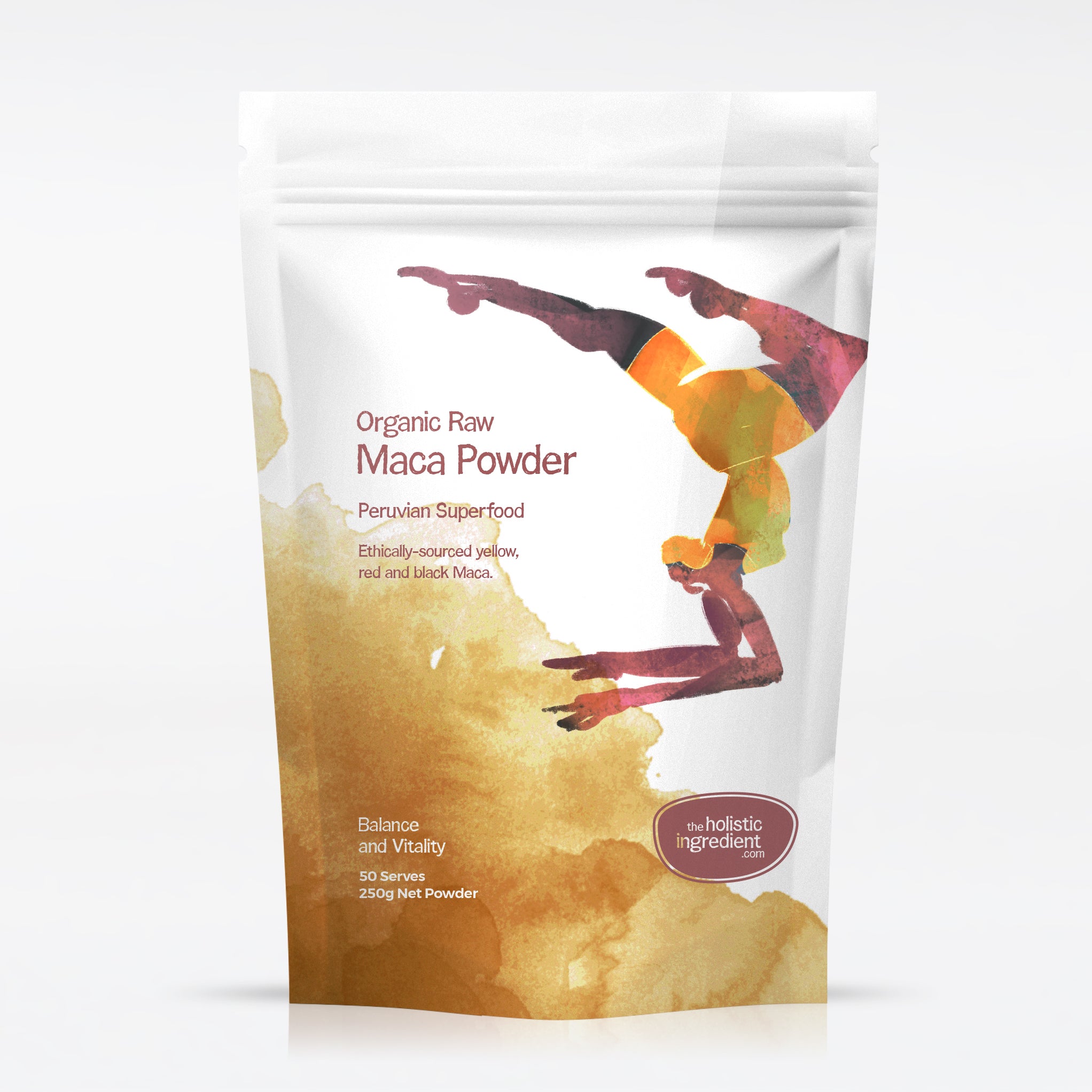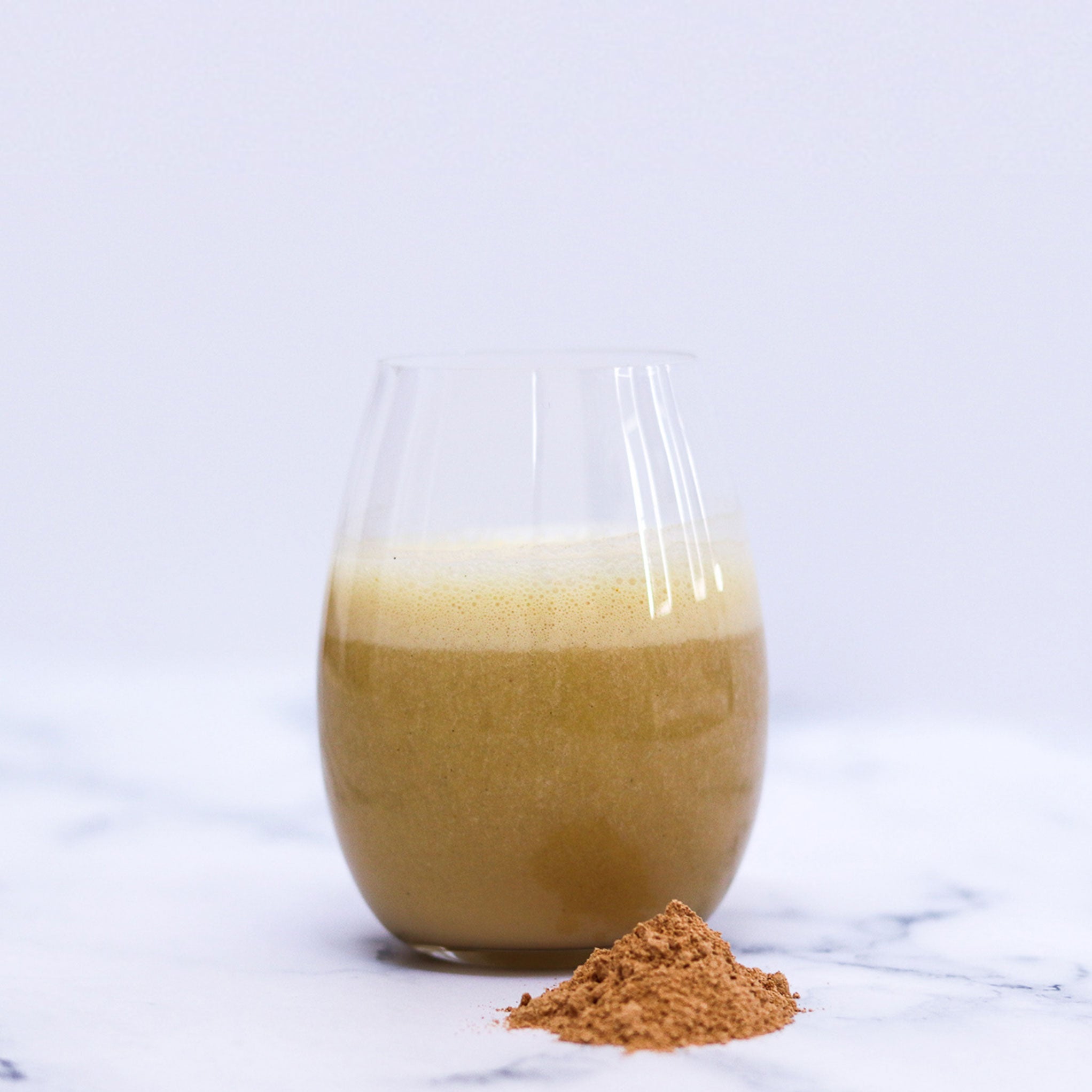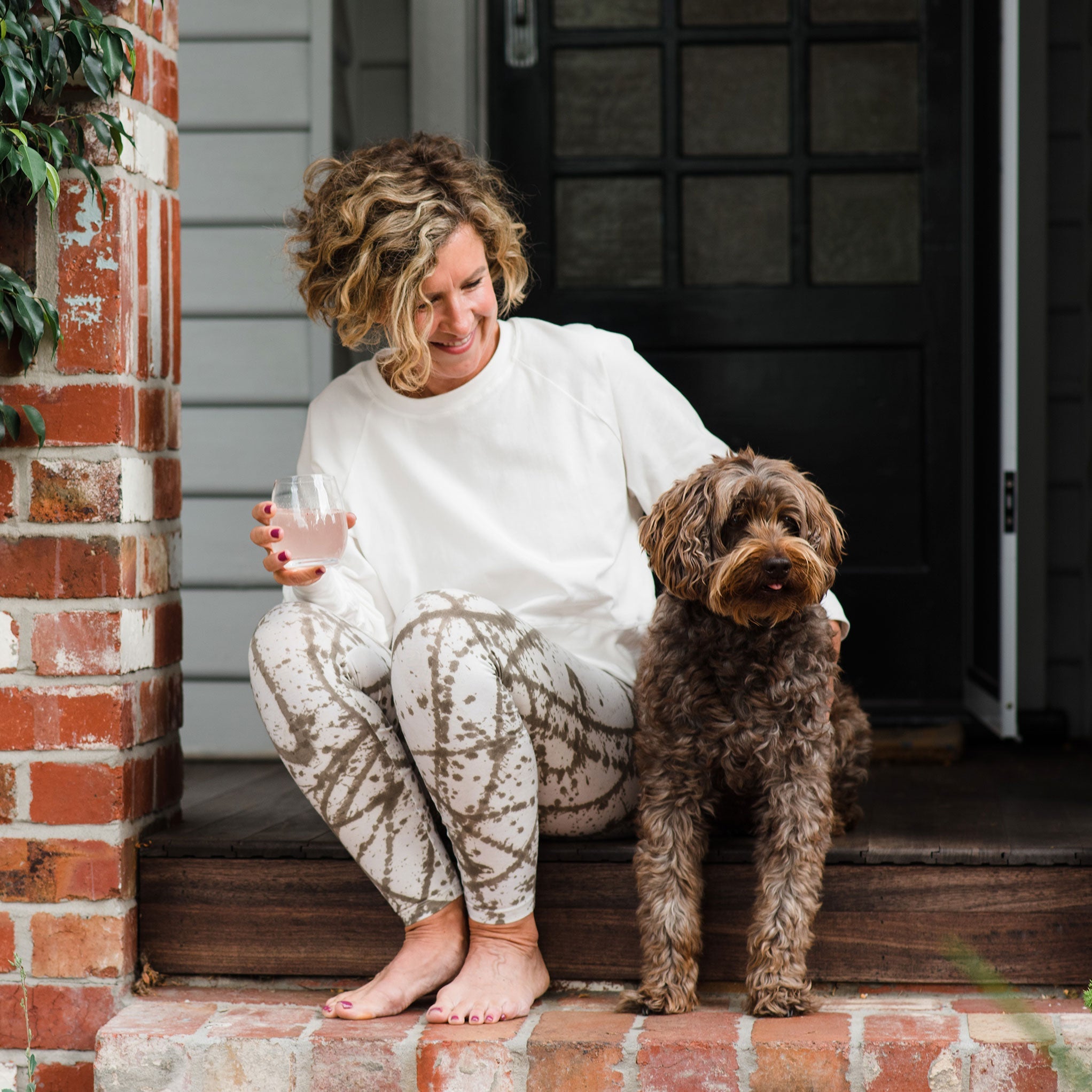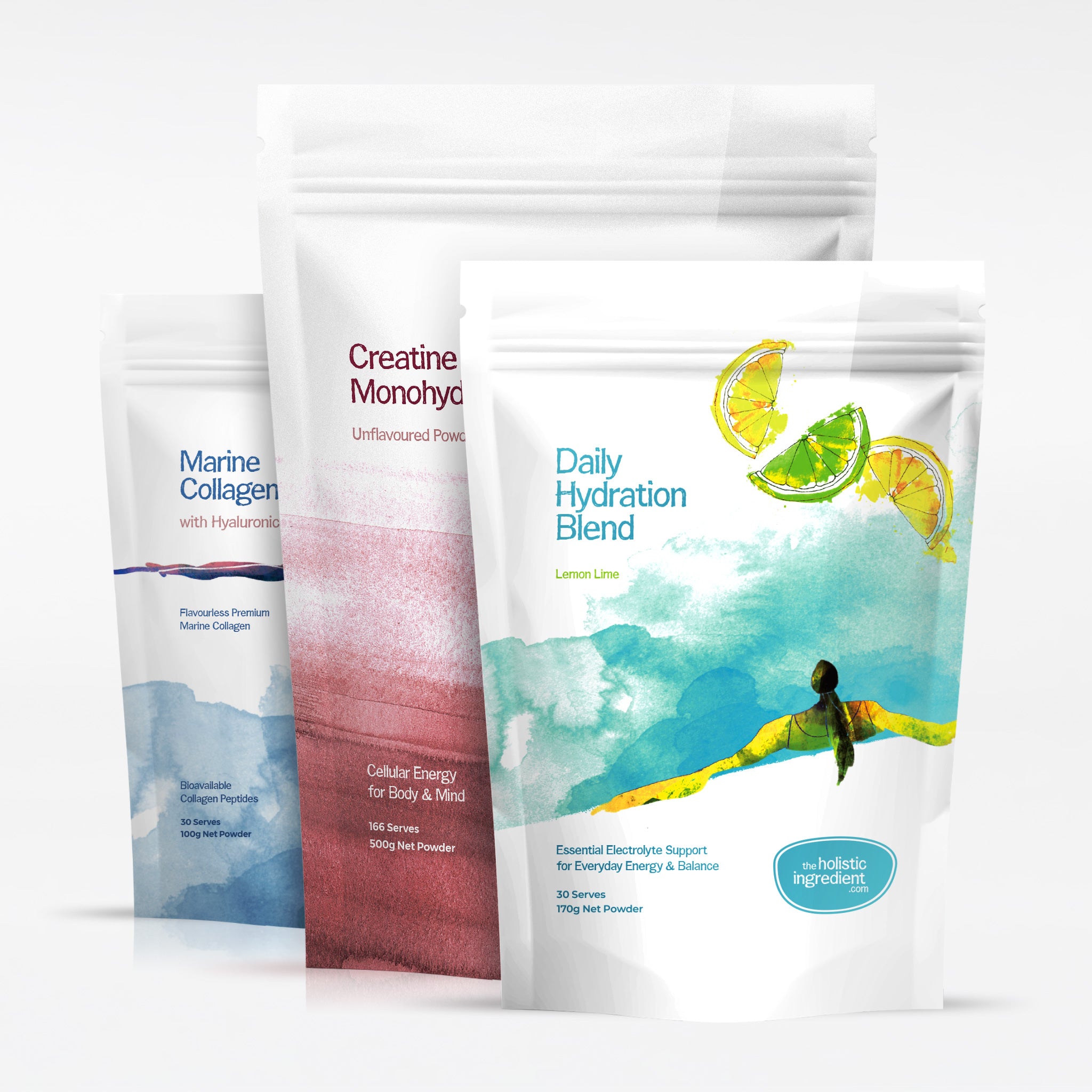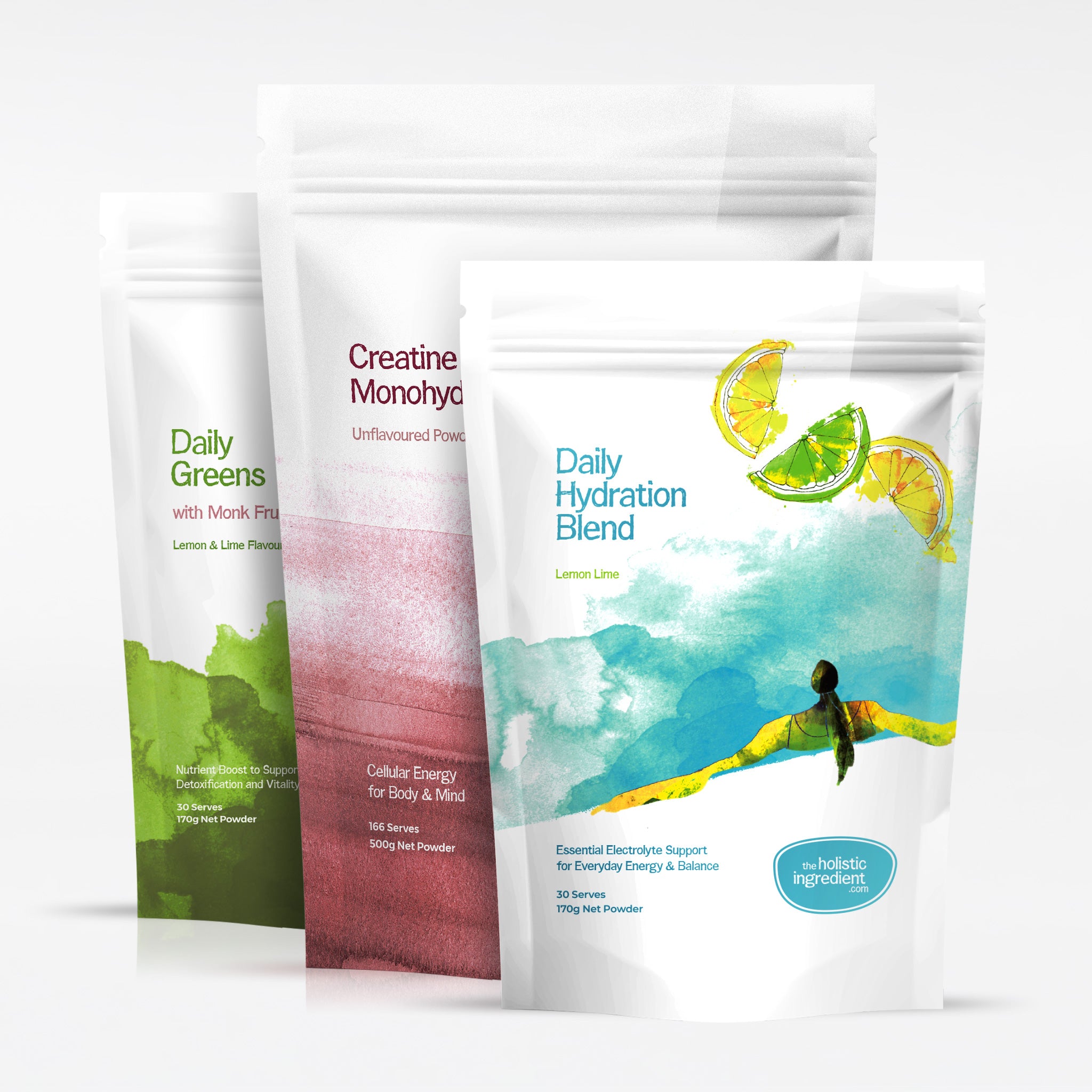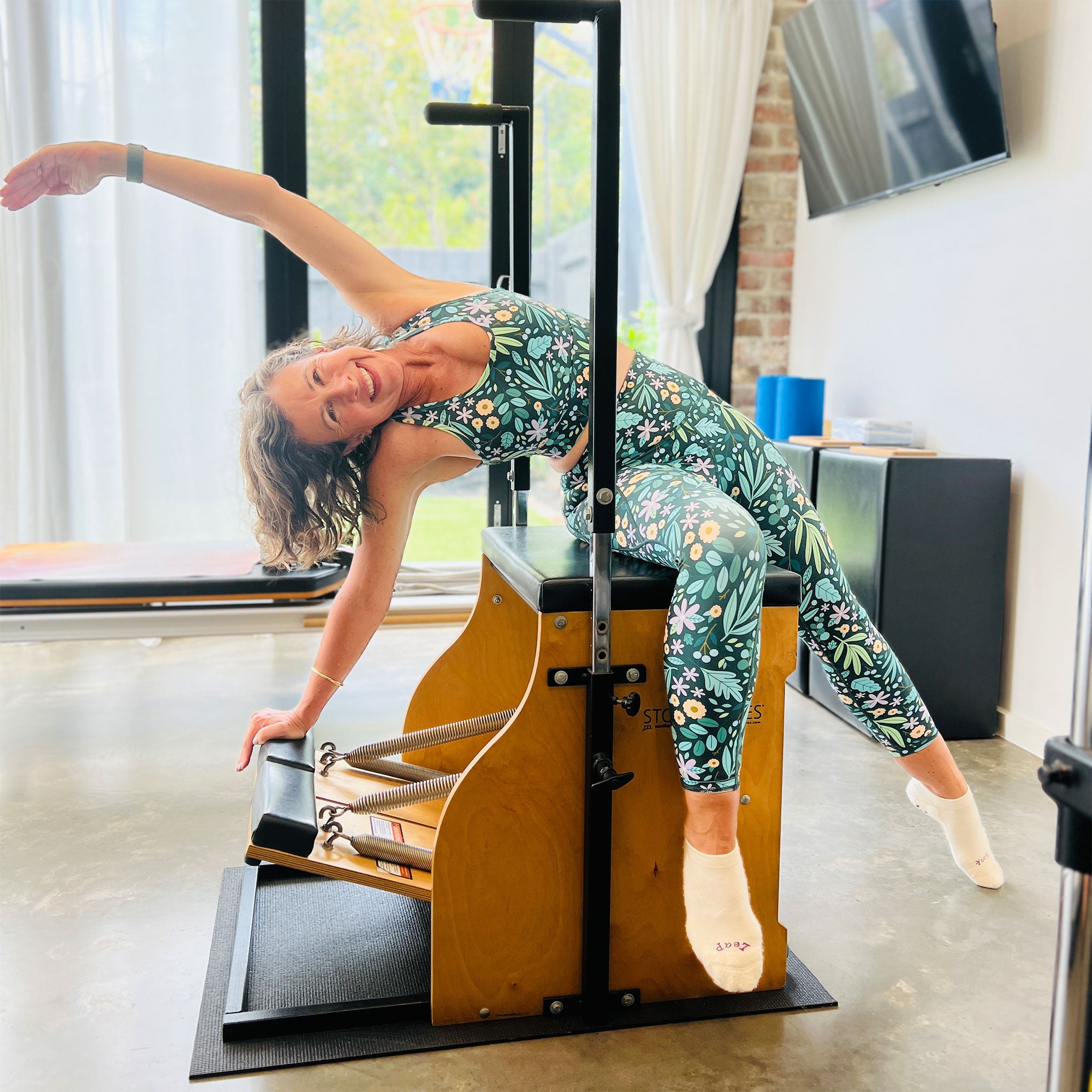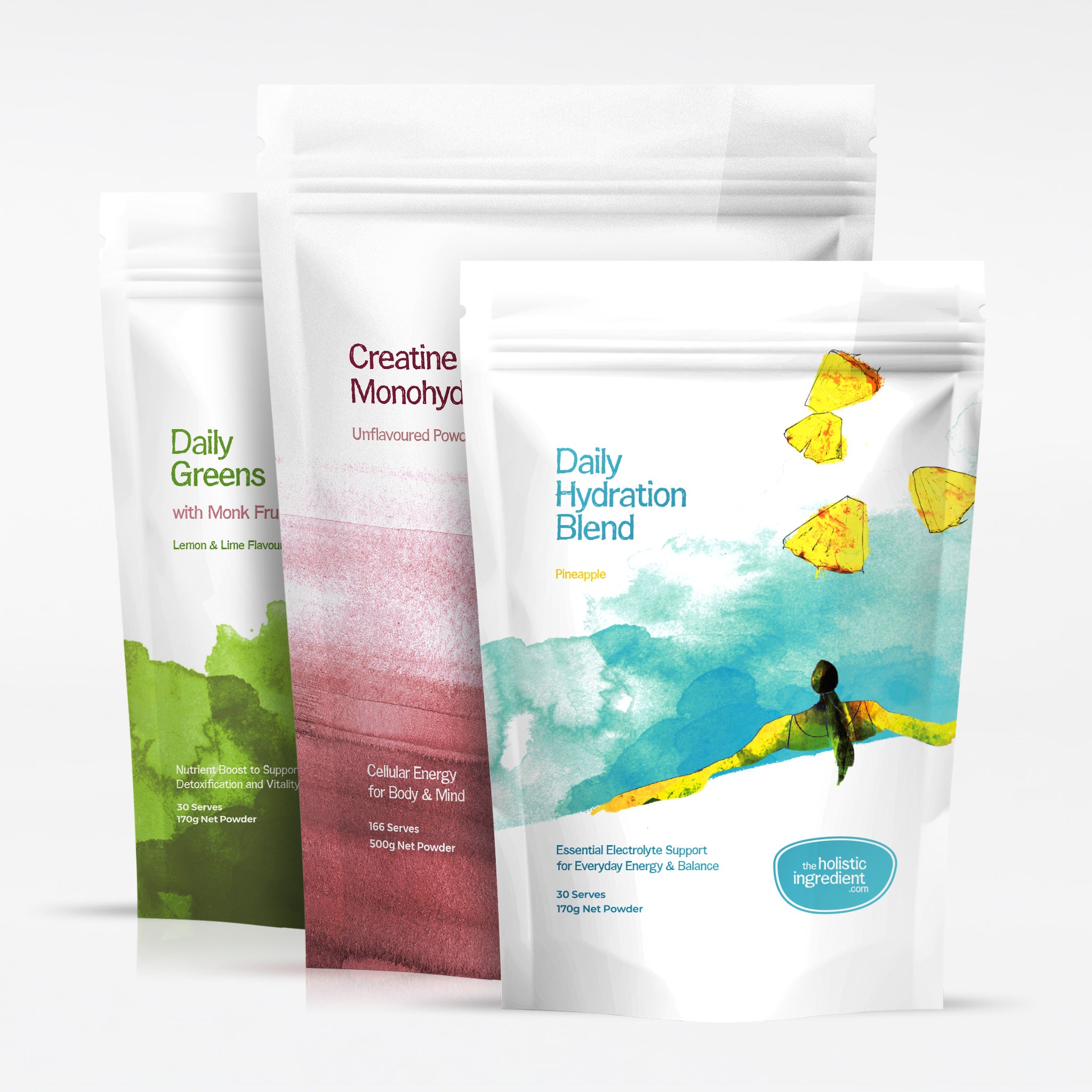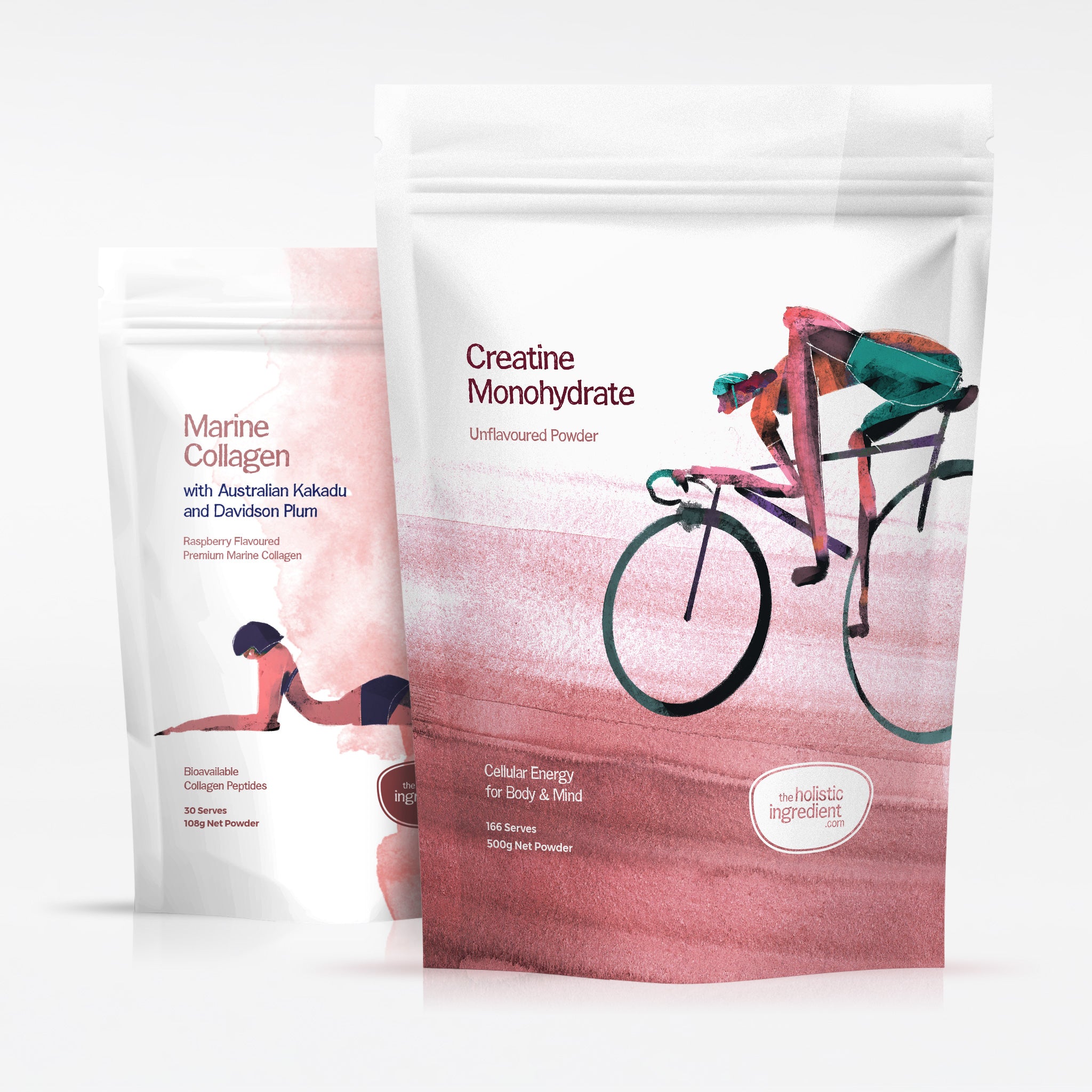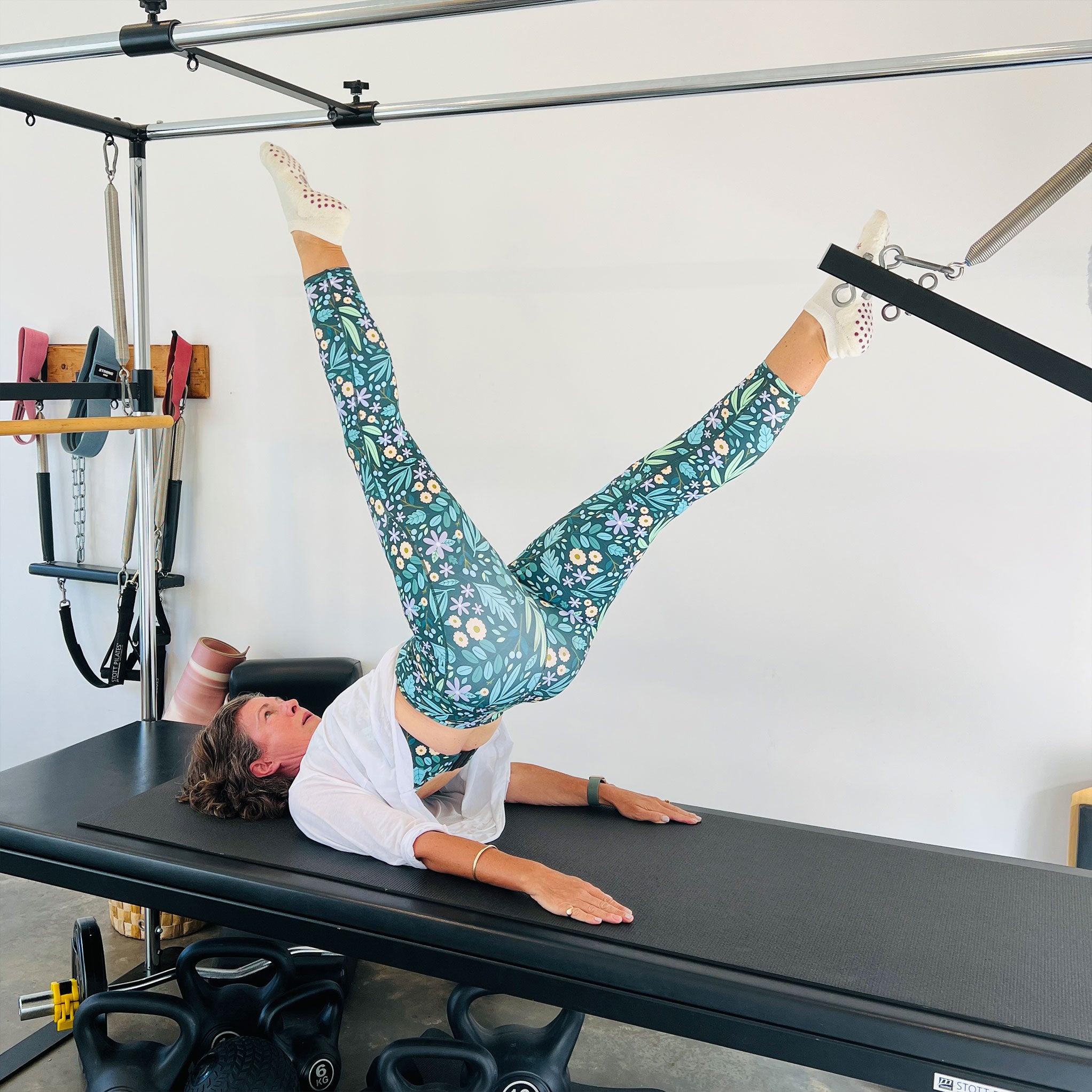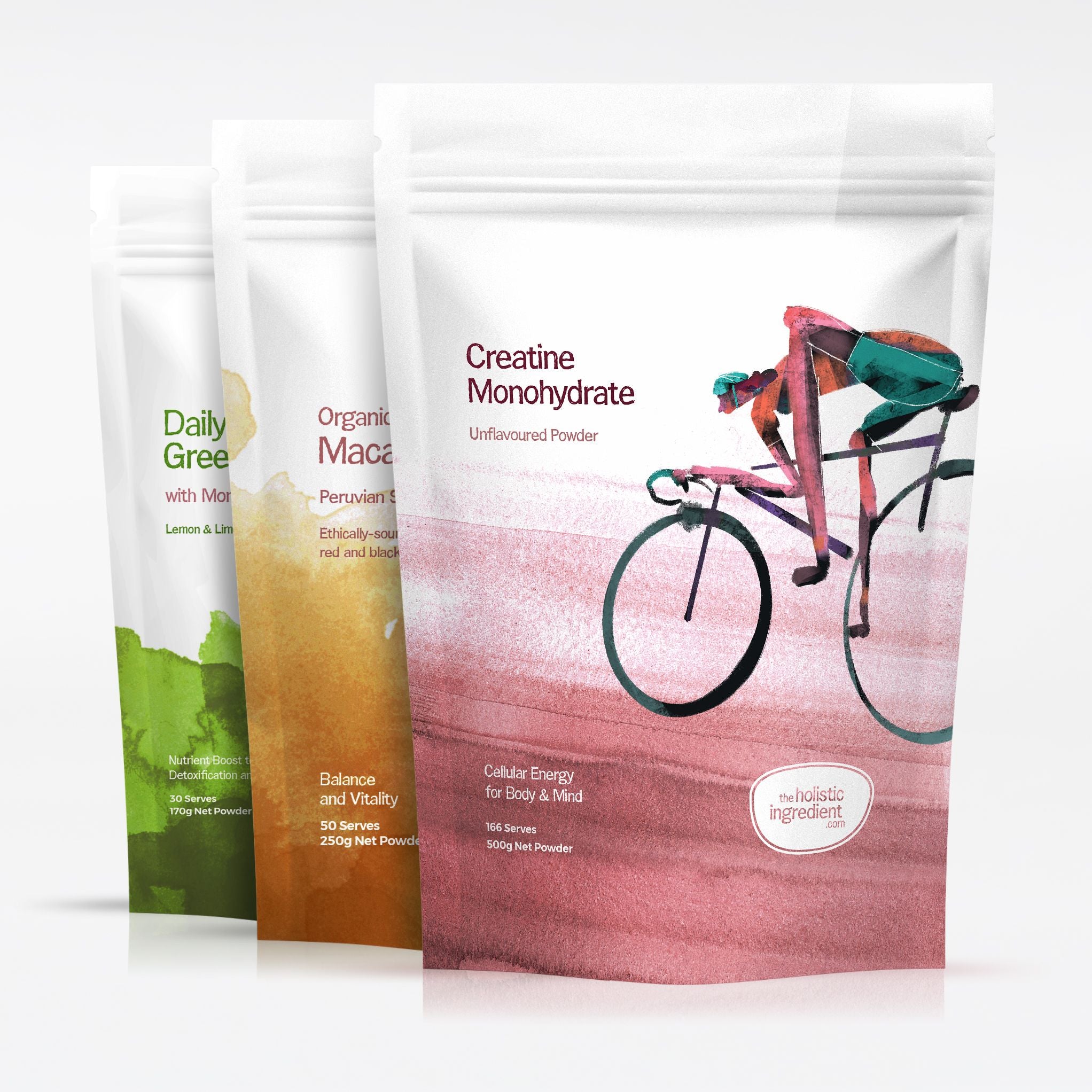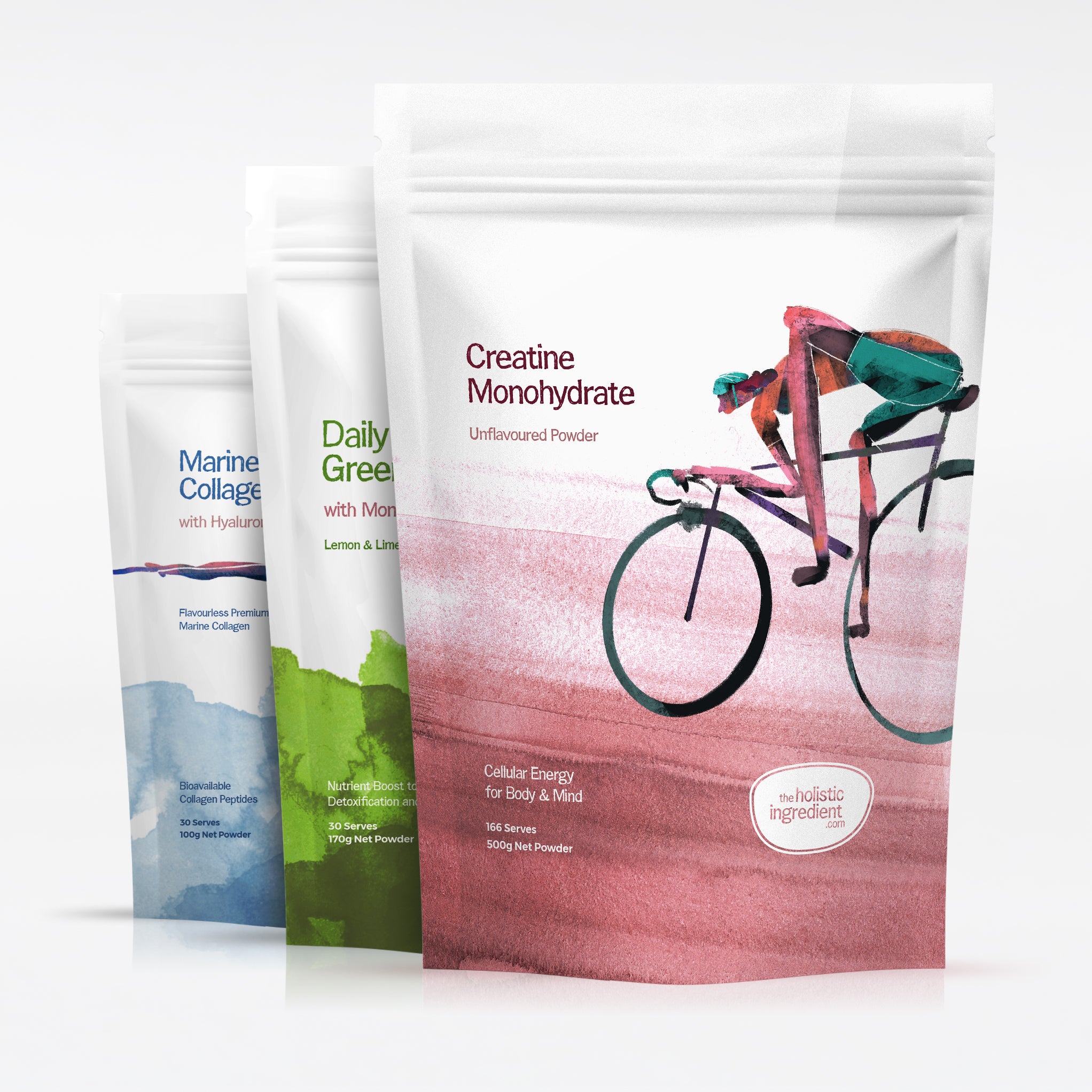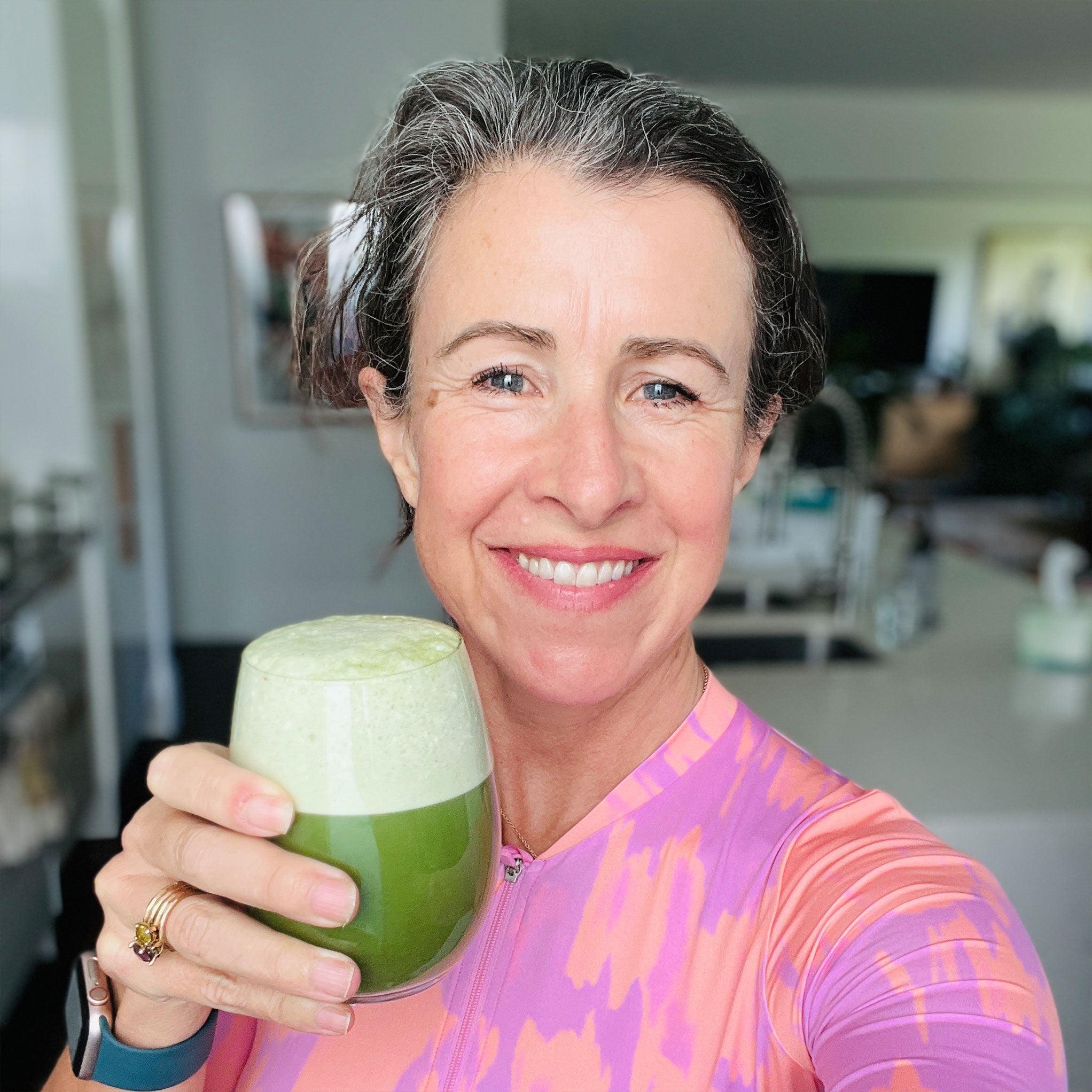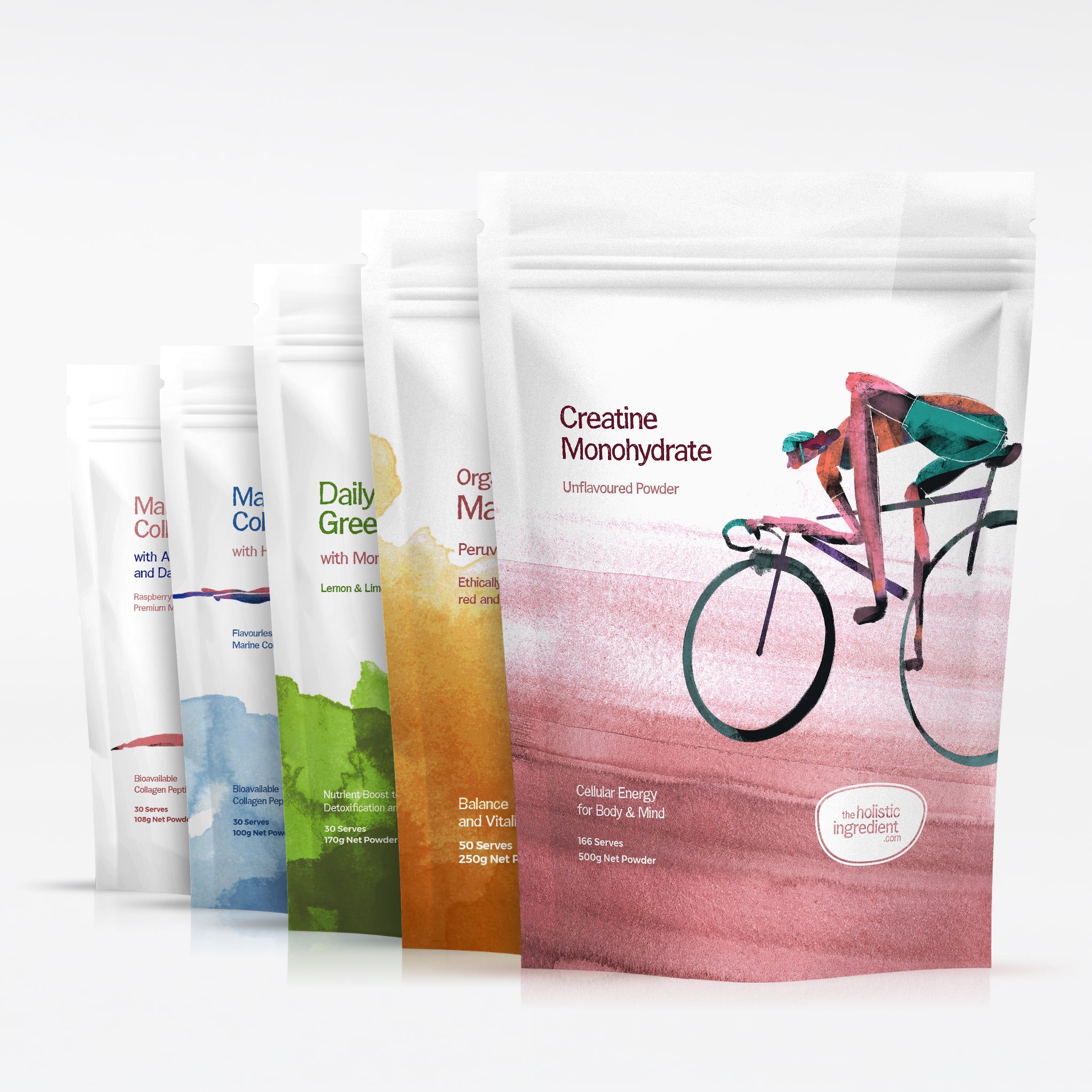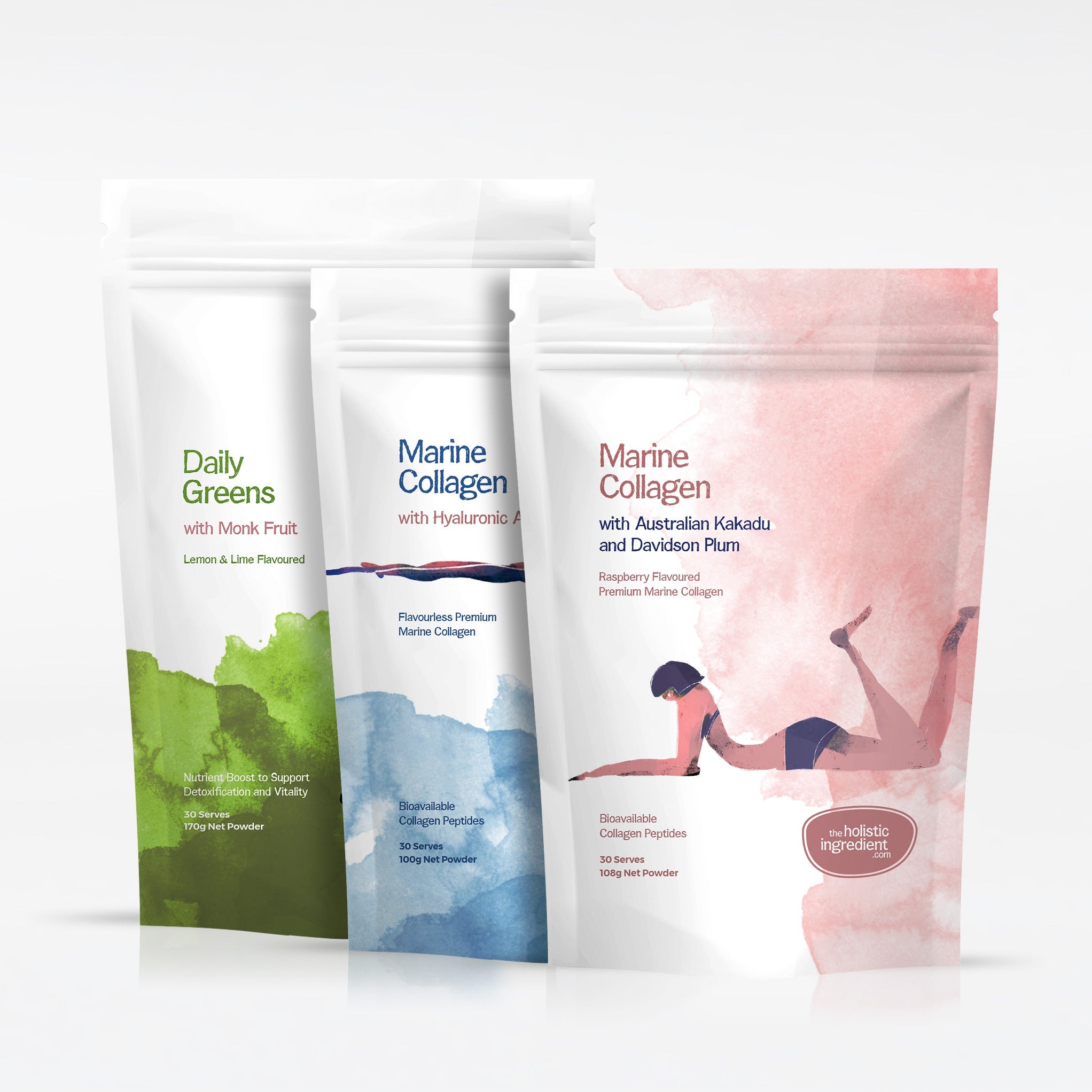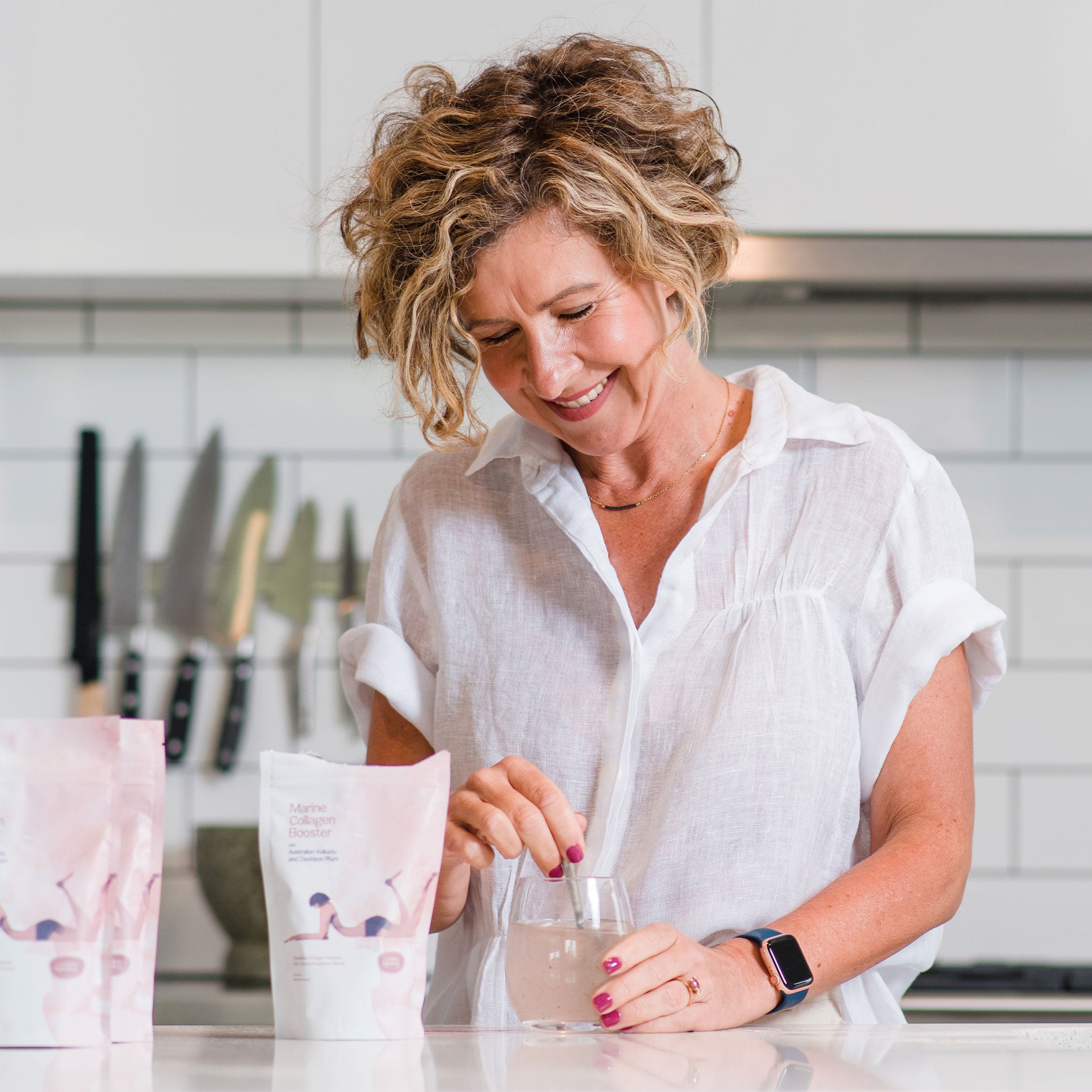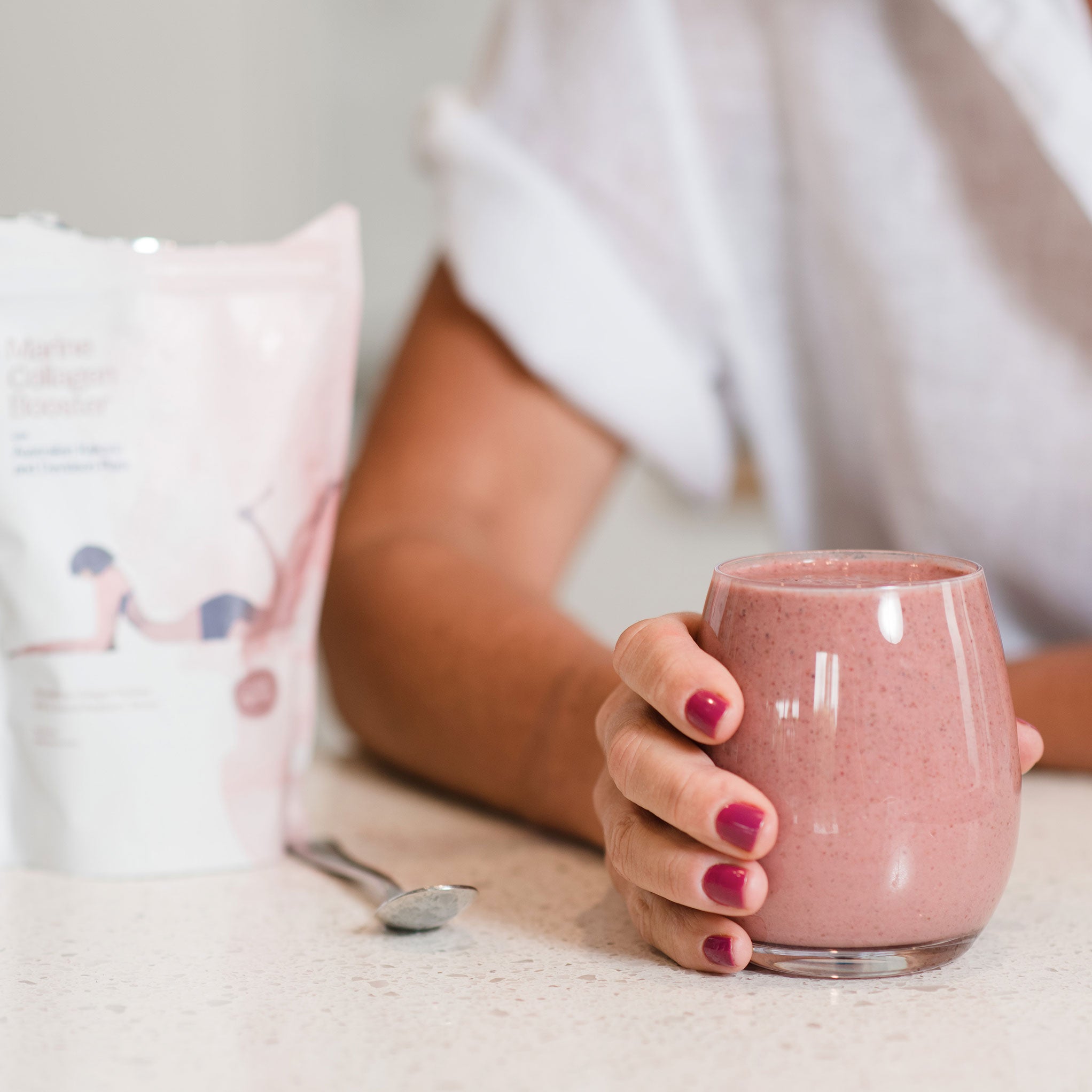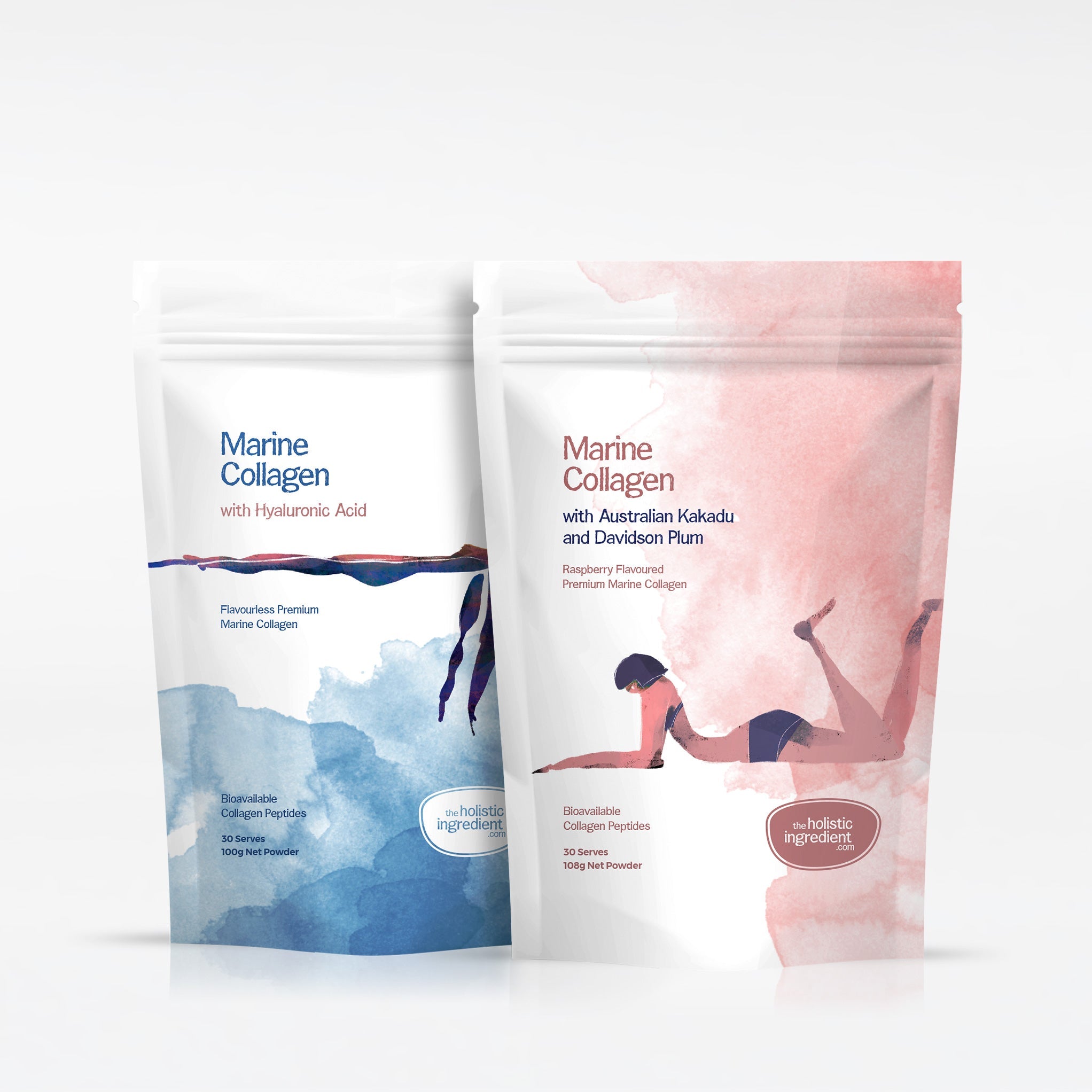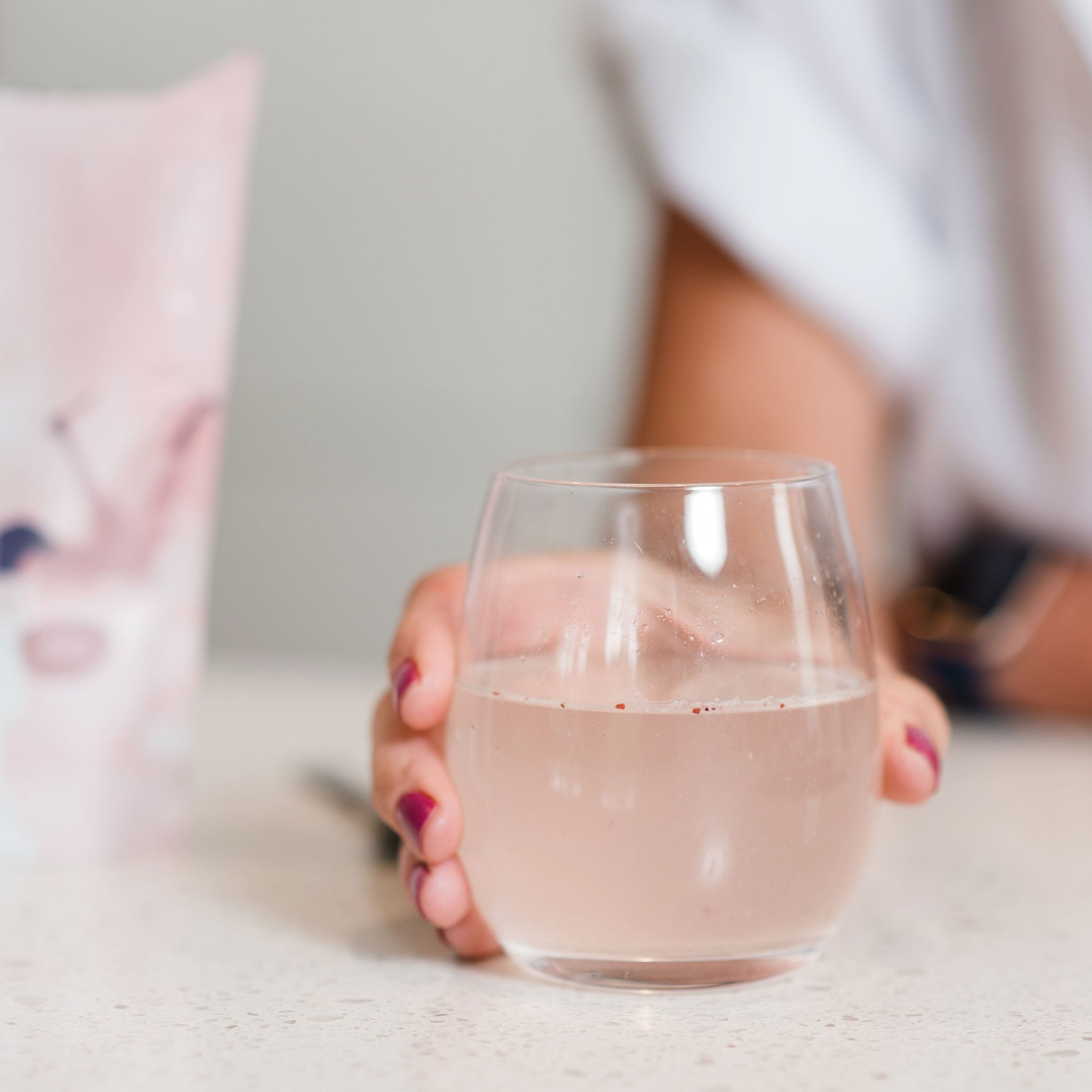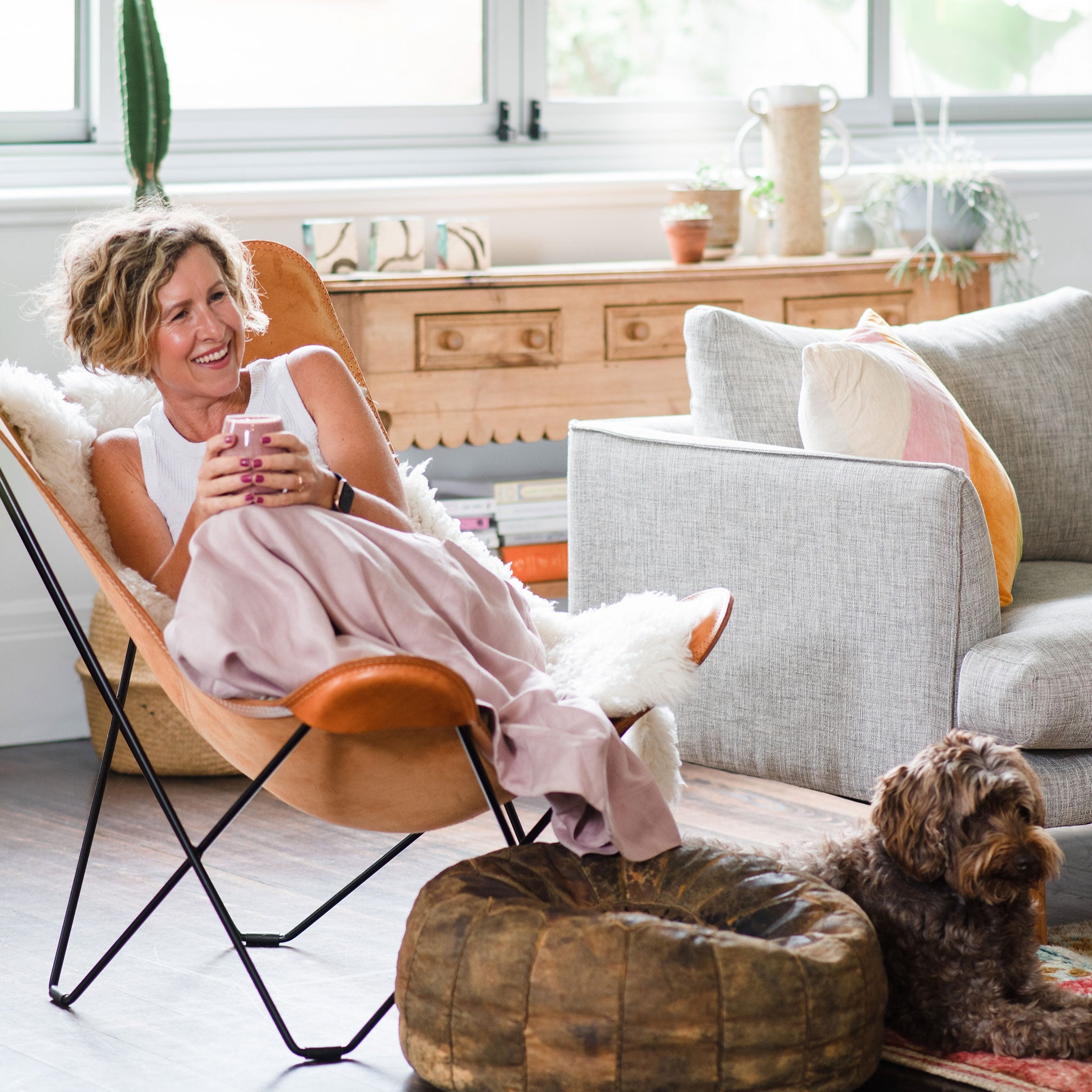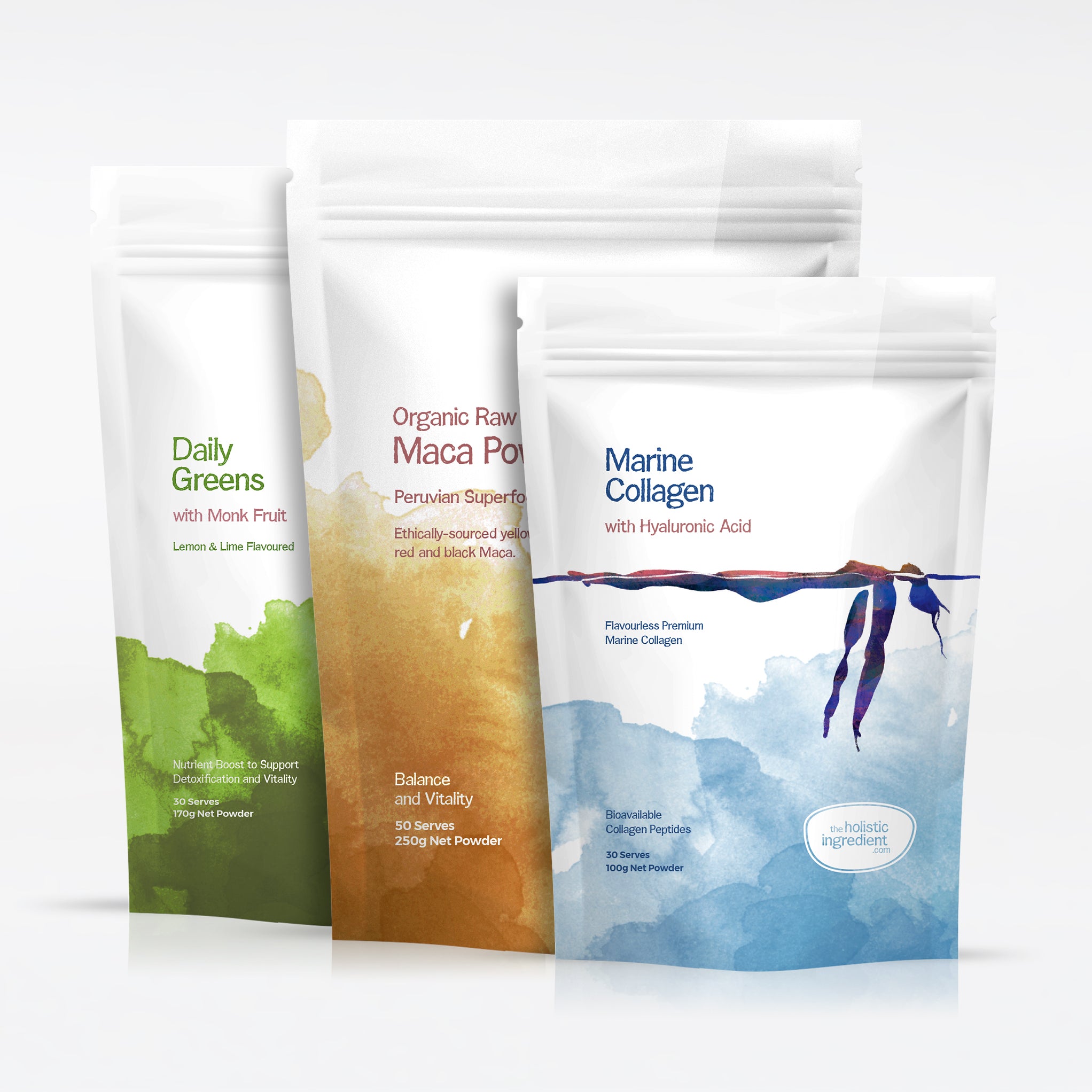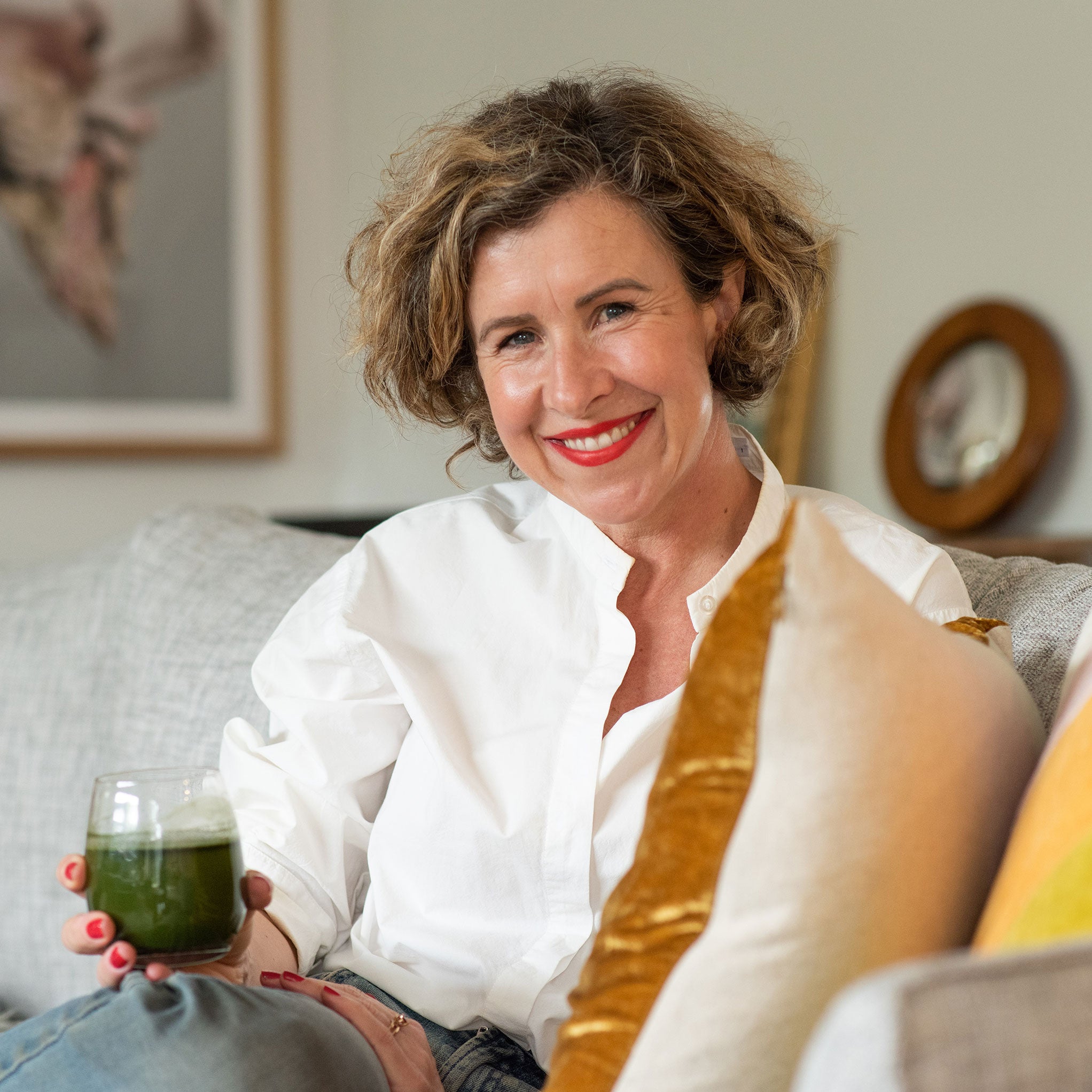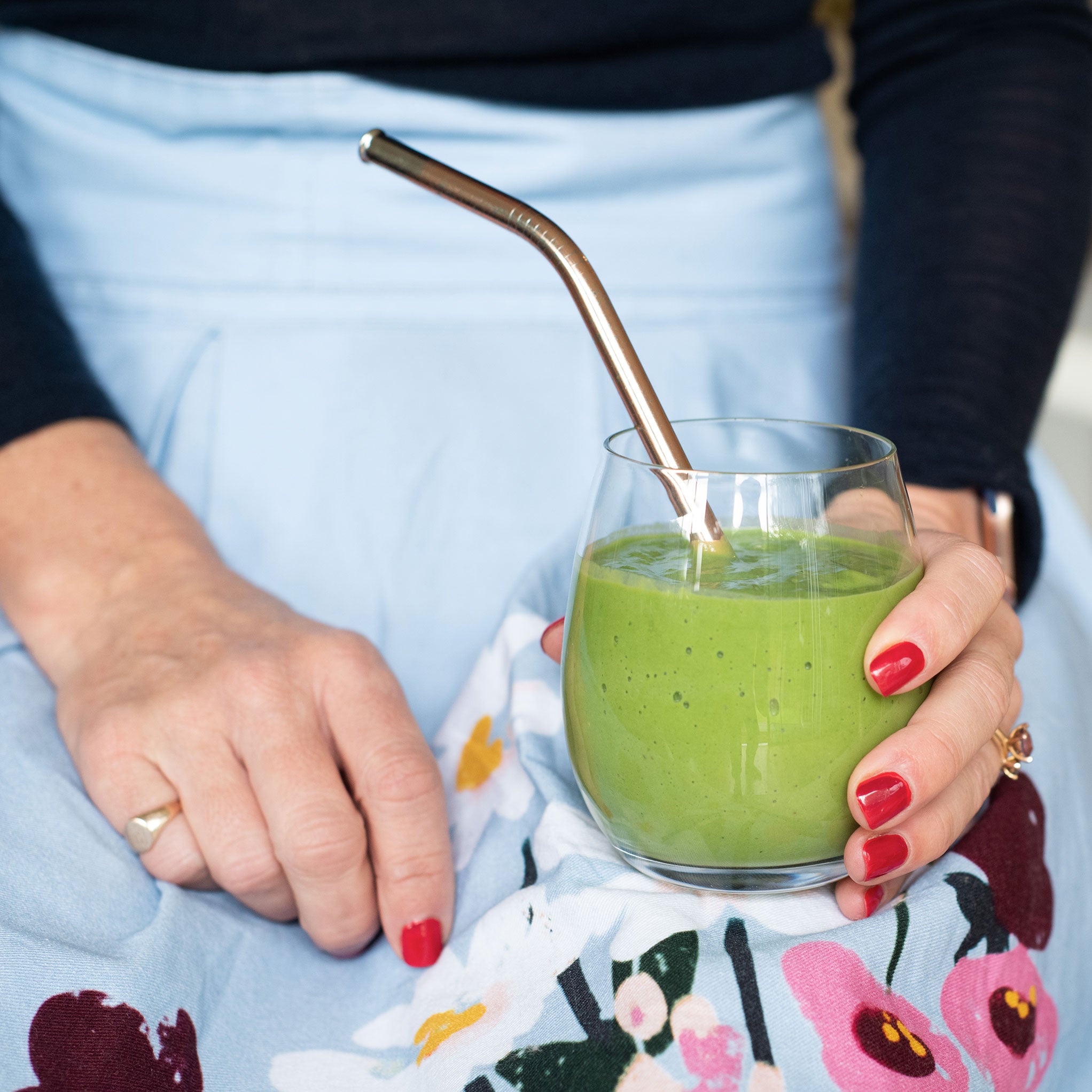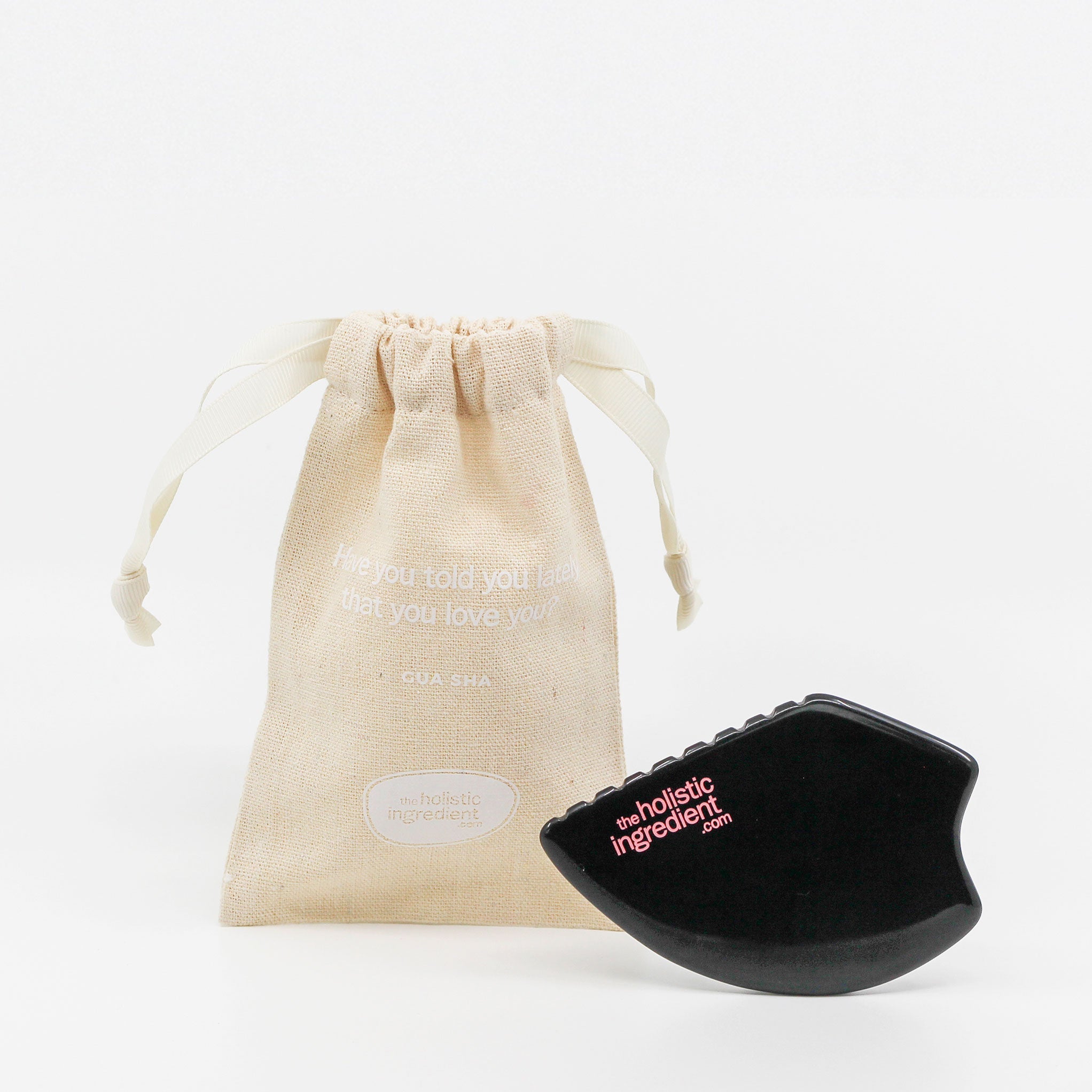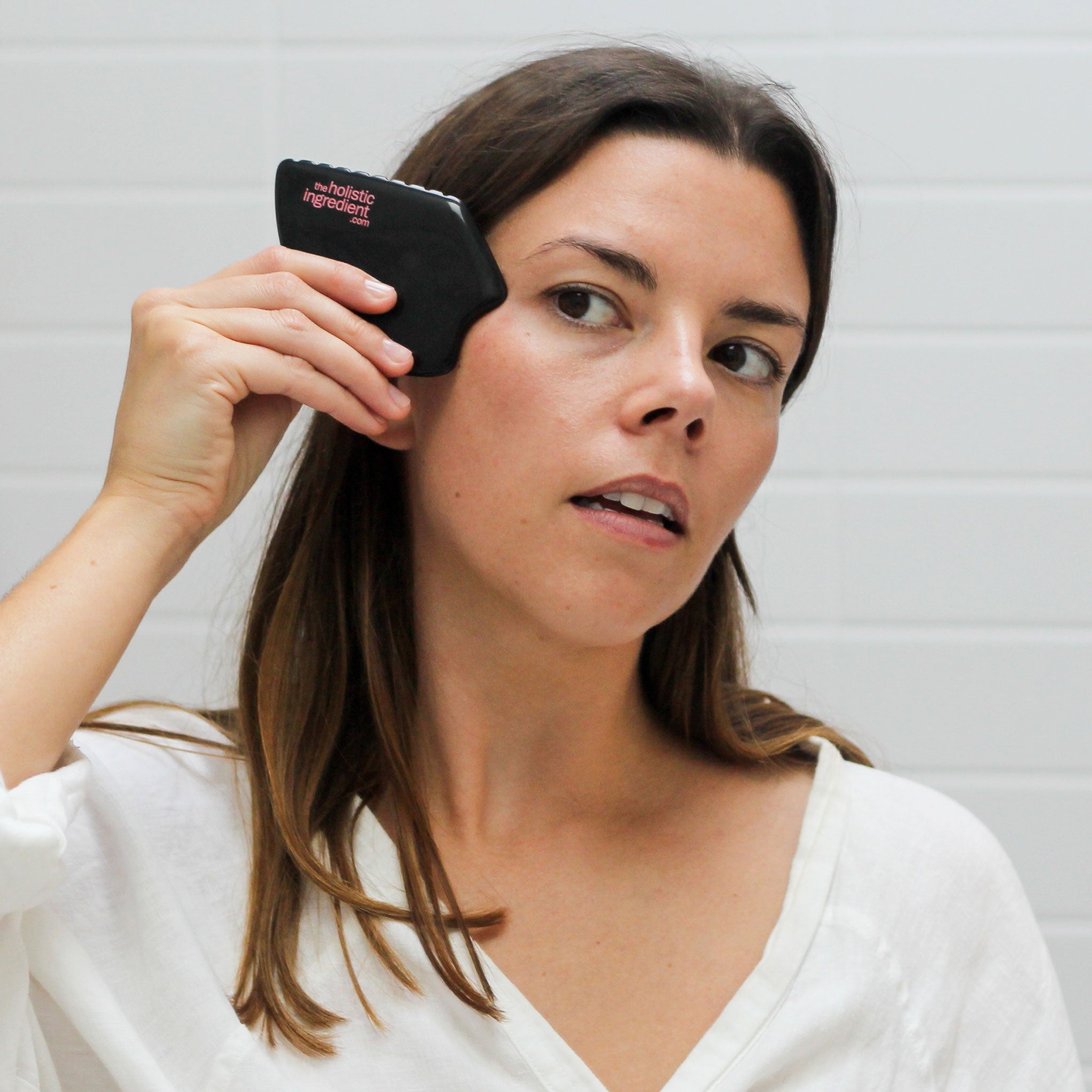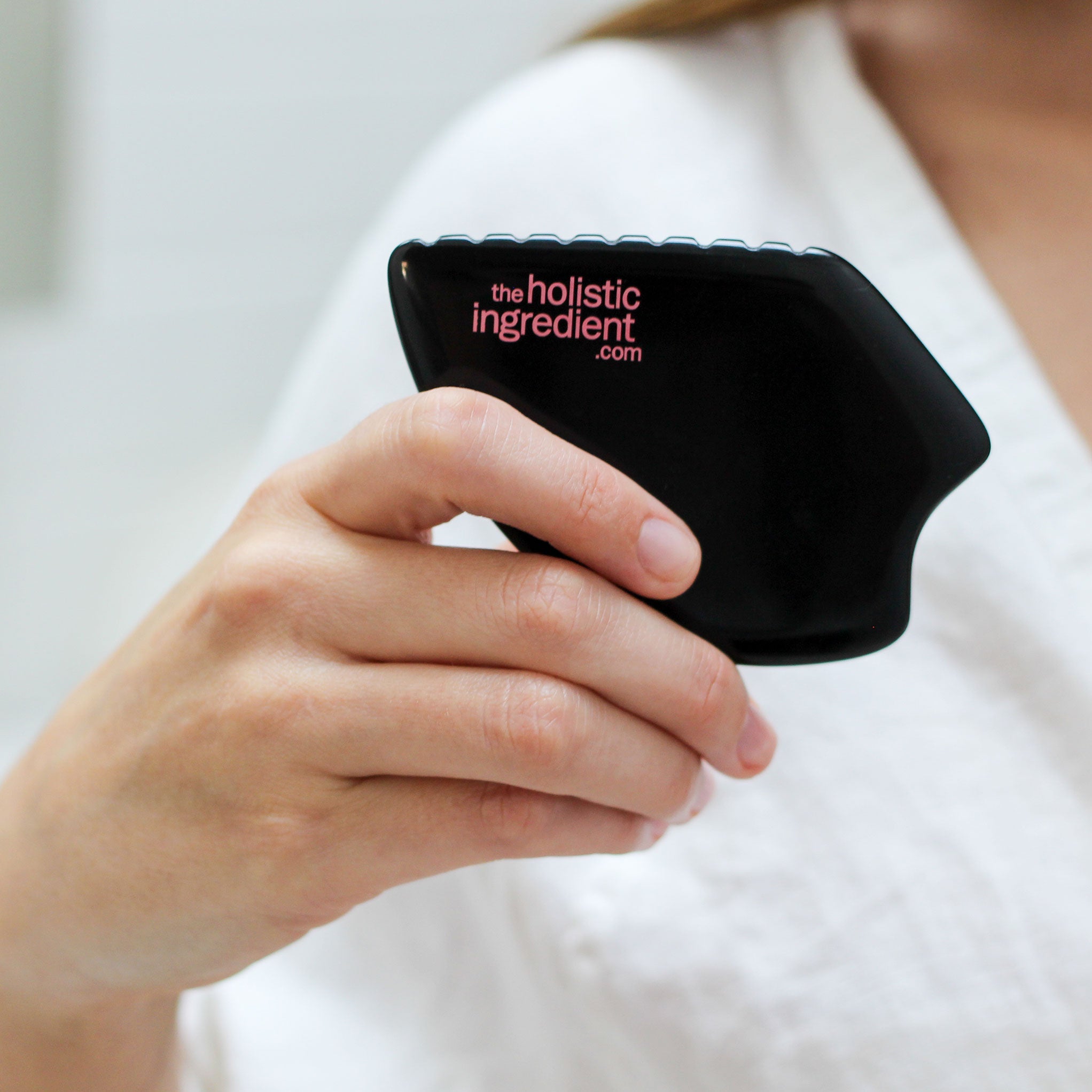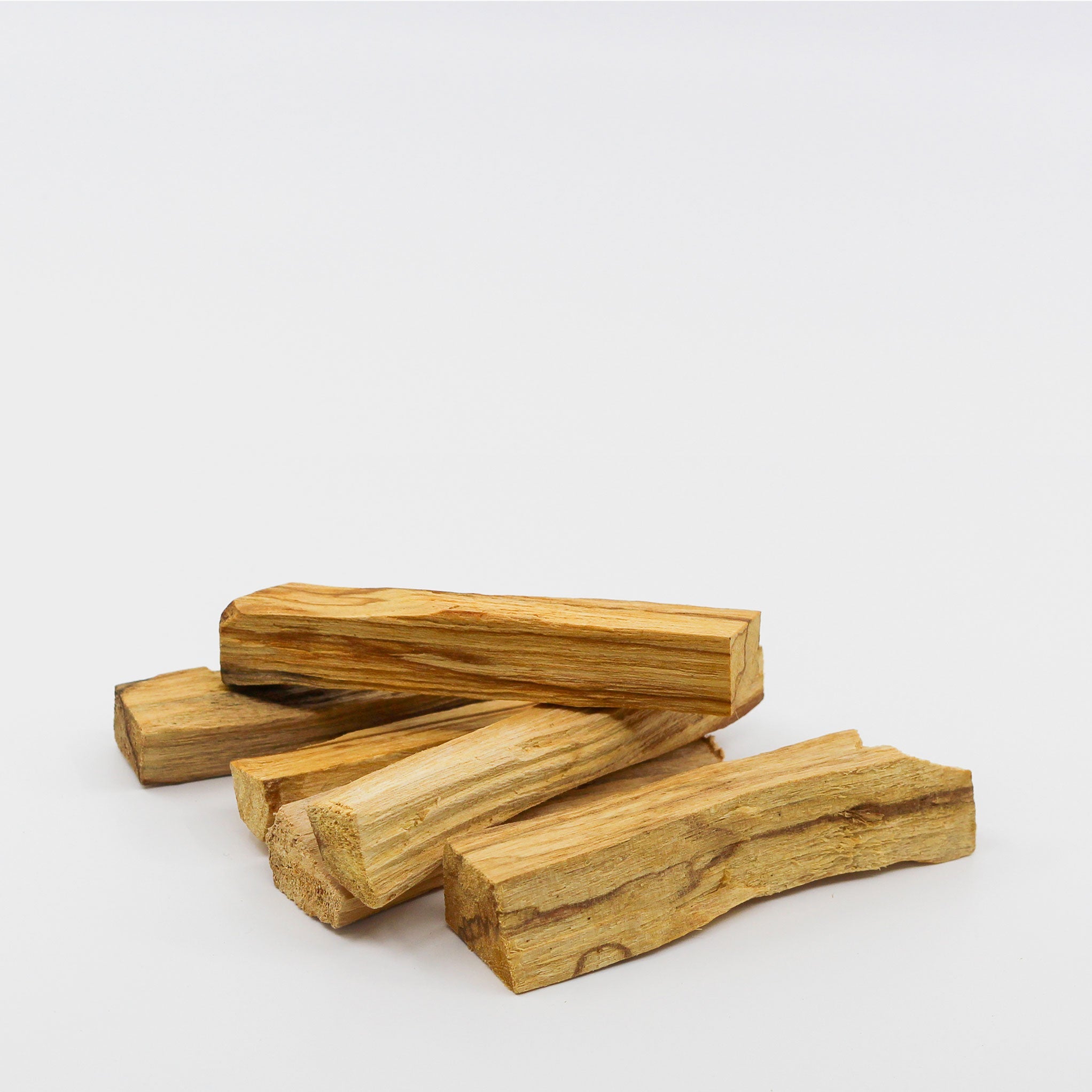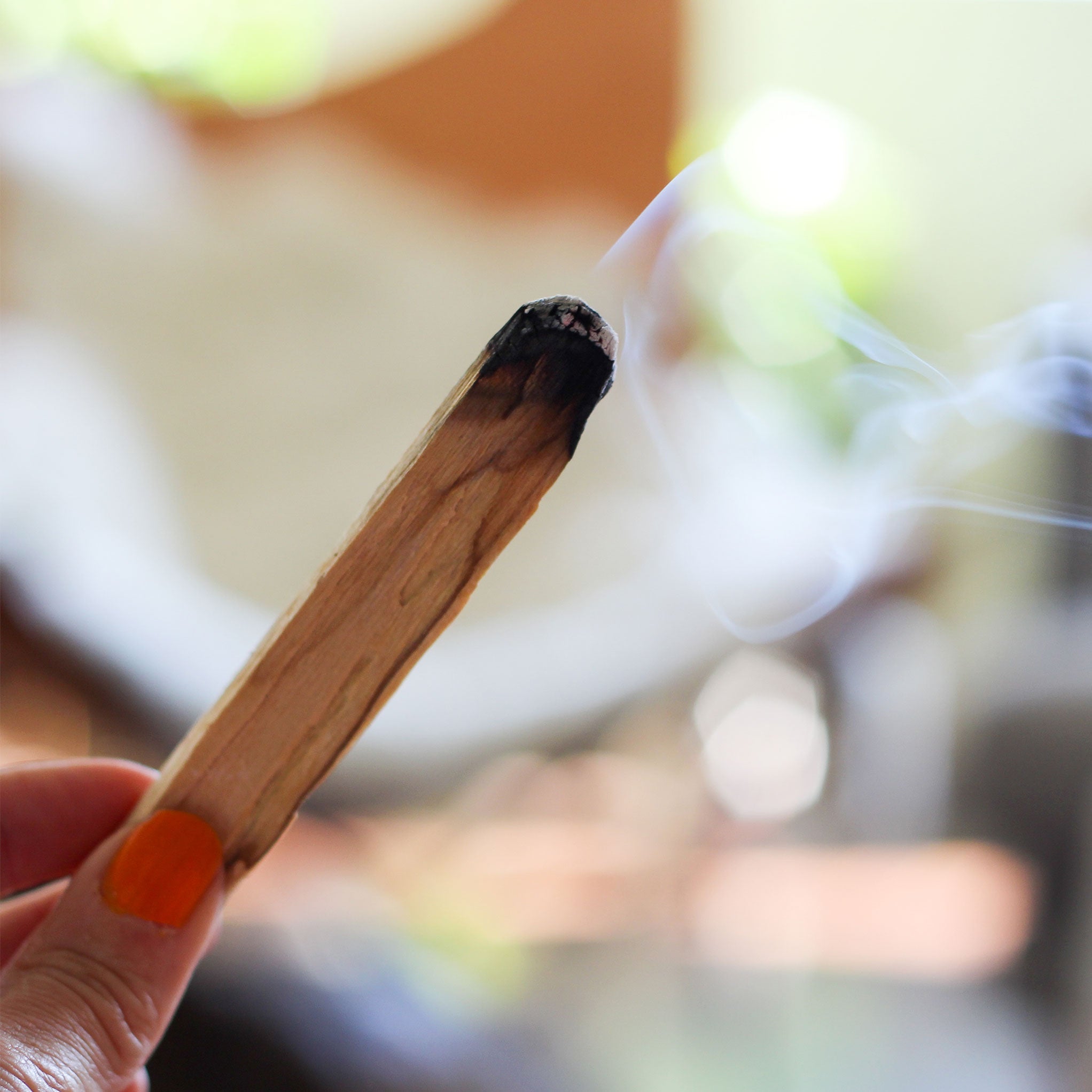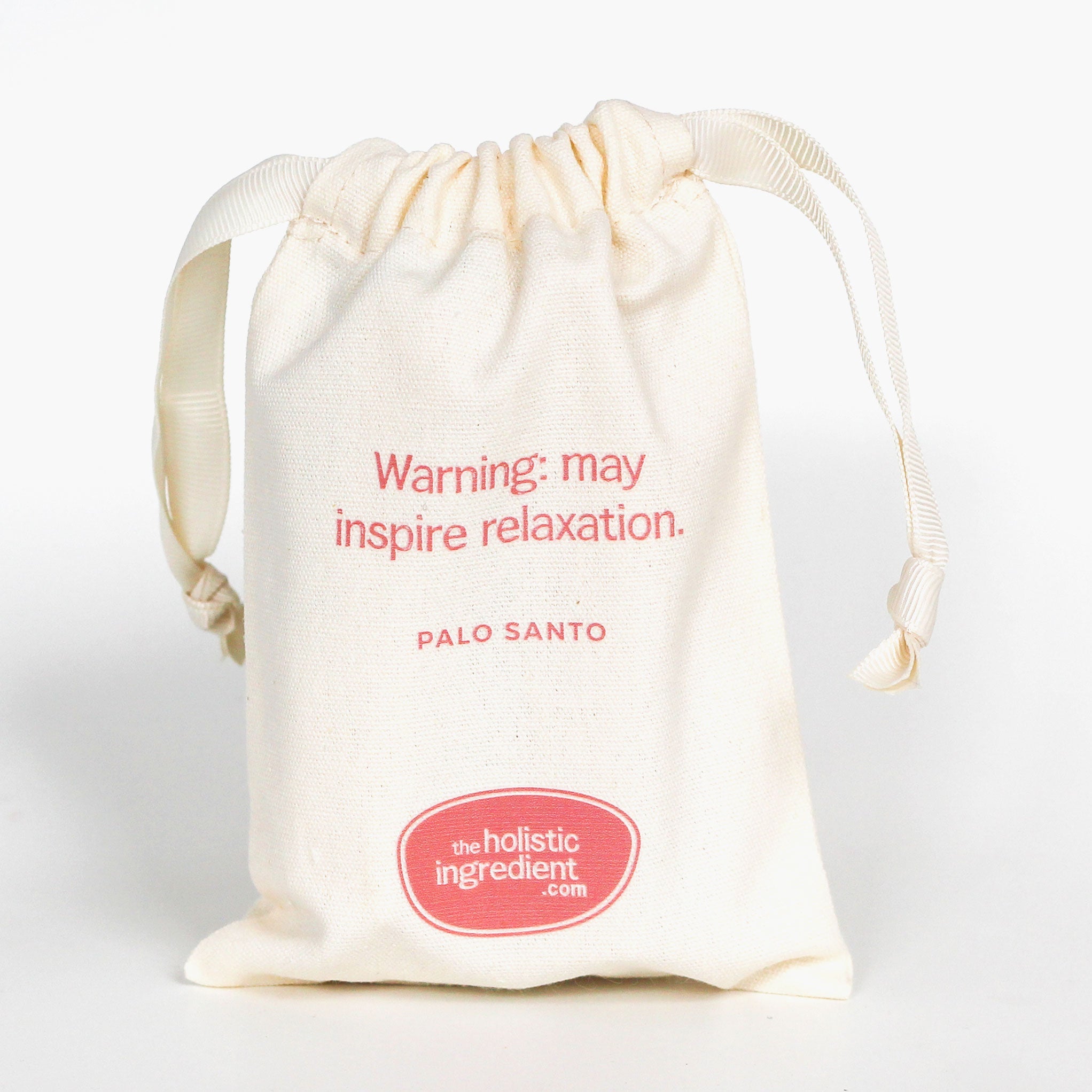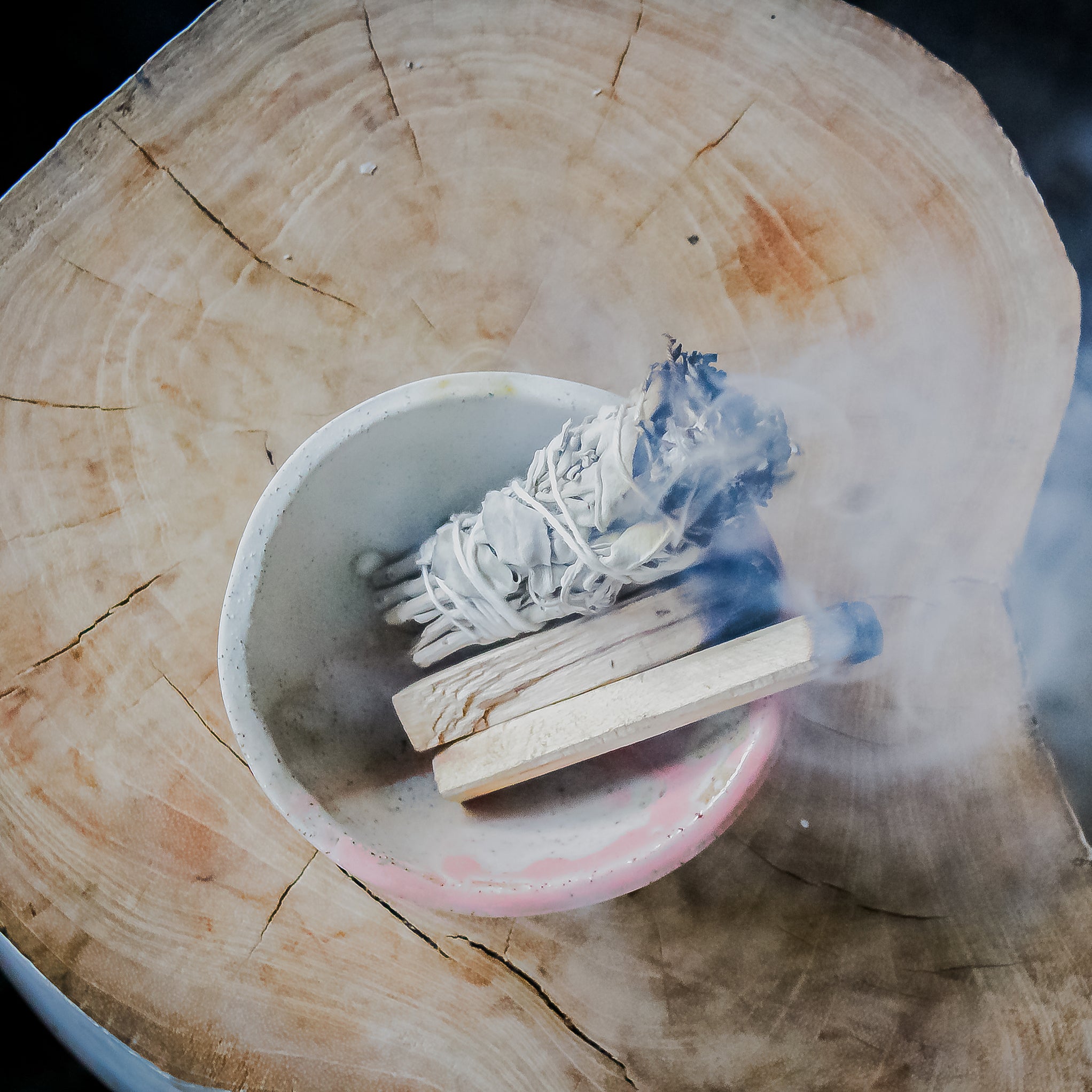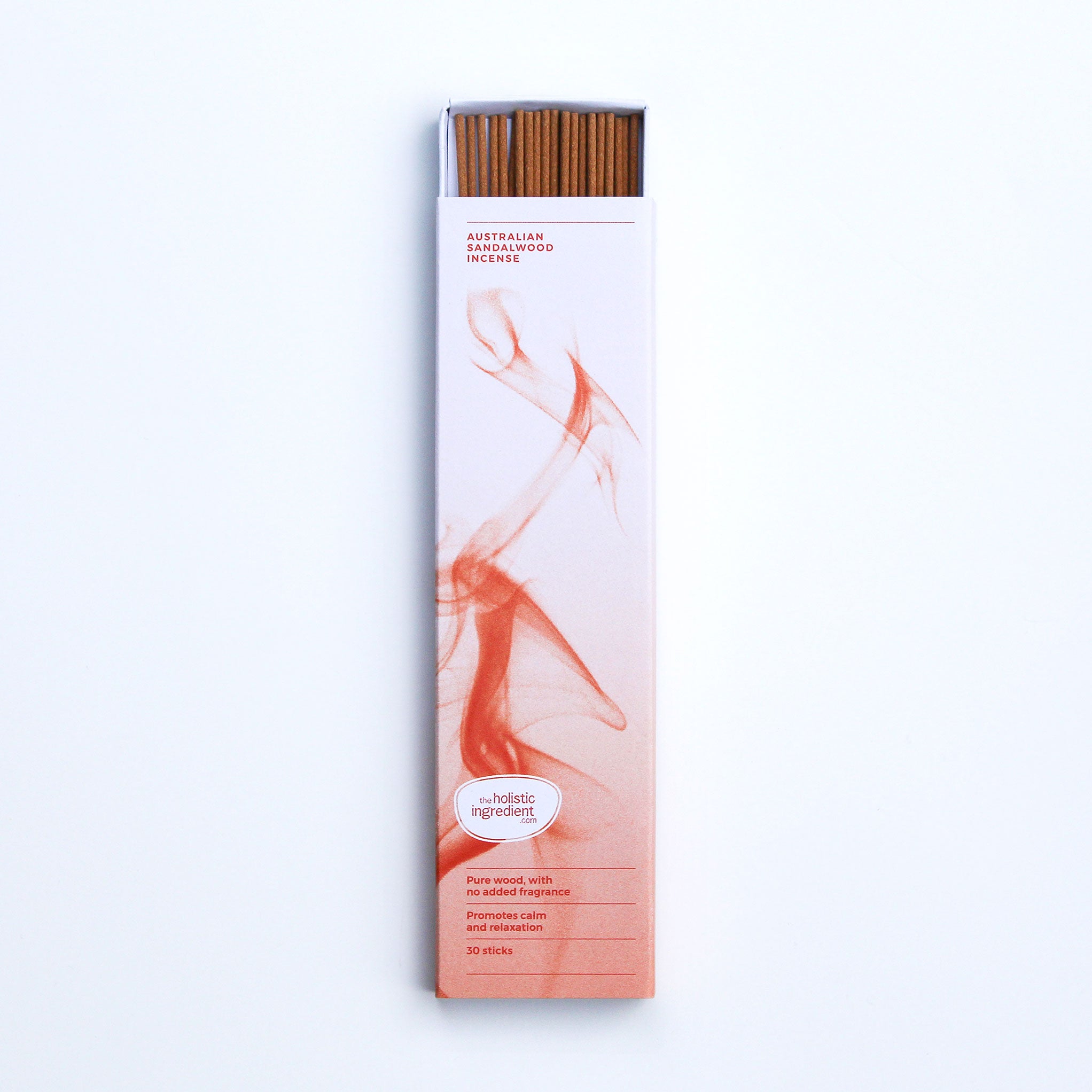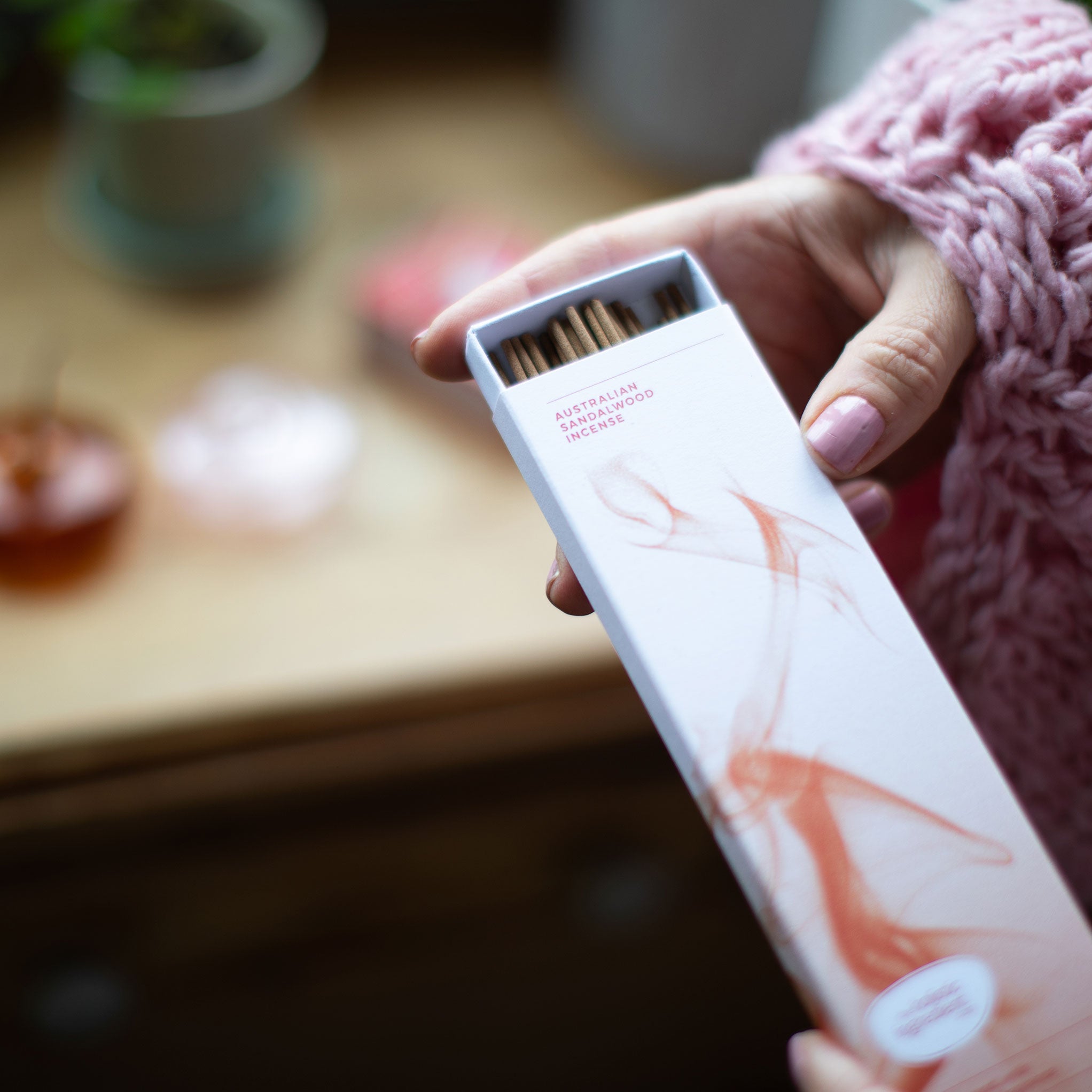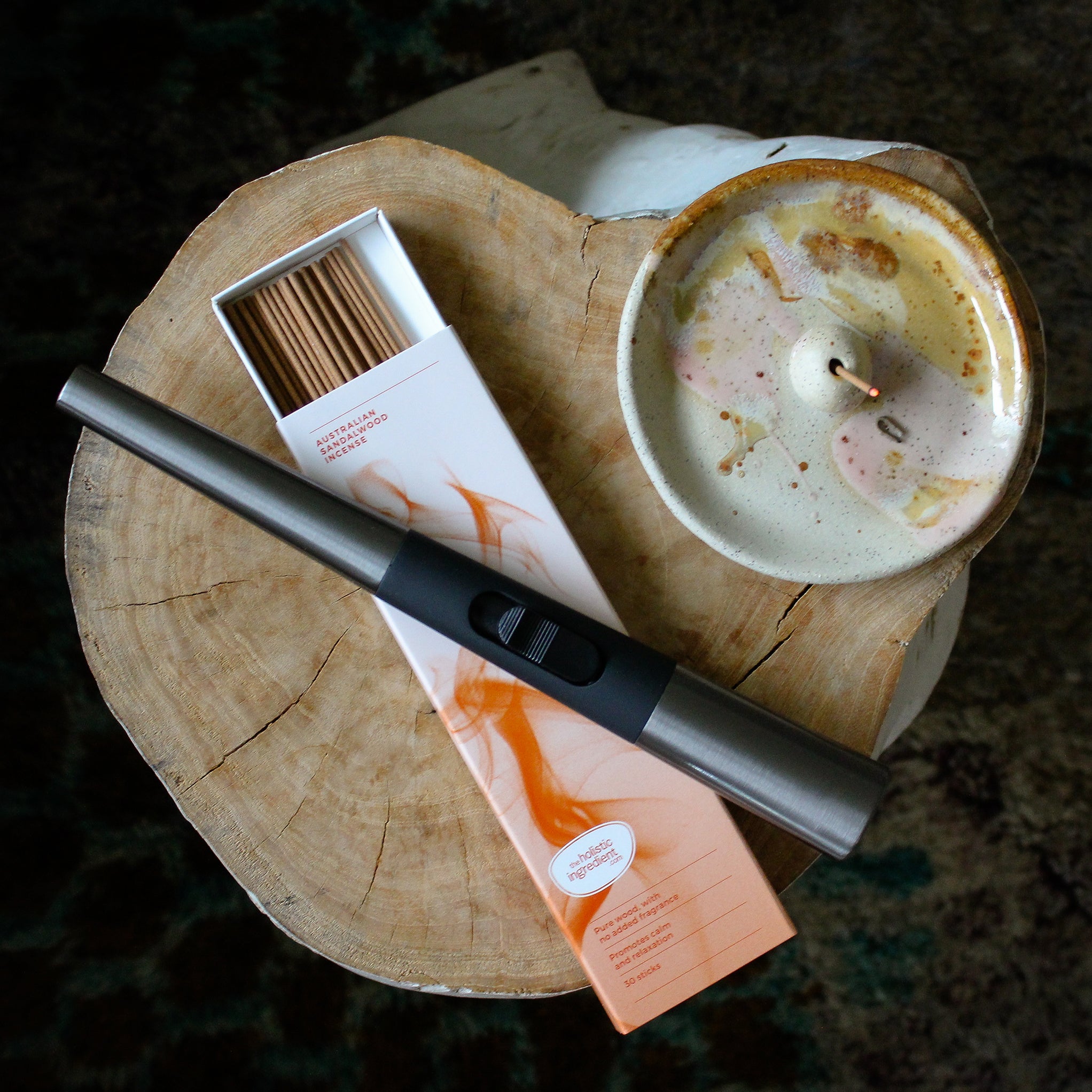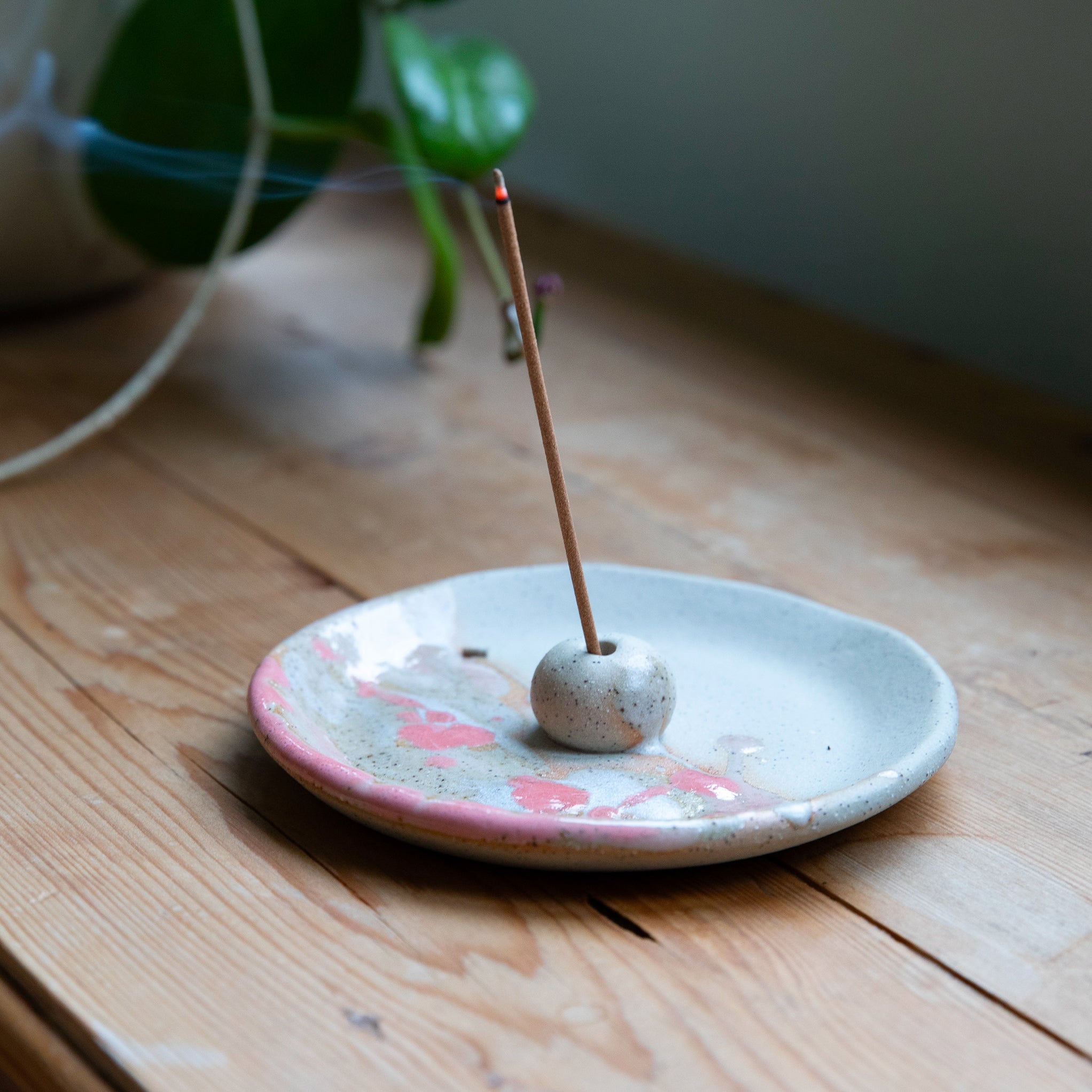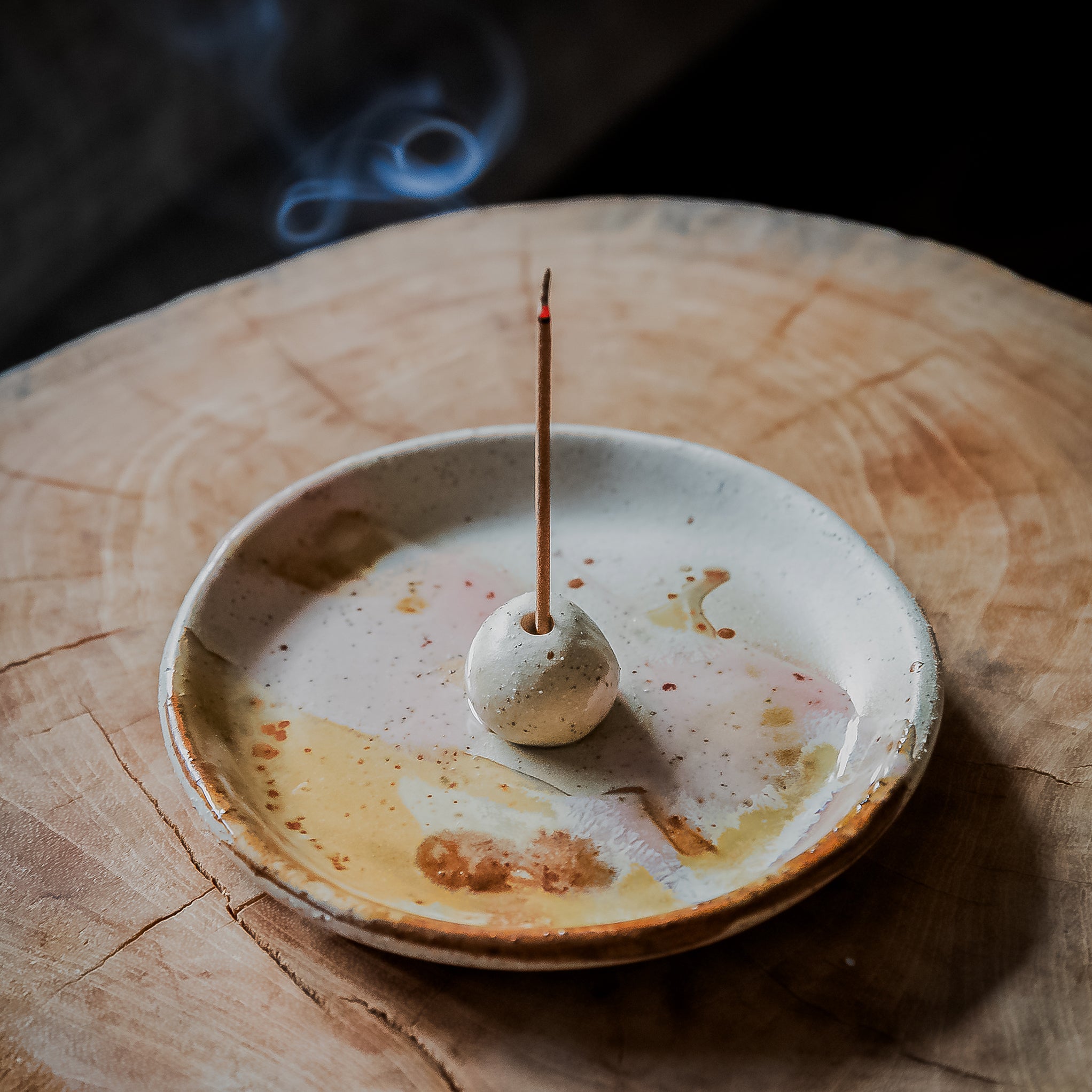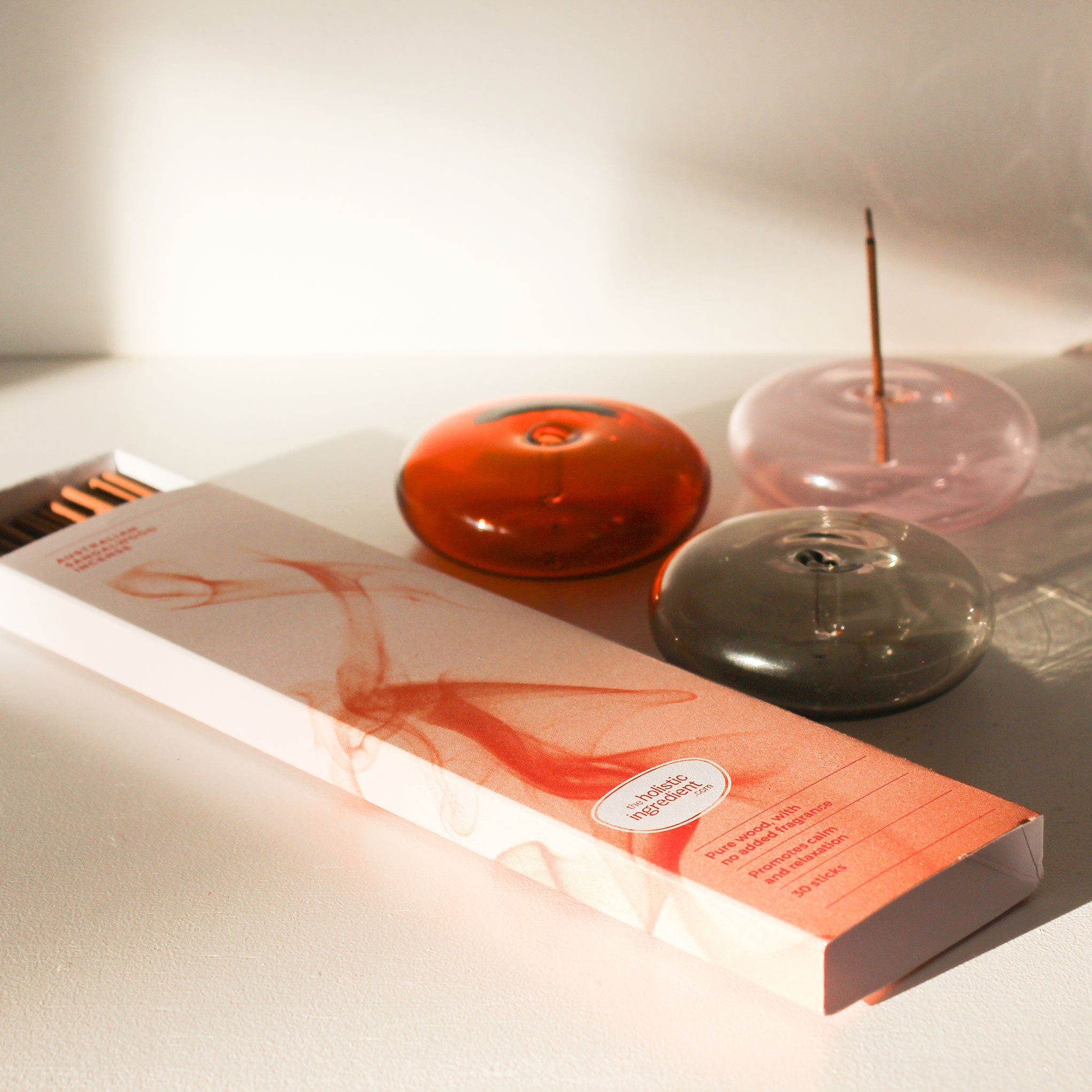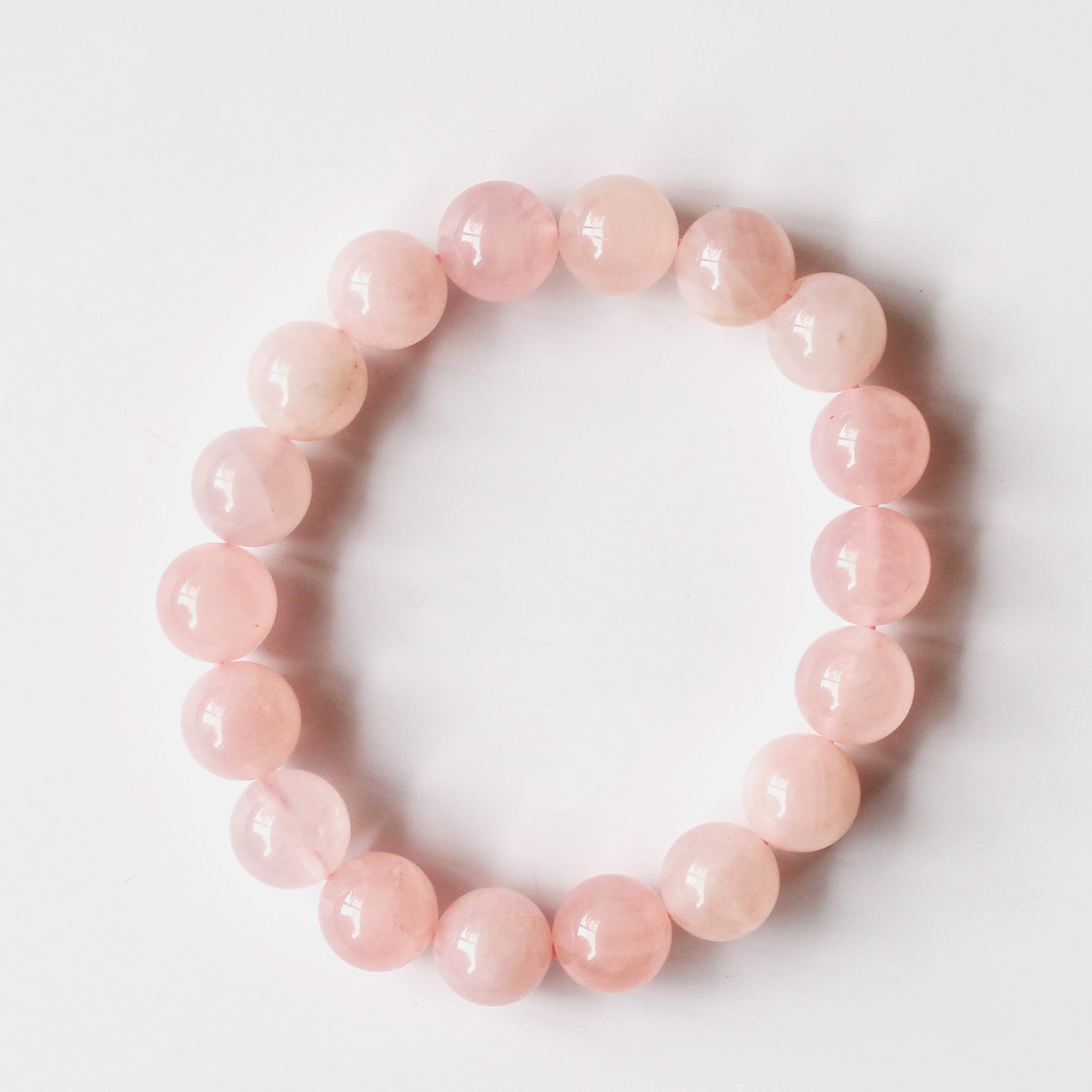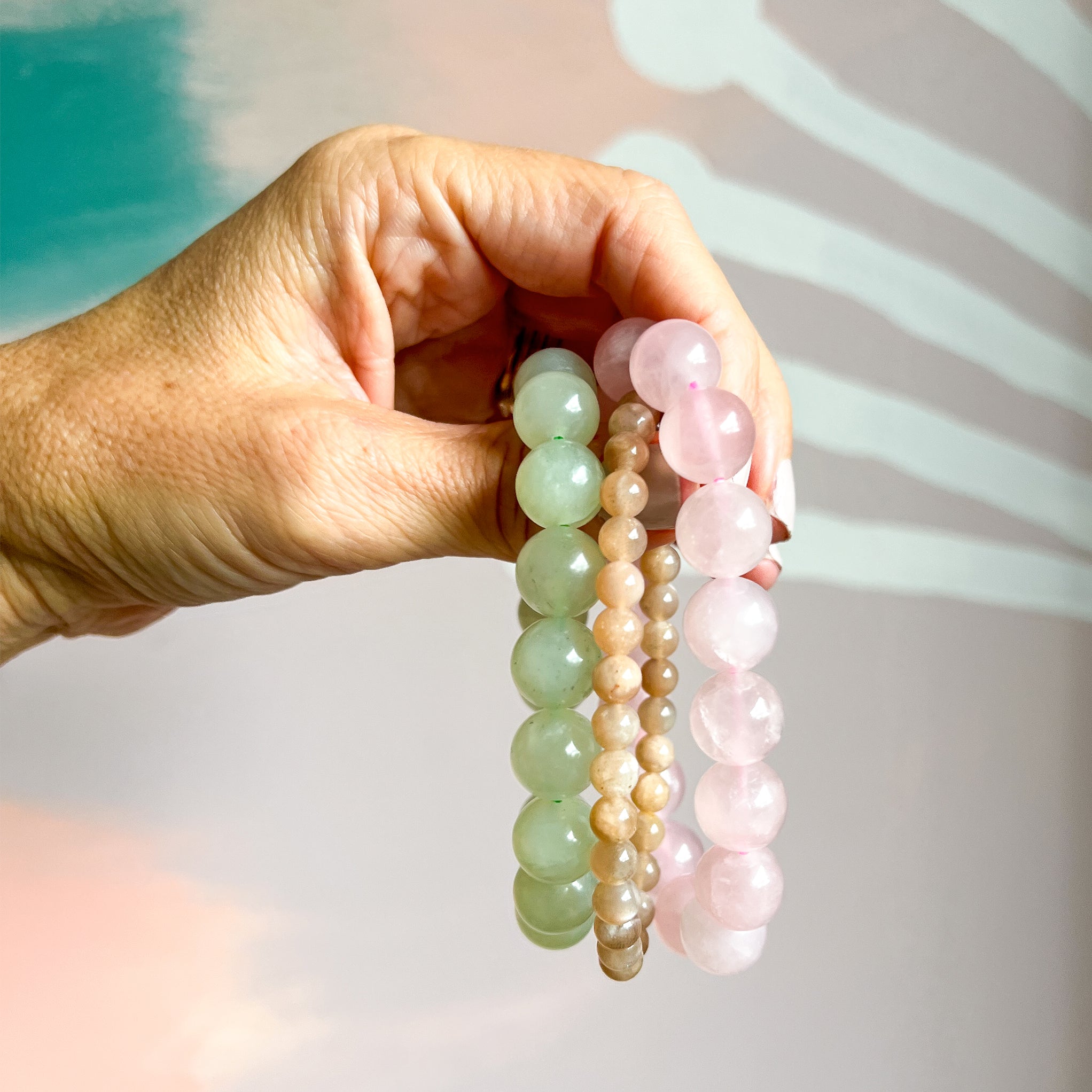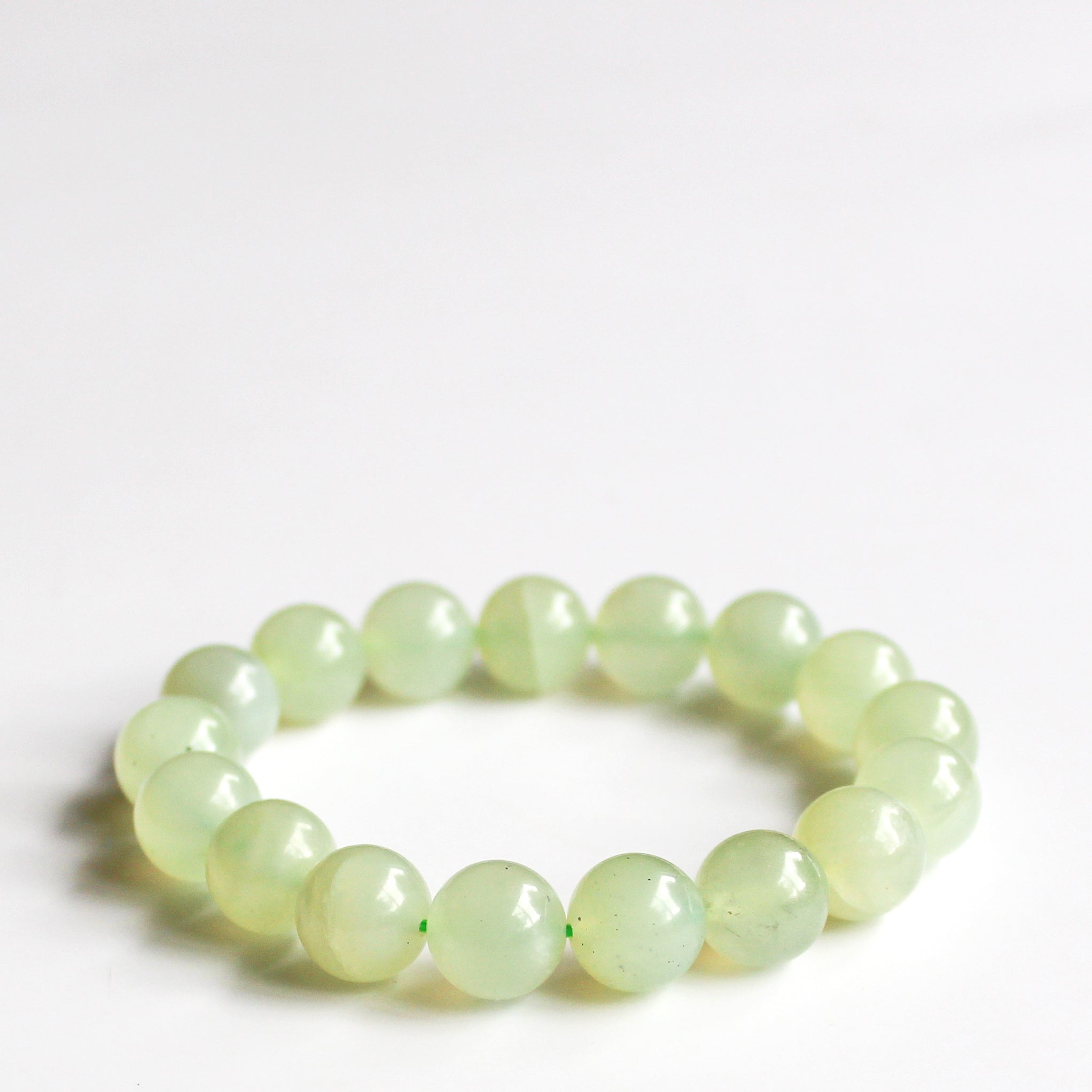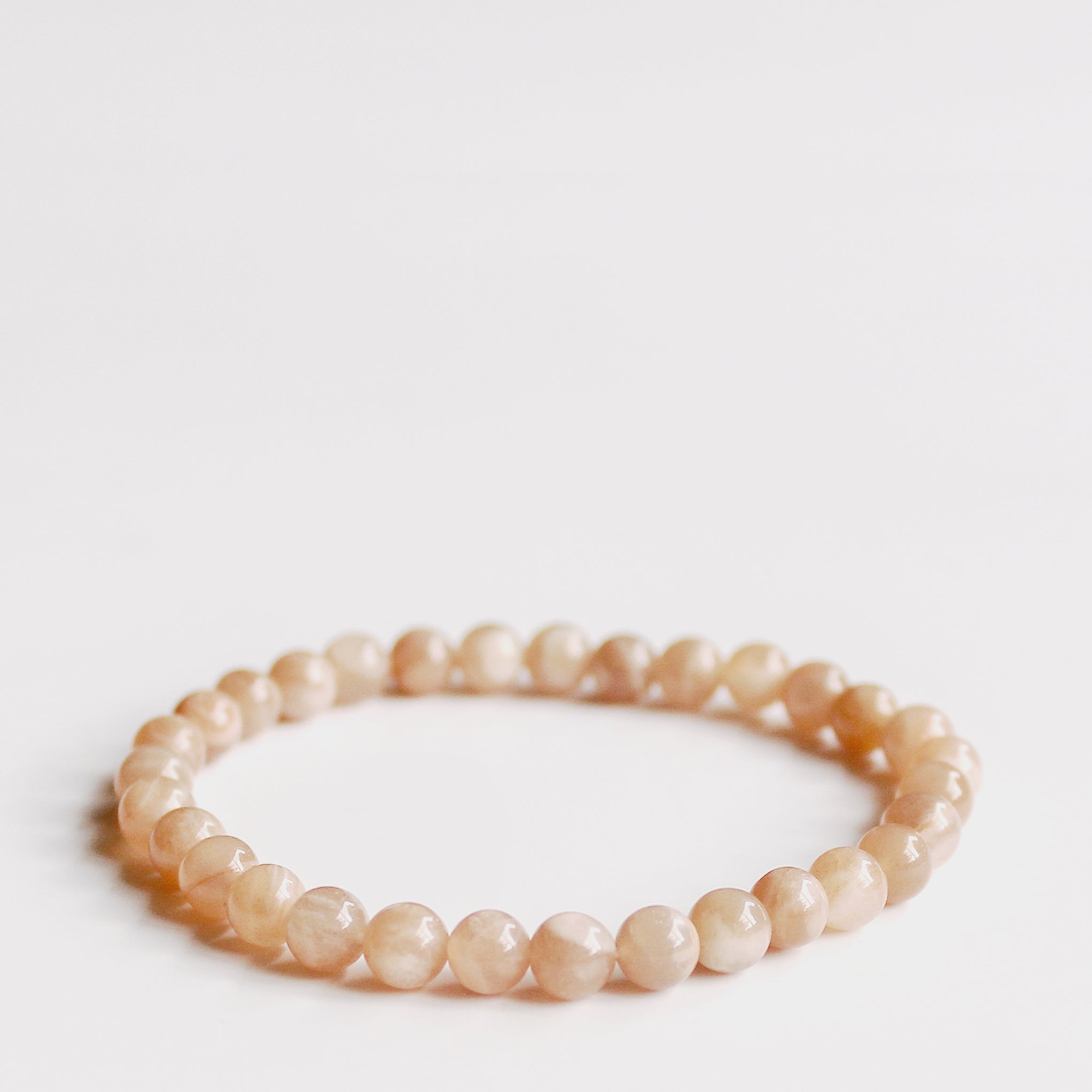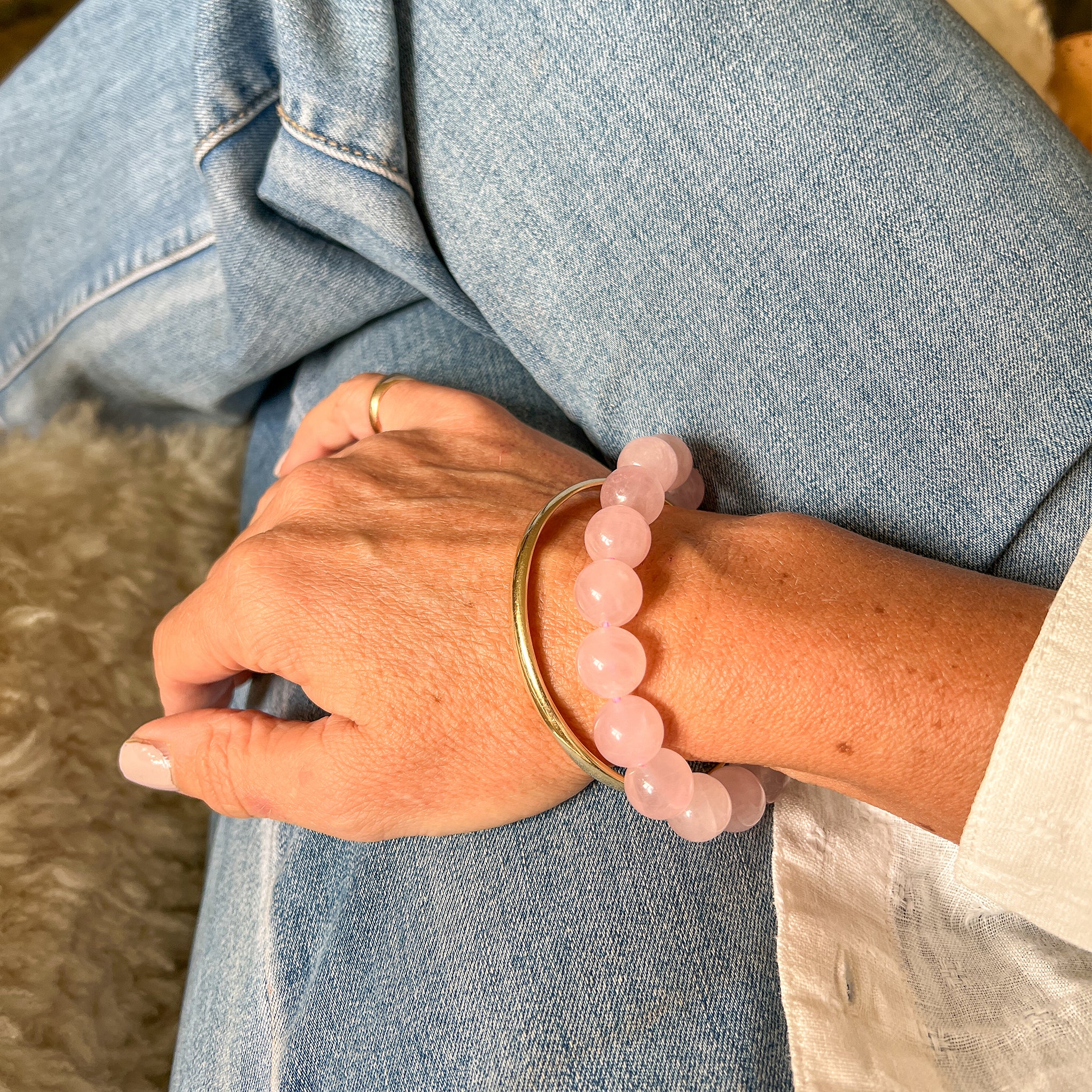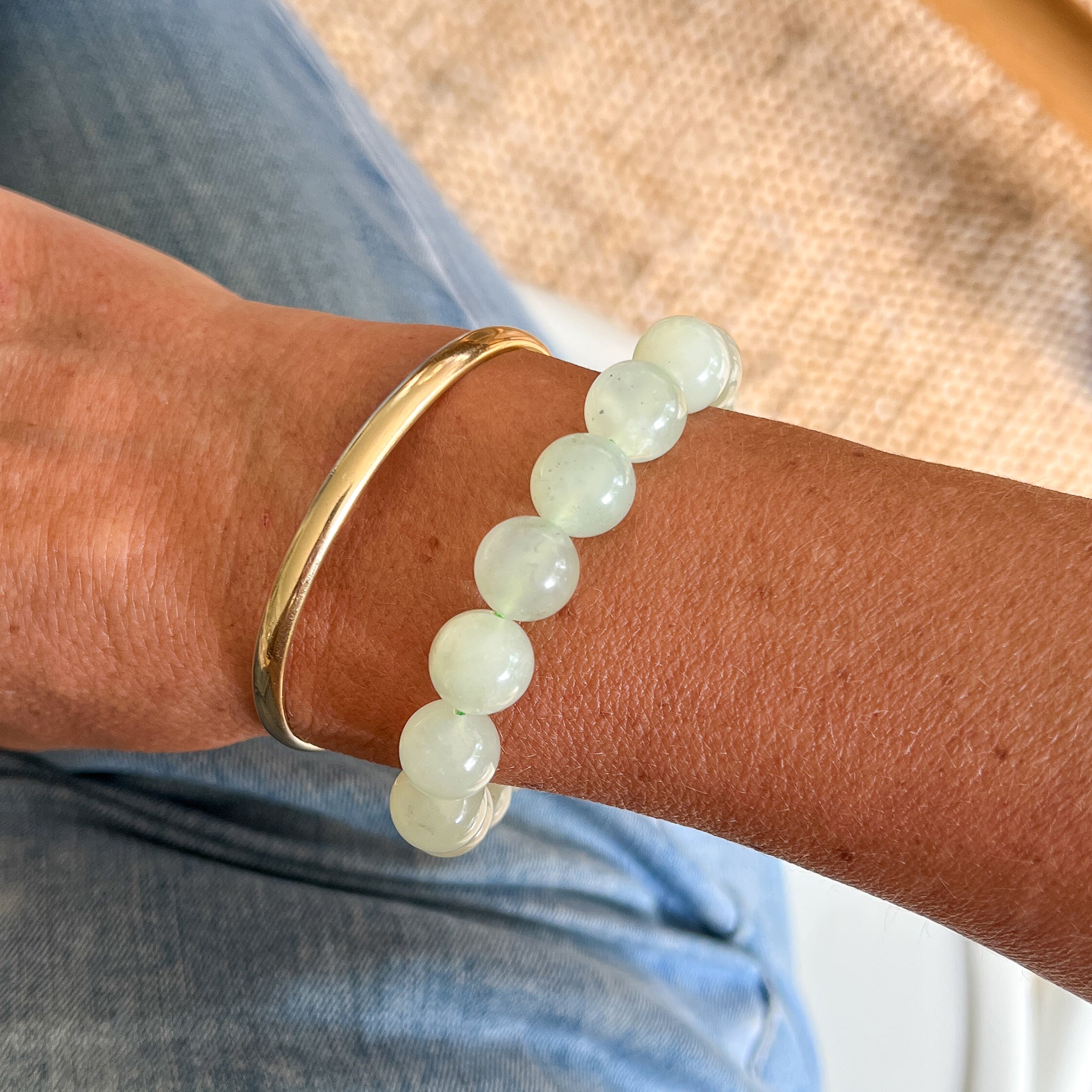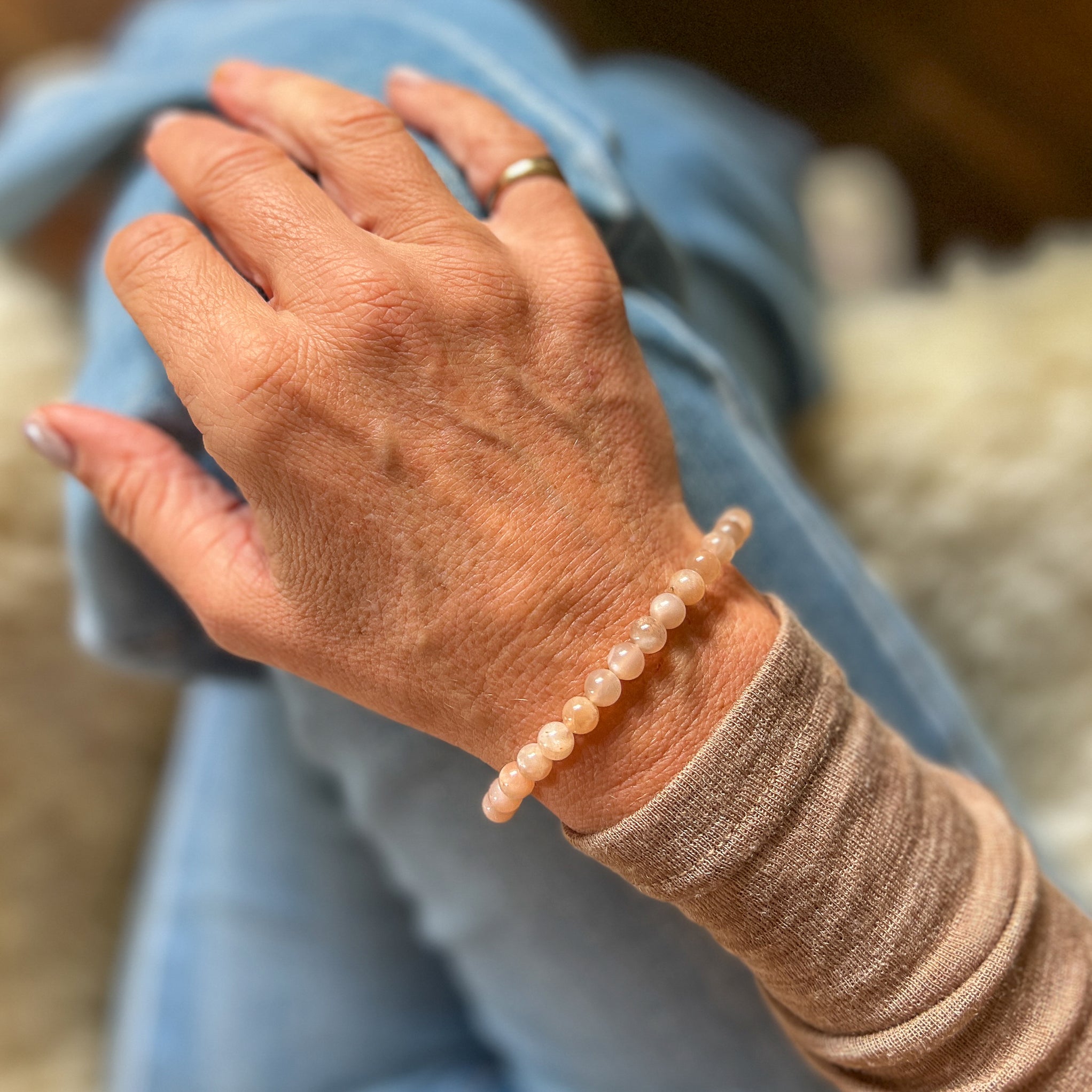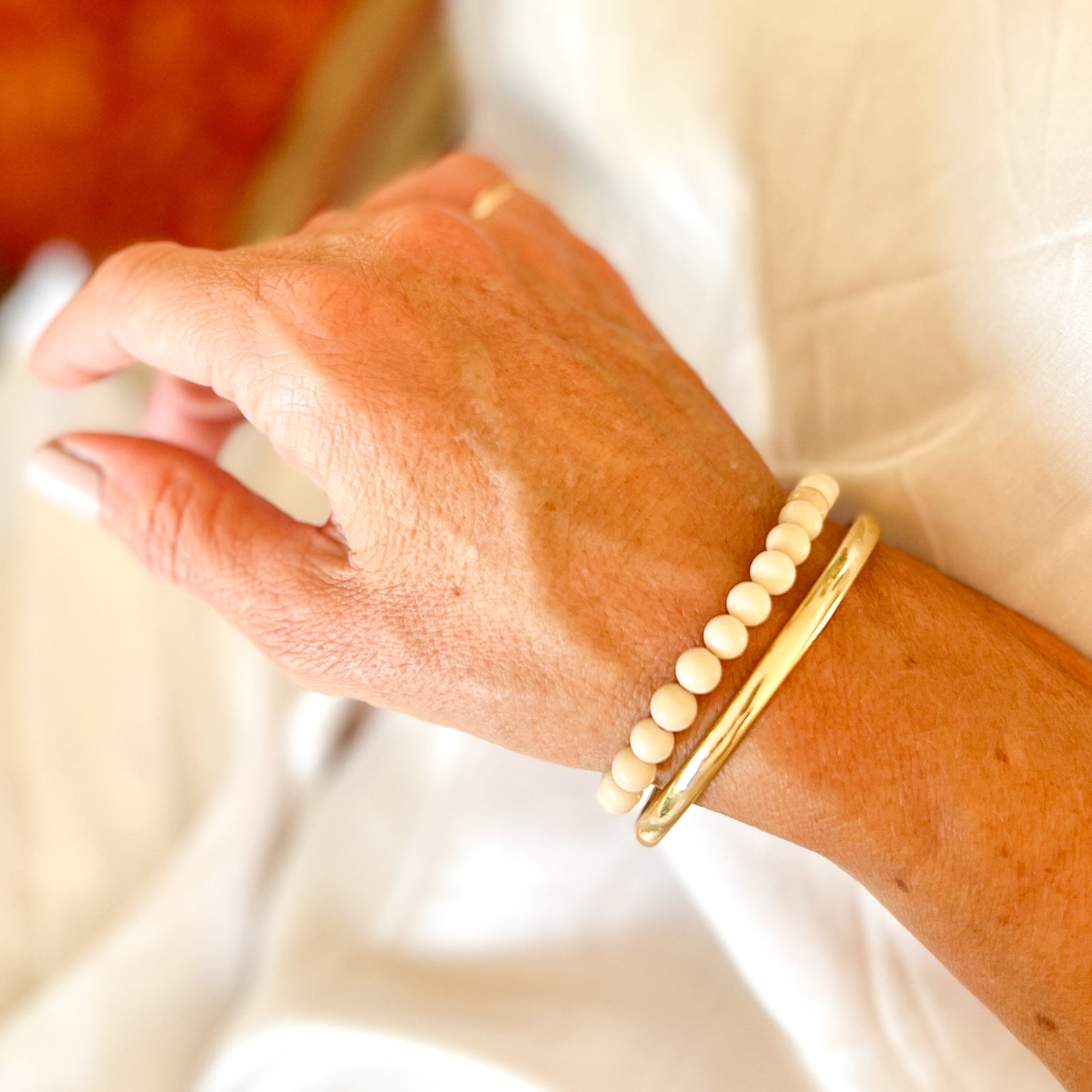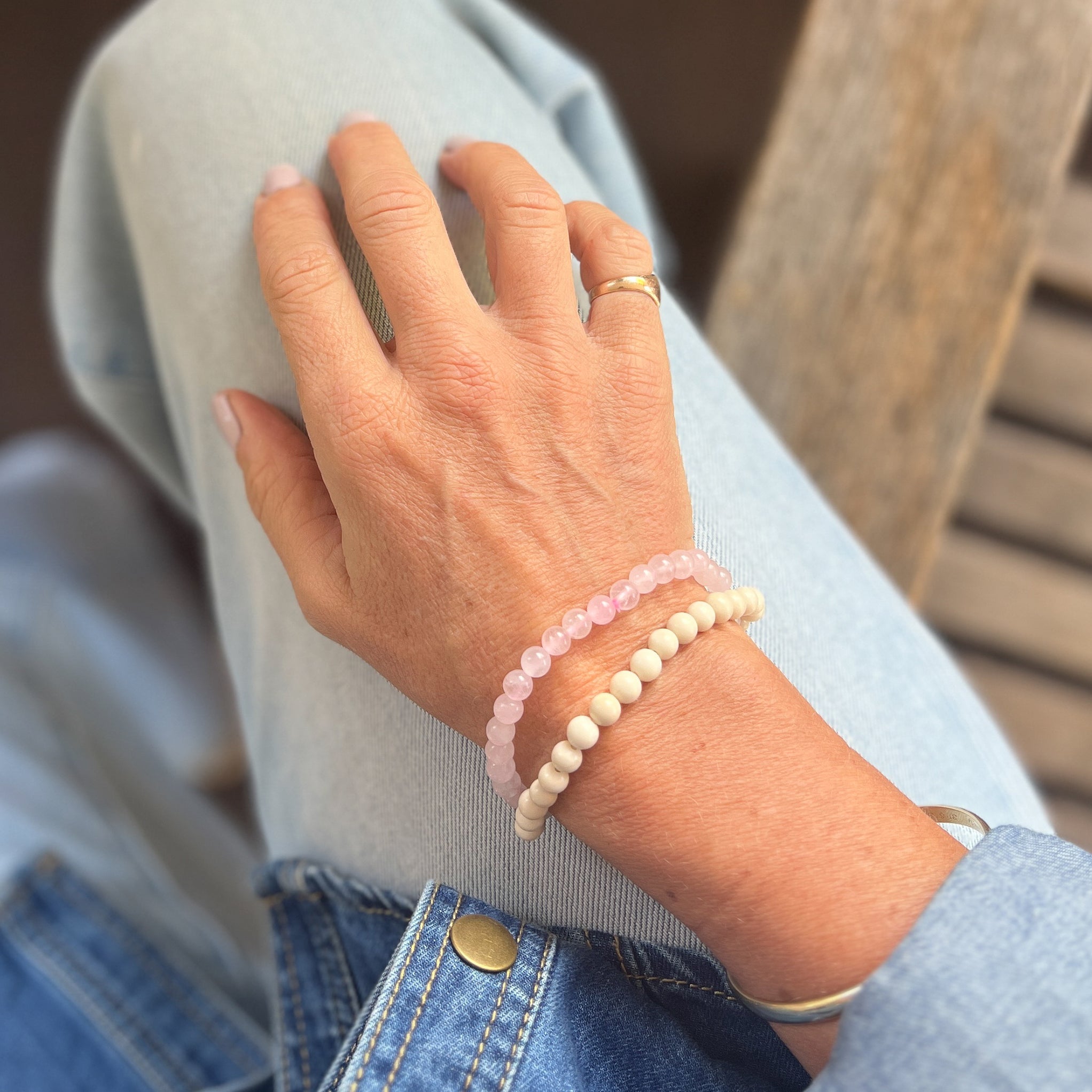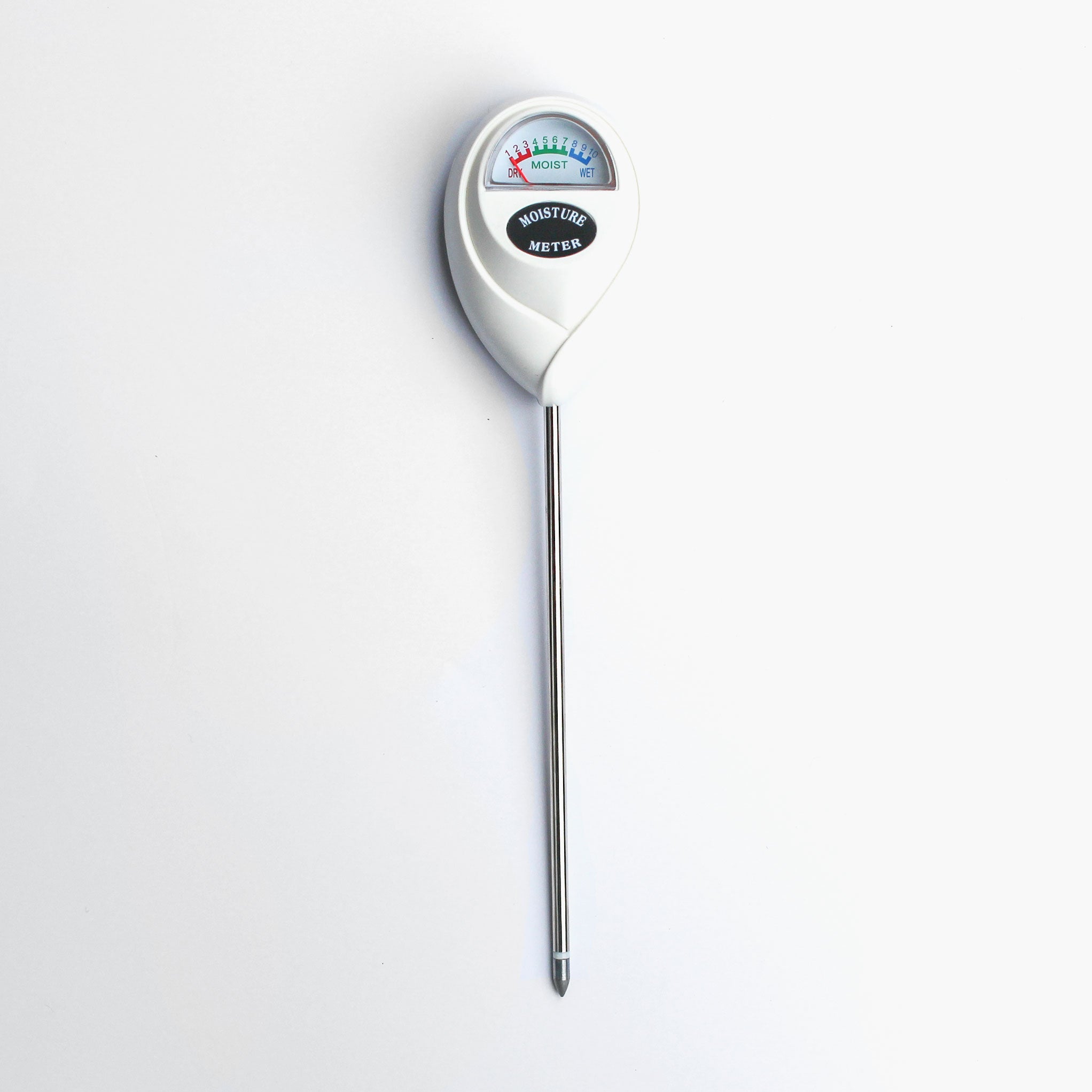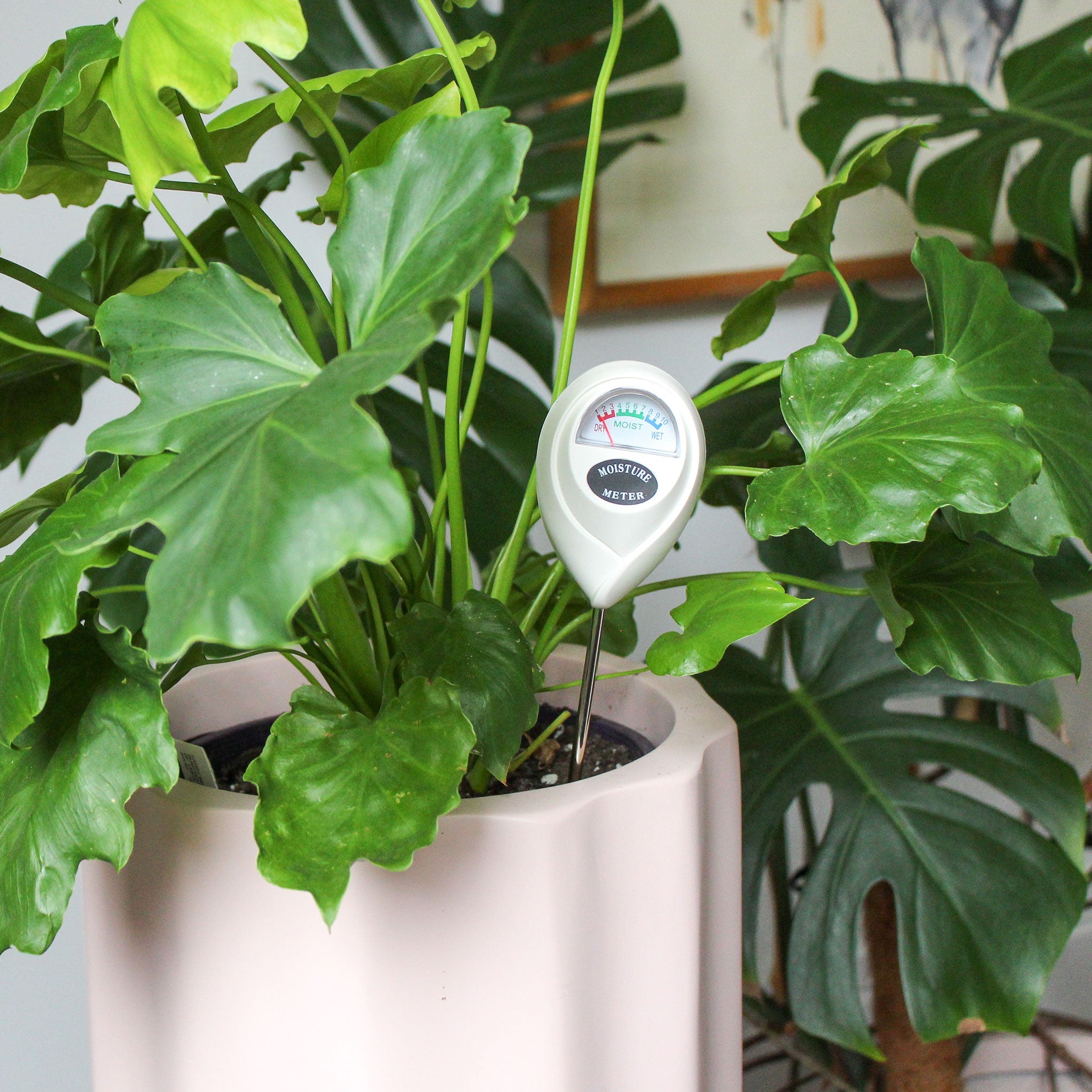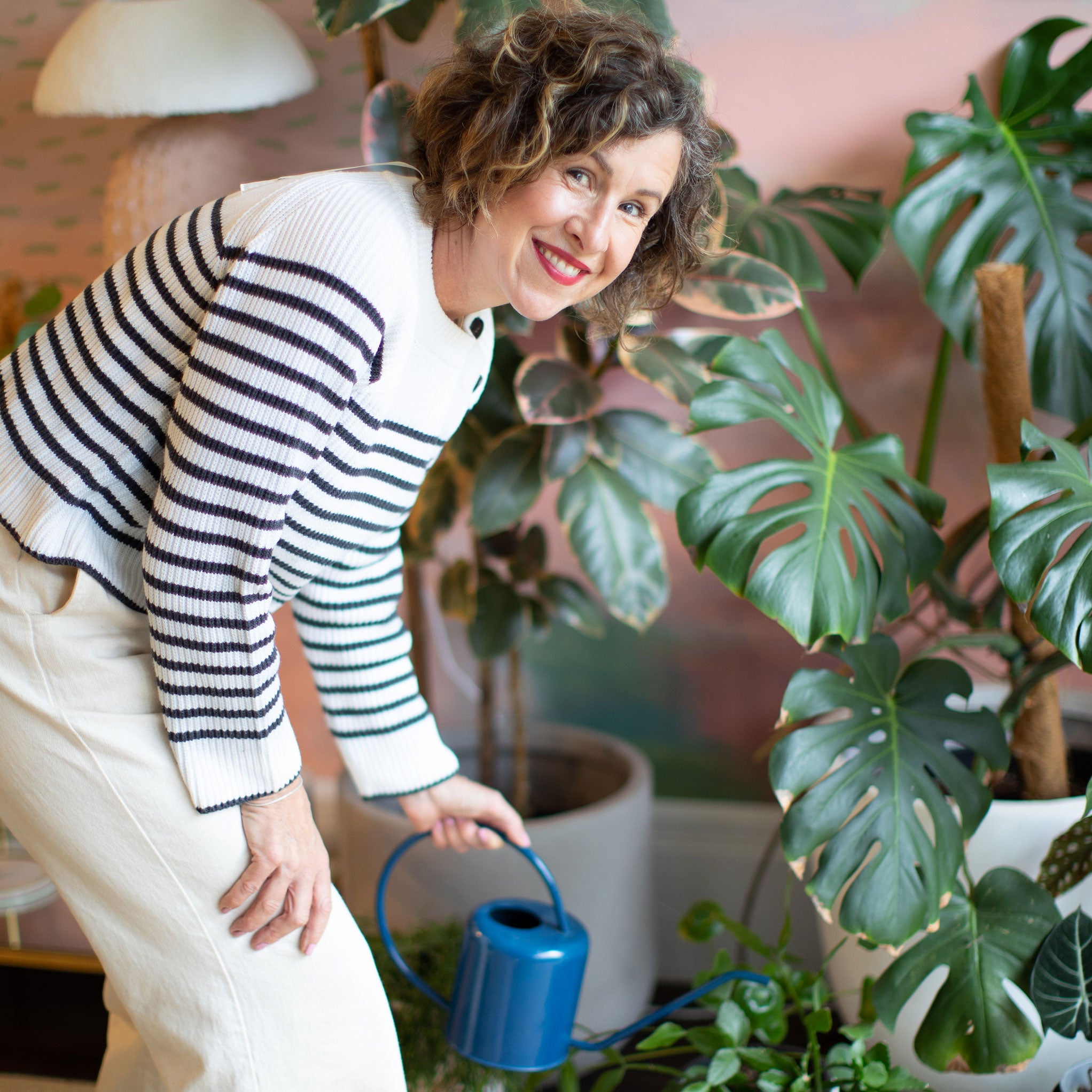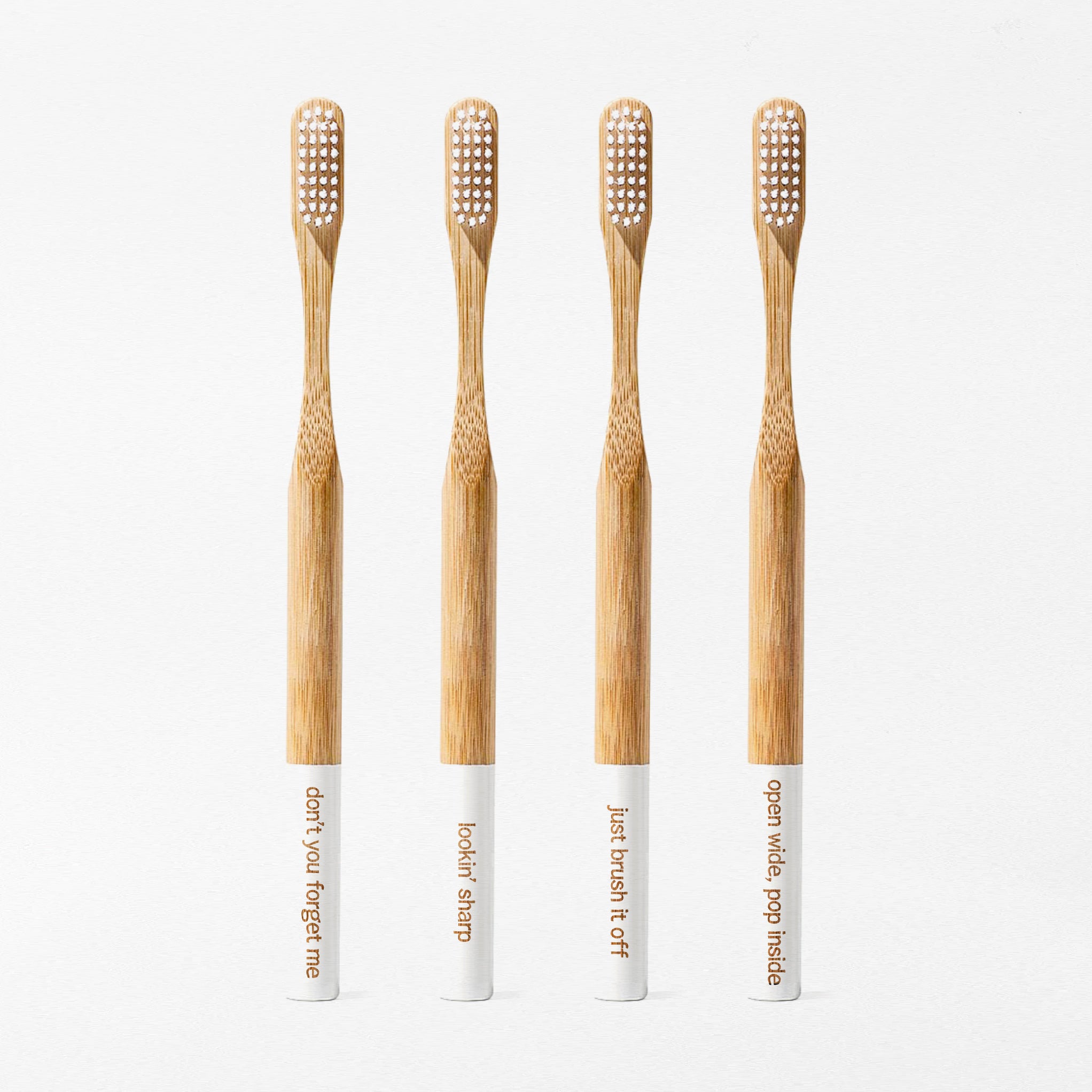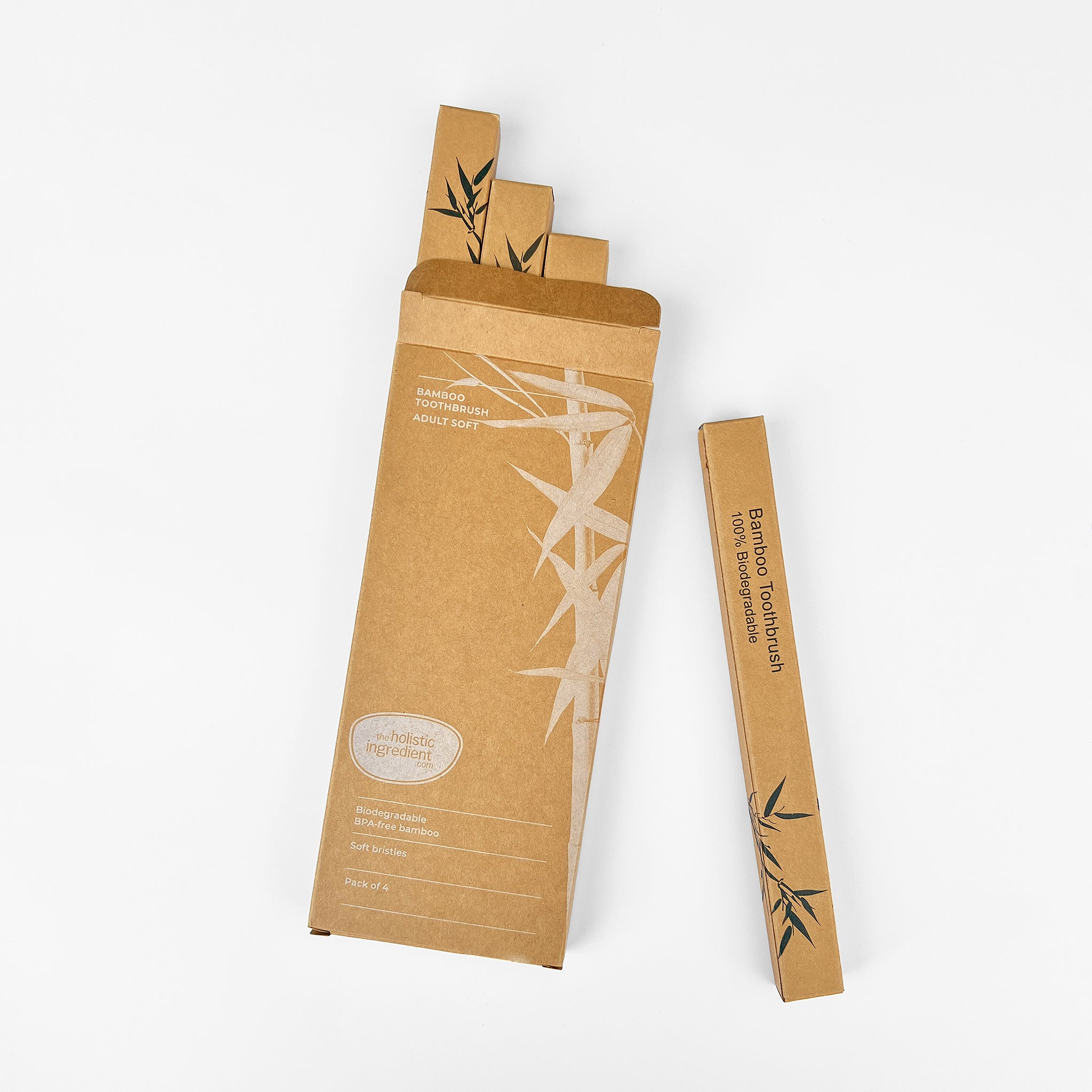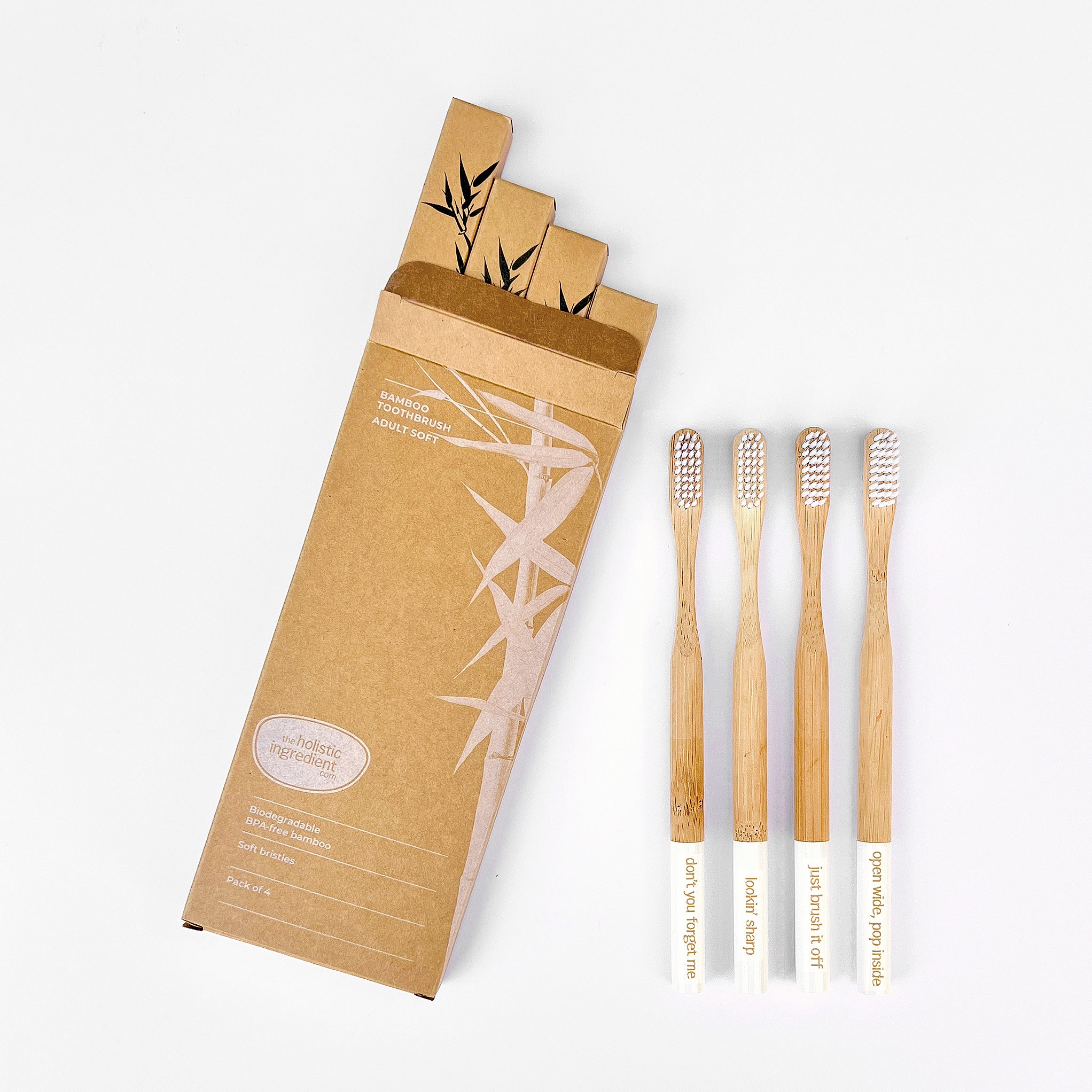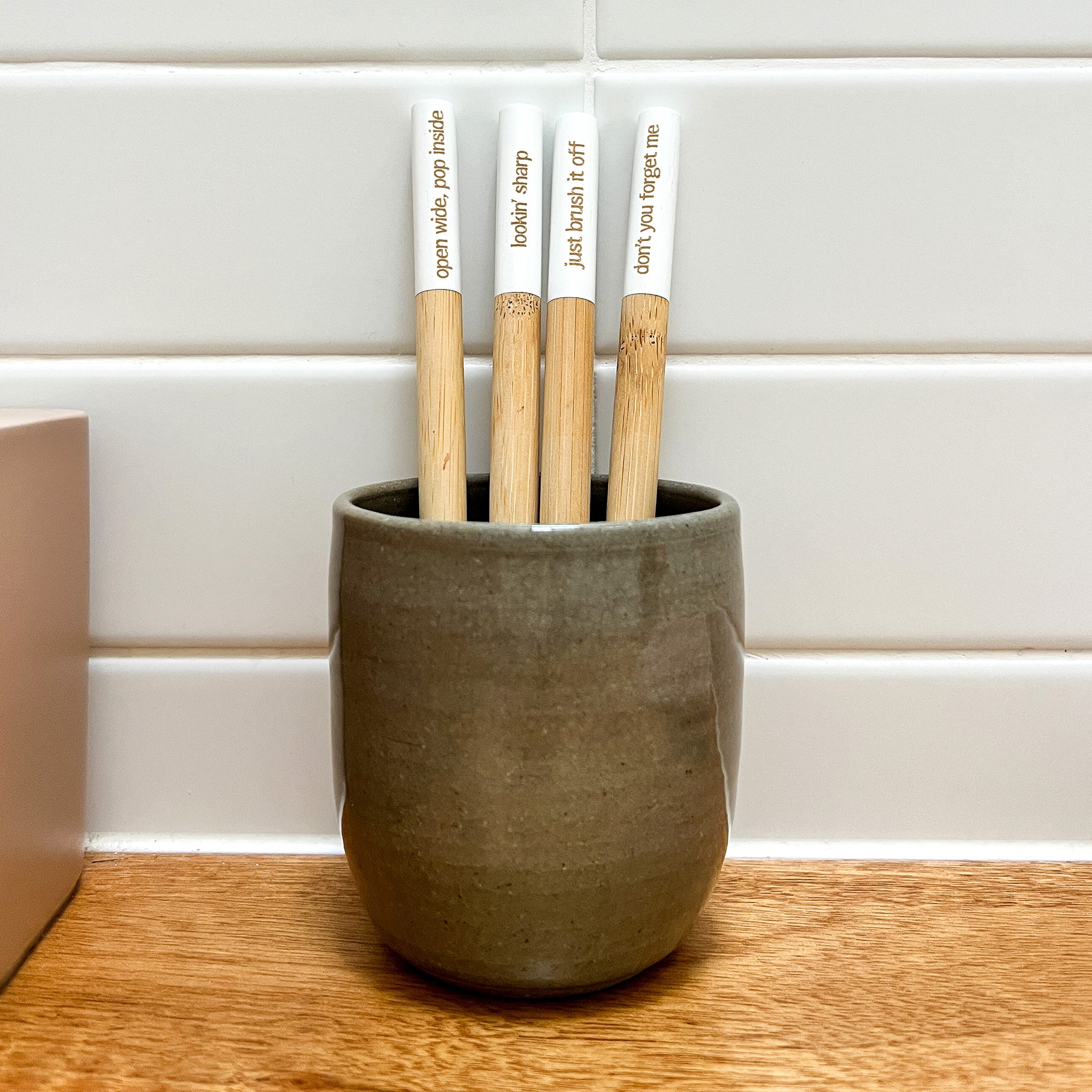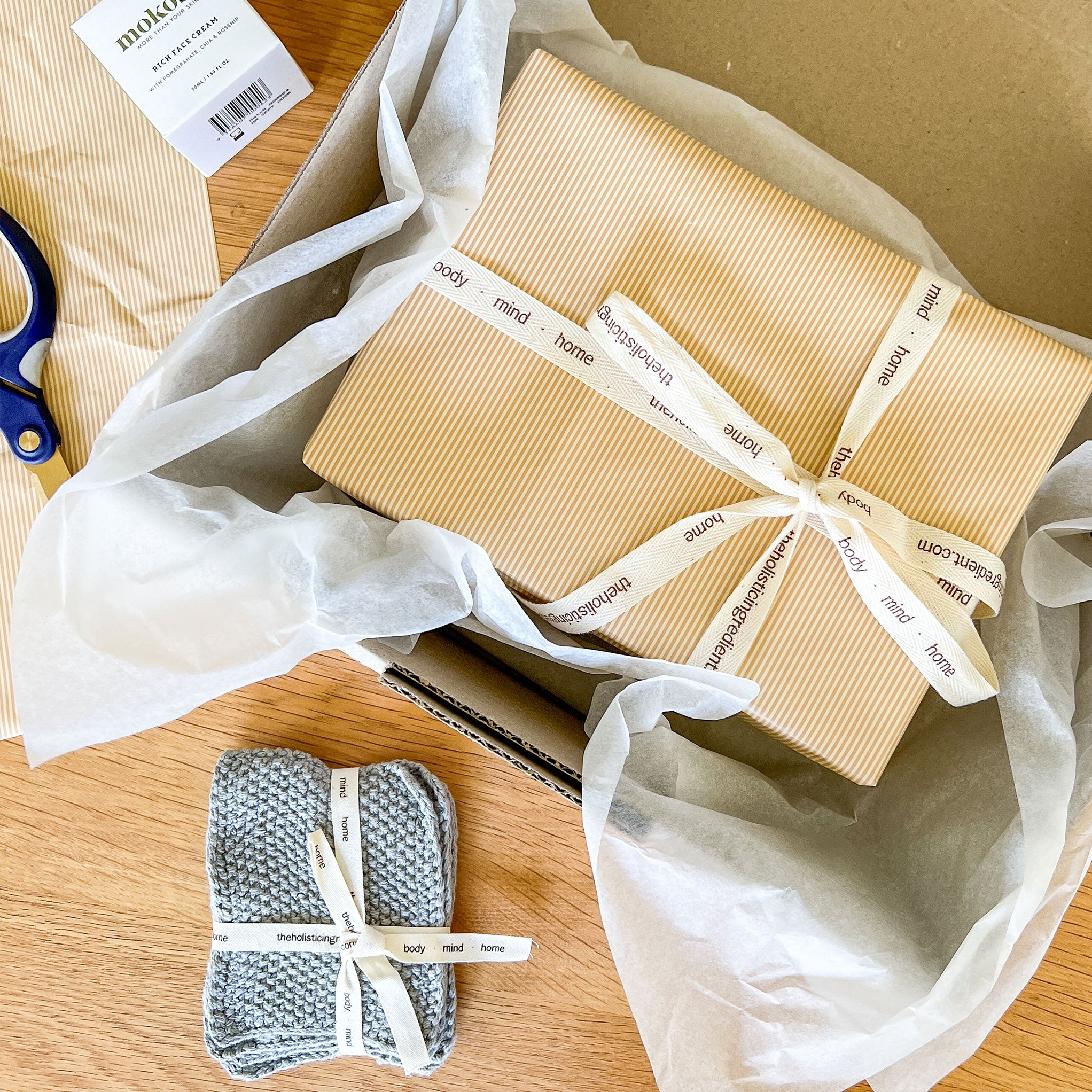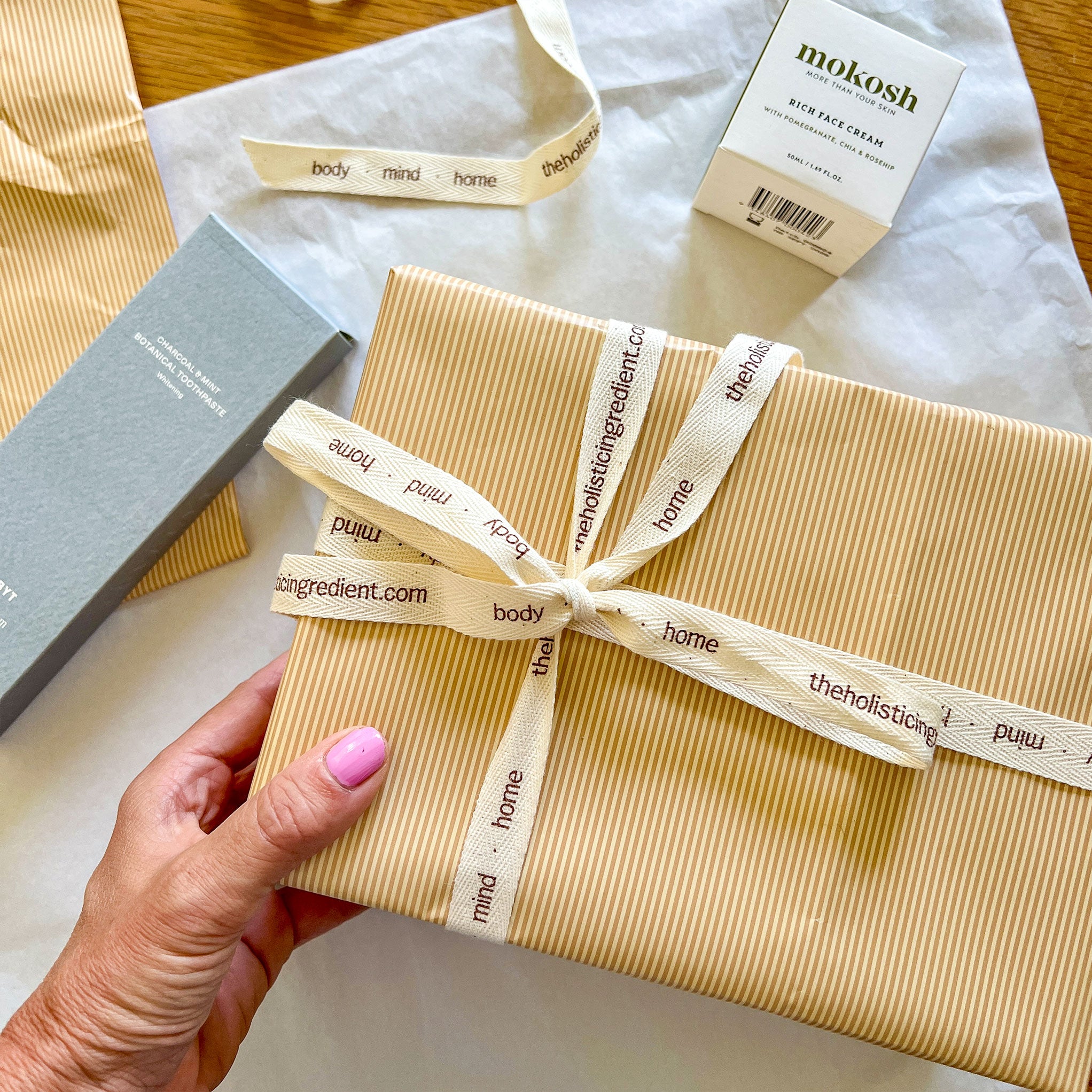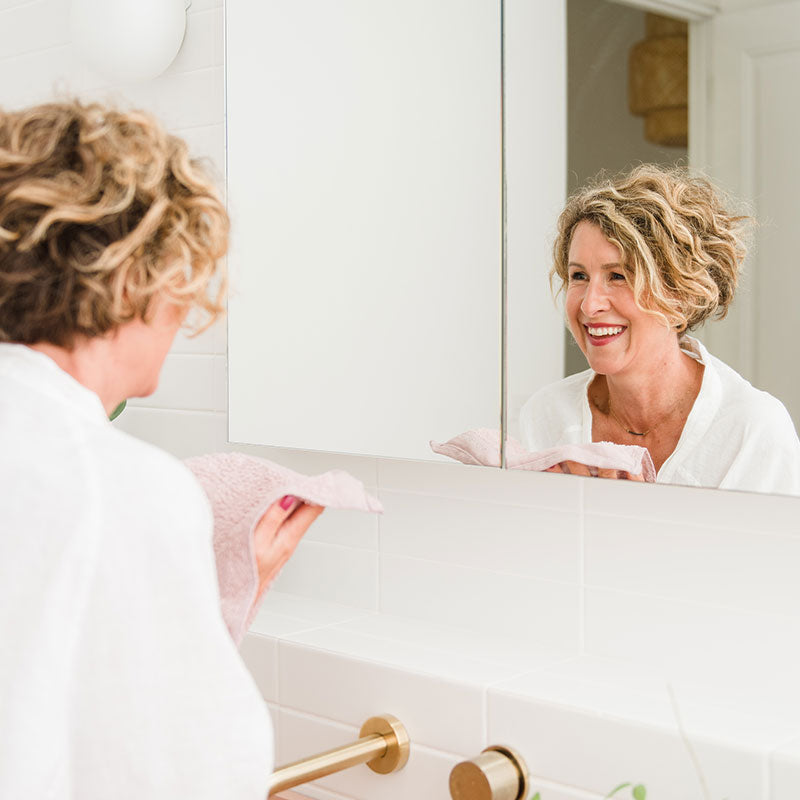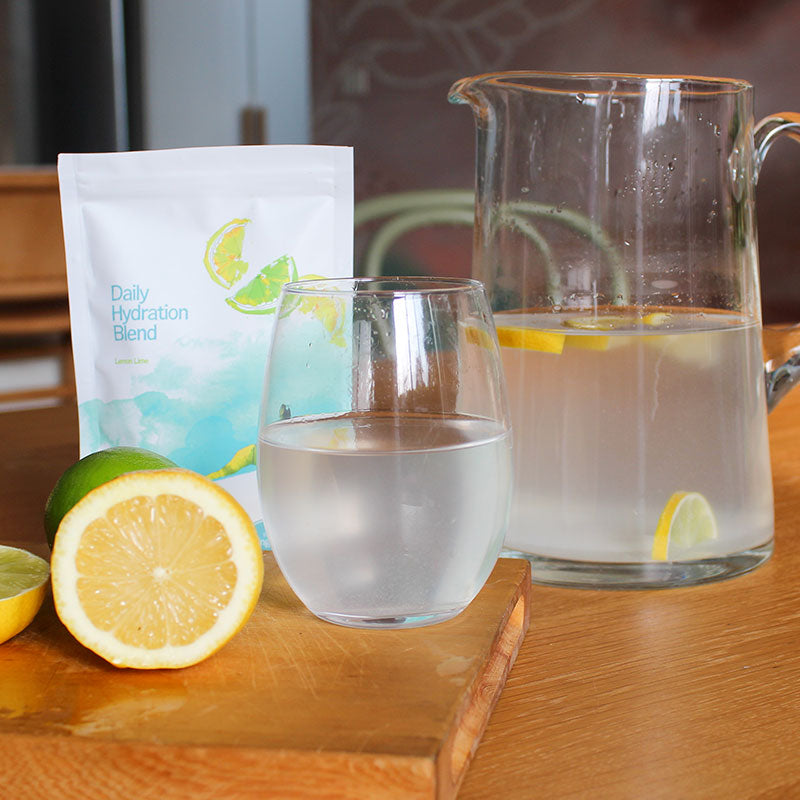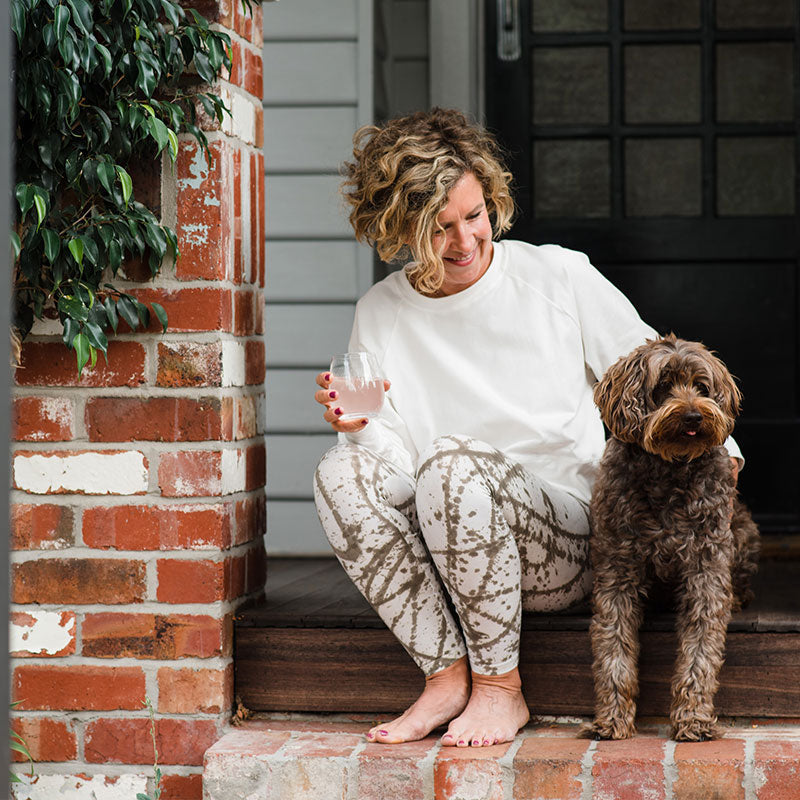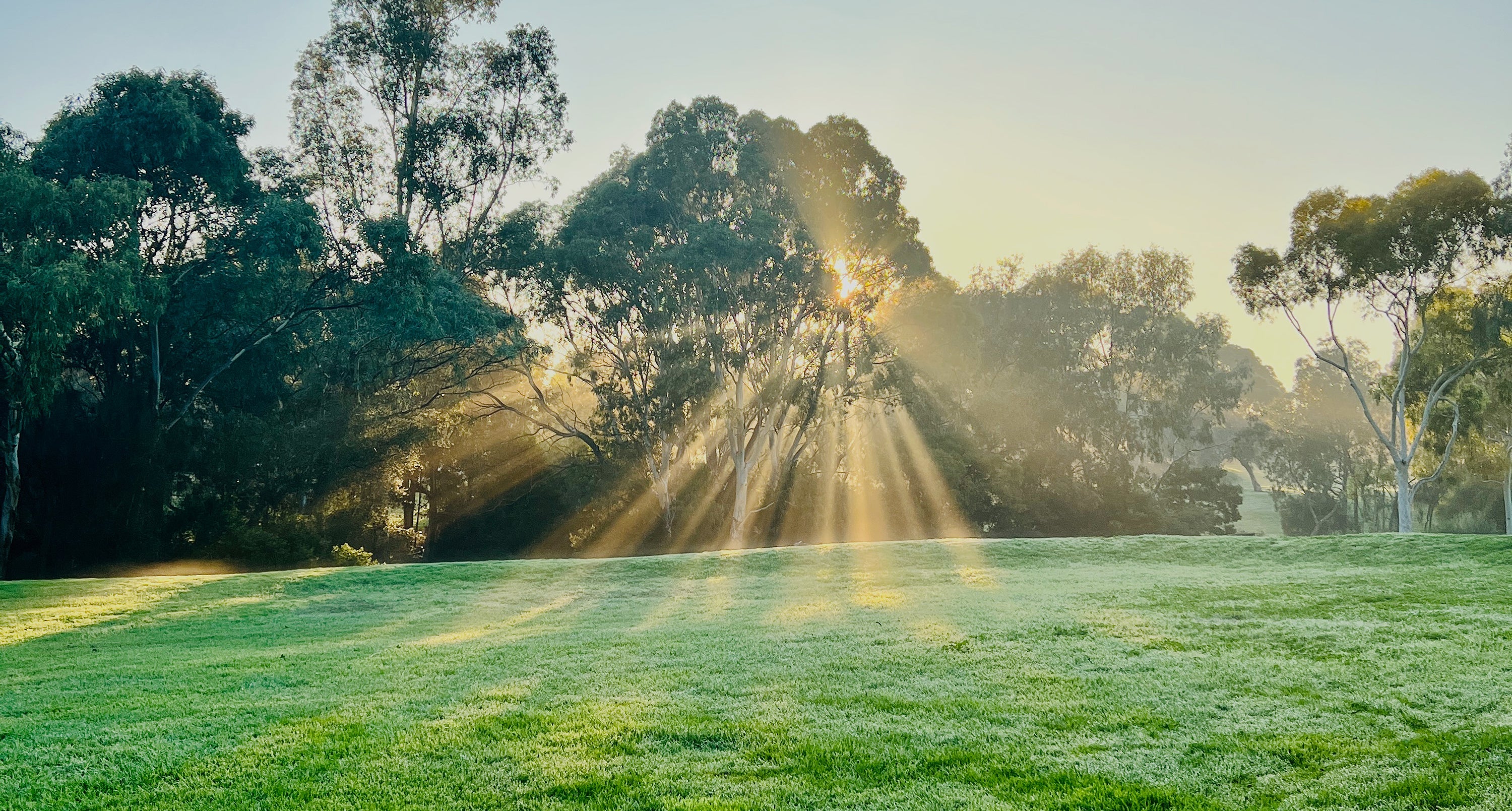
Having recently finished a heavy metal detoxification program I am focussing more and more on what I can do to reduce the impact of environmental toxicity on my health. Just today I connected a water filtering system to my kitchen tap to alkalise my water and filter out harmful contaminants such as pesticides and heavy metals (the fact its squirting water in all directions may suggest I need a little hope completing that task ;-). I will be sharing more information about that purchase soon. The reduction of toxicity in my system has had a fundamental impact on my return to health and is a key focus of mine day to day. Over the next few weeks I will be reviewing a couple of natural skin care ranges that I have used in the hope that I can inspire others to rid their bathrooms of toxic-laden products.
Recently I read a great post from a very clever and well informed Buffy-Ellen Gill (you can find all of her contact details below). Buffy is the founder of Be Good Organics, an online organic plant-based food and beauty boutique, delivering throughout New Zealand, Australia, and internationally. Buffy worked as an Executive Director and Senior Research Analyst at Goldman Sachs for almost eight years, before a serious health scare led her to a more natural organic lifestyle, and the founding of Be Good Organics. Buffy is a multi award-winning researcher and writer so we can rest assured all of her products are personally researched, scrutinised, tested and trialled to be truly good for you, animals, and our environment. Without further ado I am very happy to share a recent post of Buffy's with you today. Please have a read and become aware of the dangers, if not already.
Scary facts about the personal care and beauty industry (these differ slightly between countries, but the general approach holds true), by Buffy-Ellen Gill.
- Almost any chemical can be used as an ingredient in personal care products
- Labels are allowed to be misleading and incomplete - companies don't have to list all their ingredients
- Unsubstantiated claims about product benefits are completely allowed
- There is almost no required safety testing of products or ingredients - less than 20% of ingredients have actually been assessed
- The average woman uses 12 products per day containing over 168 ingredients (absorbing ~2kg of chemicals a year); a man goes through 6 products with 85 ingredients; a child is exposed to 5 products with 61 ingredients; whilst a teenage girl (hello autoimmune disease) is exposed to a whopping 17 products with over 230 ingredients every day. Most of which are untested safety-unproven chemicals.
- Products commonly contain penetration enhancers to drive ingredients deeper into the skin - that mean more chemicals absorbed into your blood stream.
- These chemicals have been scientifically proven to be linked to cancer, endocrine/hormonal disease (alarm bells), thyroid function disruption (more alarm bells), learning disabilities, asthma, respiratory disease, skin disease, liver damage, brain damage and development problems, immune system damage, male and female reproductive hormone disfunction, damaged sperm, and fetal development issues.
You're kidding me right? Surely our governments would be onto this stuff? Unfortunately the clout of large pharmaceutical and beauty companies, who have a heck of a lot to gain from the industry (and equally as much to lose), use their bargaining power and bulging wallets to make sure safety regulations banning these practices aren't ever passed. Don't mess with Mr Procter or Mr Gamble now.
Misleading Labelling.
Watch out for labels that say "natural" or "organic". There are currently no regulations in place governing the use of these terms, which means a product can contain only 1% organic ingredients and 99% chemicals, but slap "organic" on the label.
The same goes for products labelled "paraben free", "ammonia free", vsulfate free". They're usually from big companies who've succumbed to the public becoming aware of the dangers of a certain ingredient. So they remove that particular substance, leave the rest of the chemicals in there, and slap a "xxx-free" label on the front alongside some pretty pictures of flowers and rolling fields. It's called "Greenwashing".
Even certification doesn't always guarantee safety - products certified as organic can contain as little as 10% organic ingredients, depending on the certification body and type.
Learn to be a stealth label reader and always turn a product around to see what ingredients are in it. If you can't recognize them, it's probably a good sign to ditch it. Alternatively, source your products from someone you trust, who's done the research for you, and has your best interests at heart (me!).

Nasties to Avoid.
Here are some key ingredients to avoid: Parabens (propyl, isopropyl, butyl, isobutyl), Formaldehyde, Toluene, DBP (dibutyl phthalate), PEG, Ceteareth, Polyethylene, Petrochemicals, DMDM Hydantoin, Triclosan, Retinyl Palmitate or Retinol, and Oxybenzone. This is merely an entree into the lengthy list of chemicals we're exposed to.
Also avoid anything with "Fragrance/Parfum", unless you've researched exactly what's in it. This is a catch all term many companies use, that can include over 3000 undisclosed chemicals.
If you're not sure about an ingredient, visit the Environmental Working Group's Skin Deep Cosmetics Database. You can enter any ingredient, as well as a number of brands, companies and products, and find out the hazard rating.
You can contact Buffy here, or find her on Facebook, Instagram, Twitter, Pinterest, and Google+ @begoodorganics.

